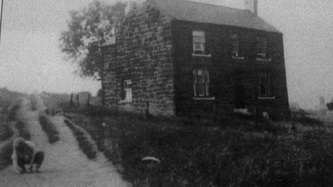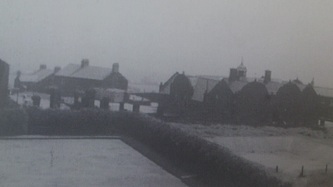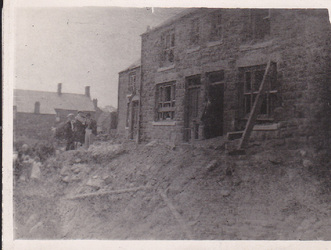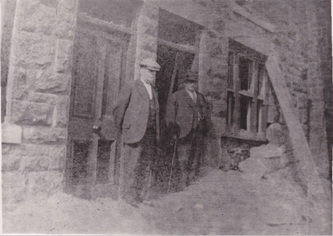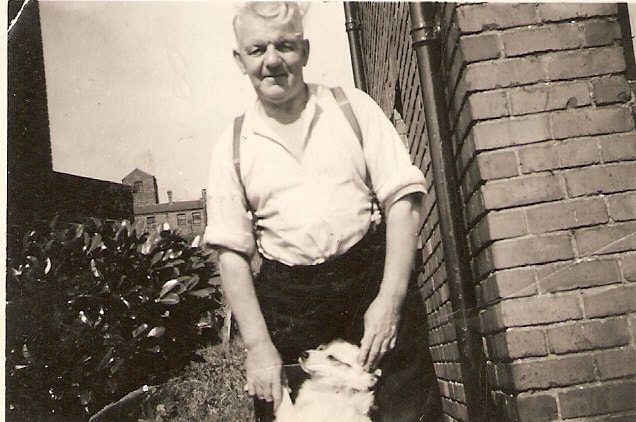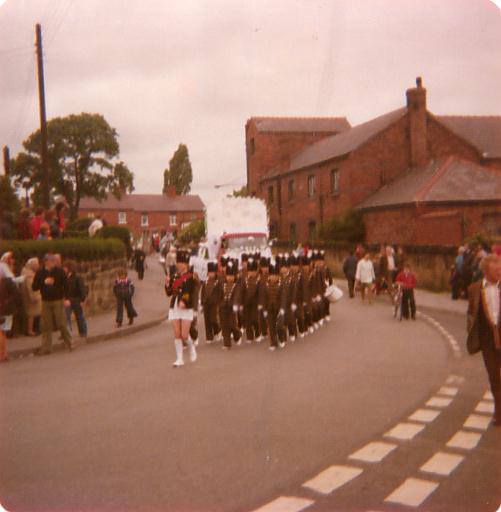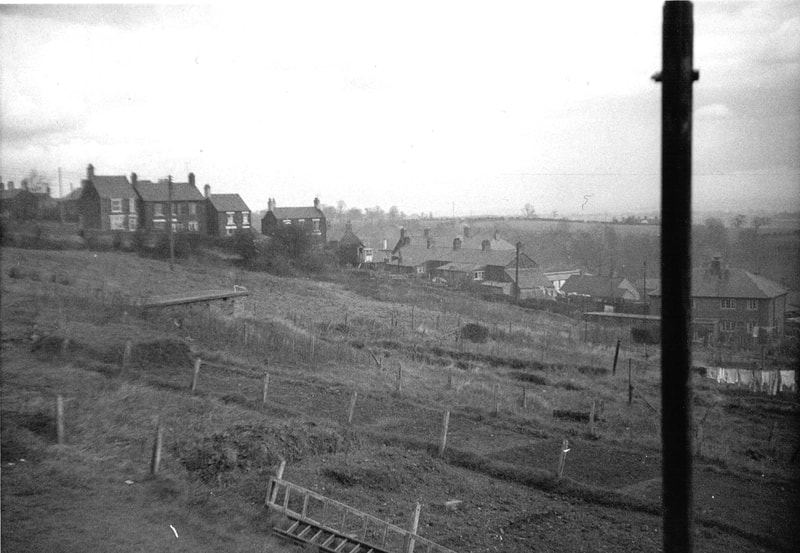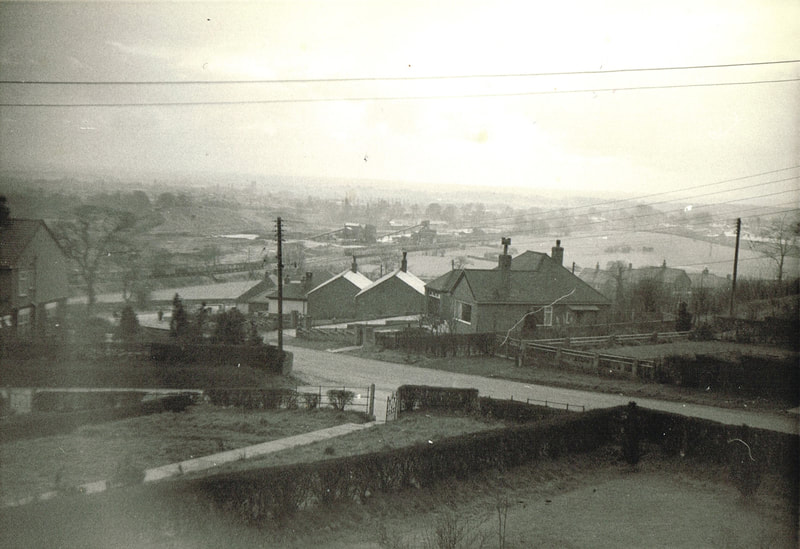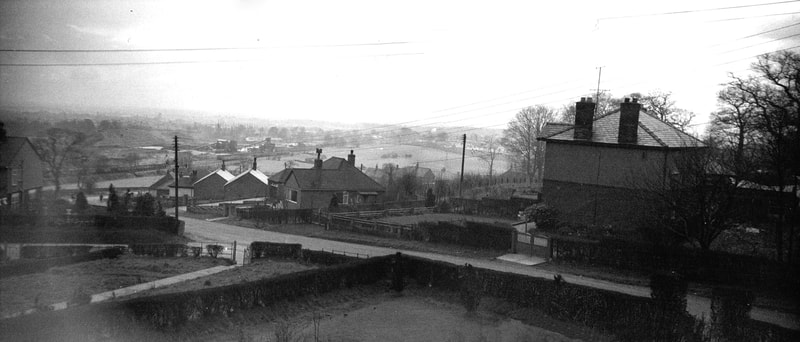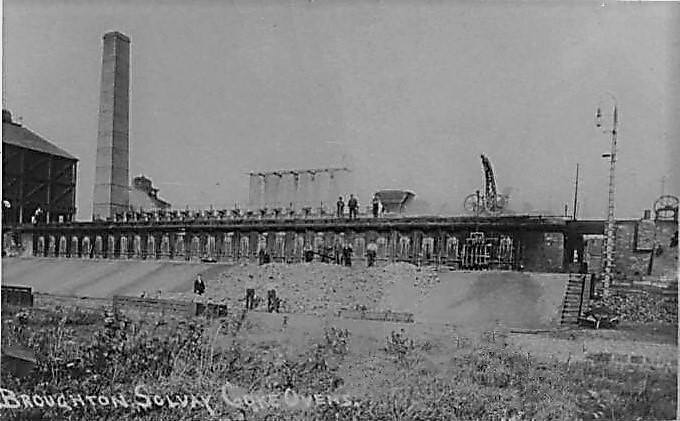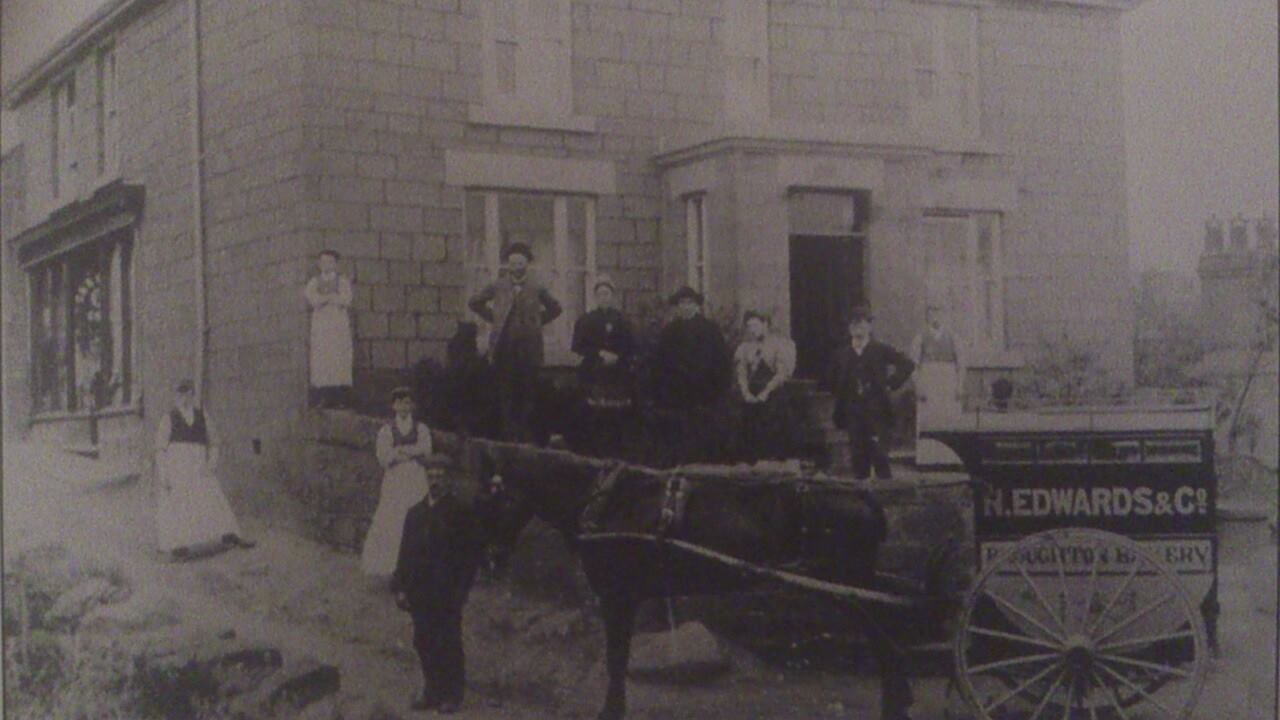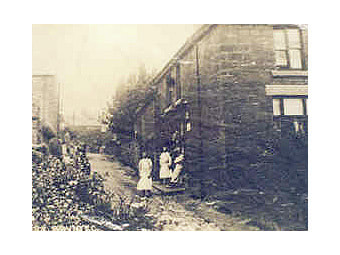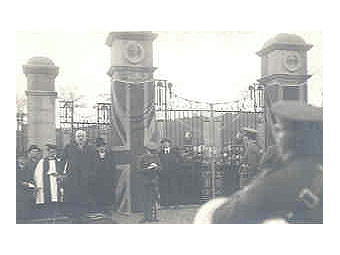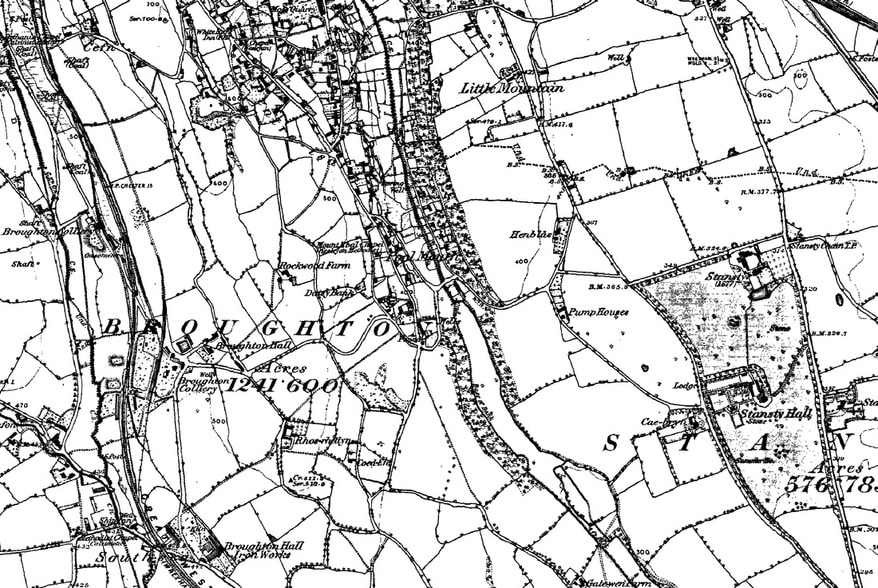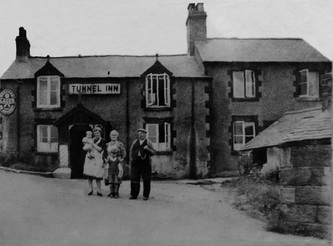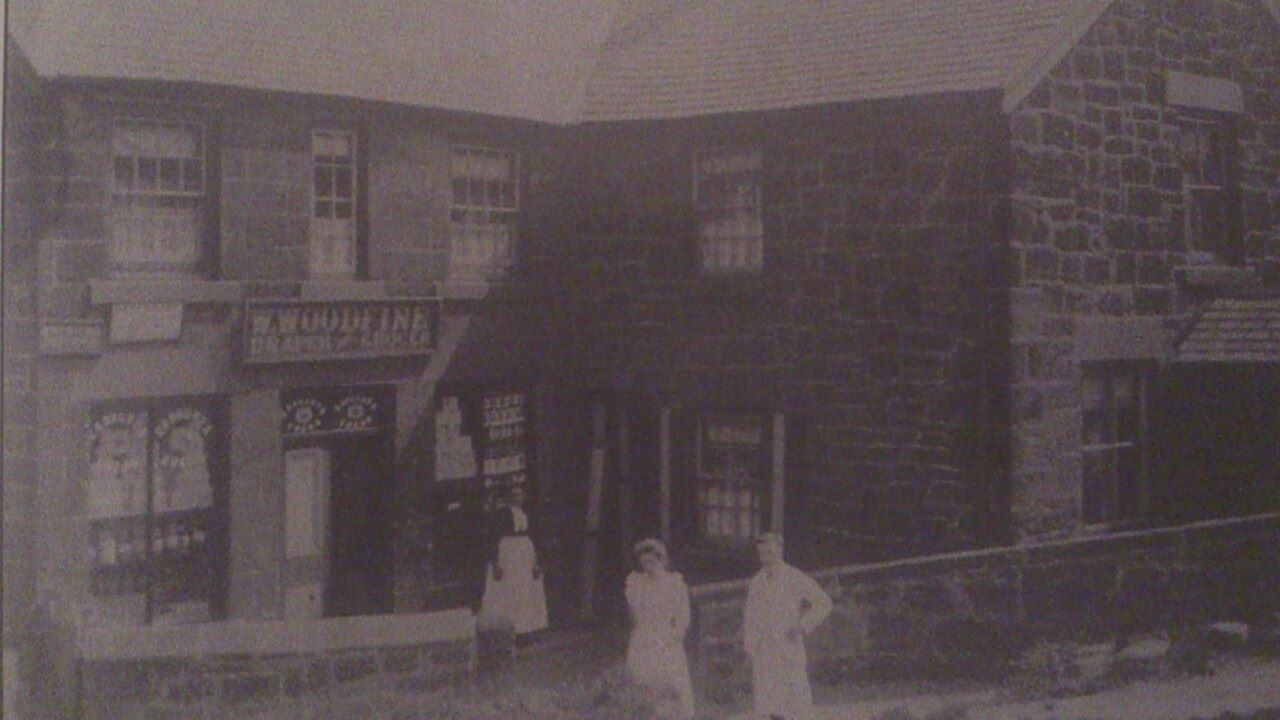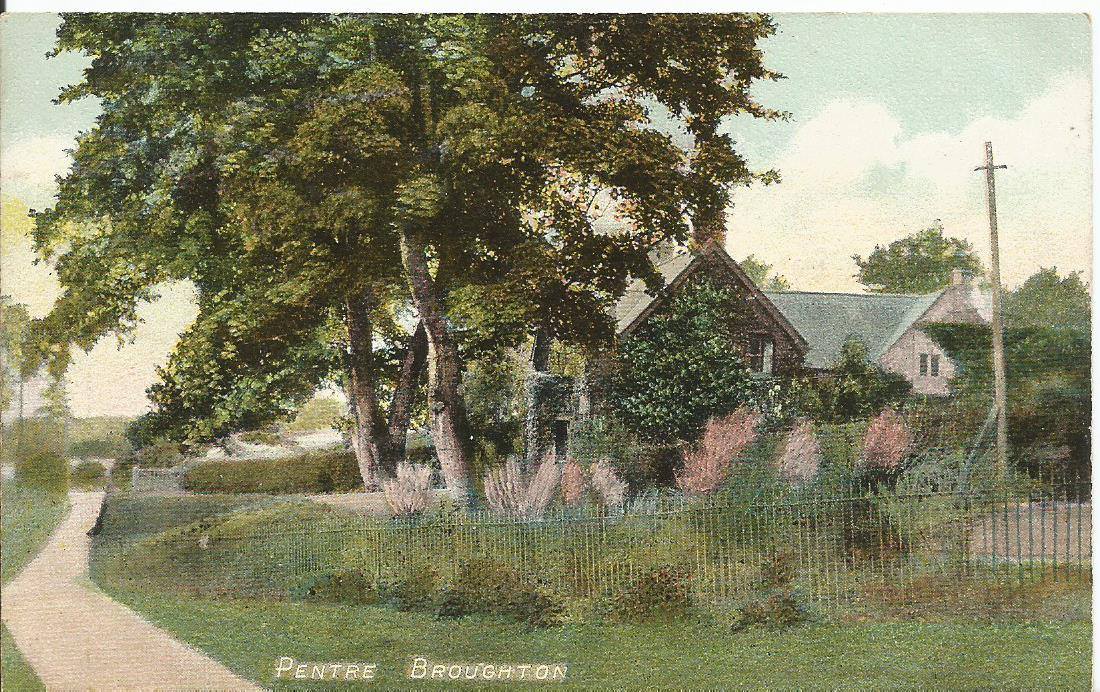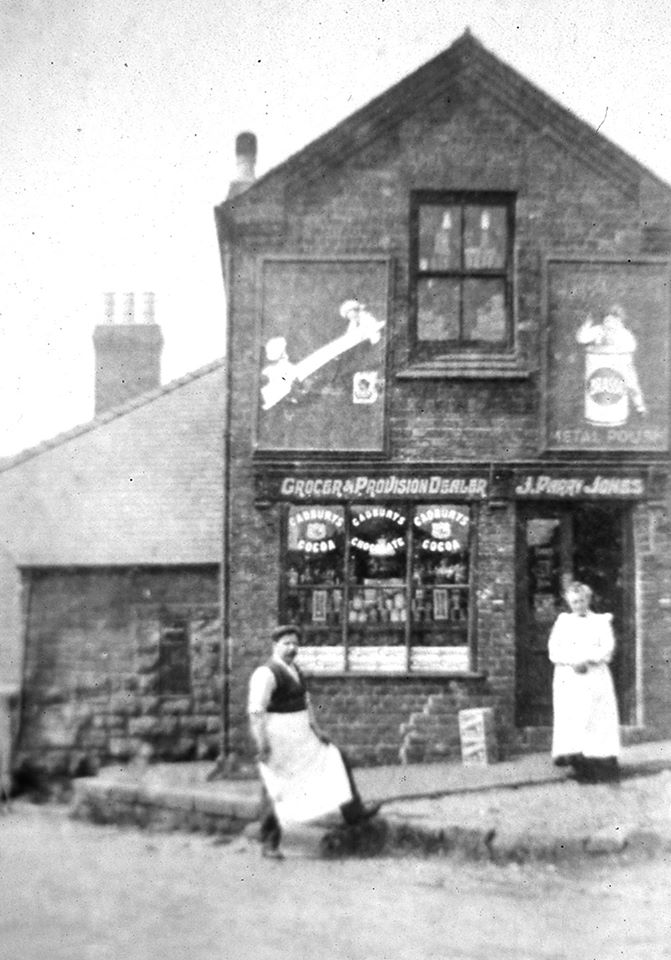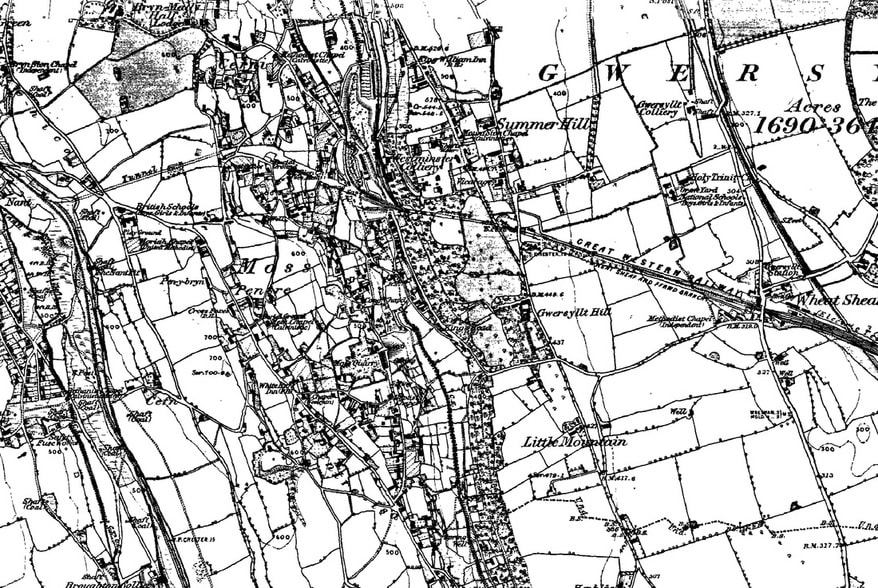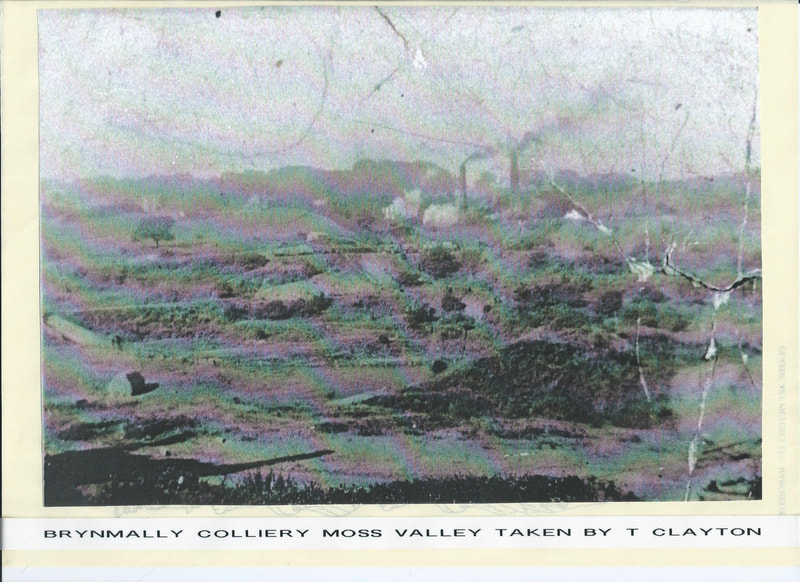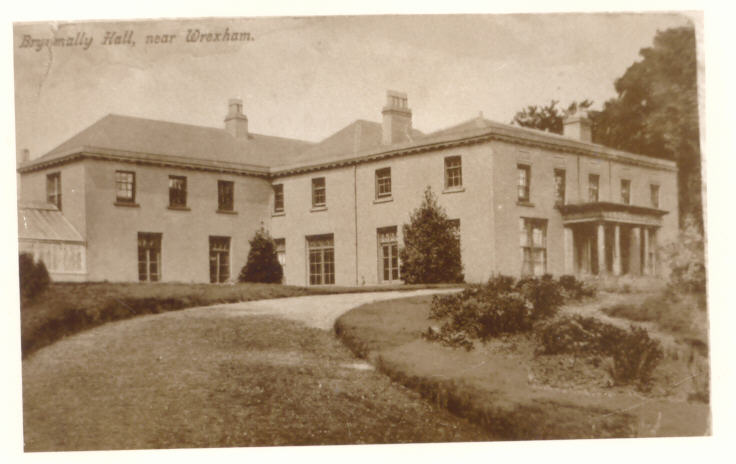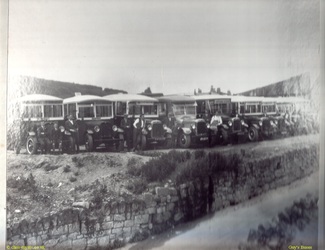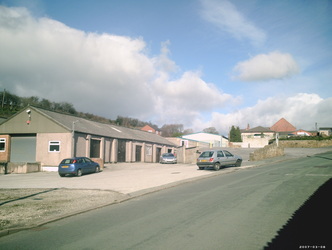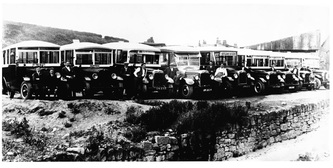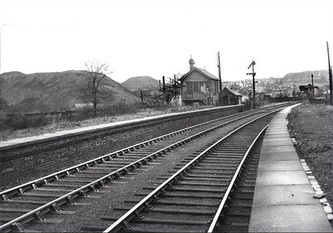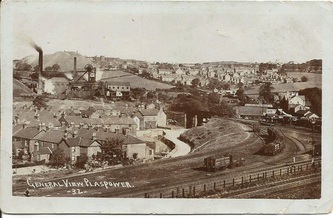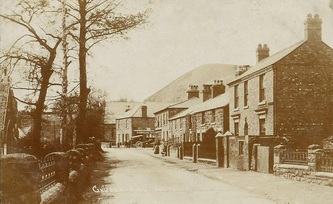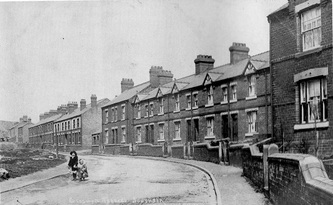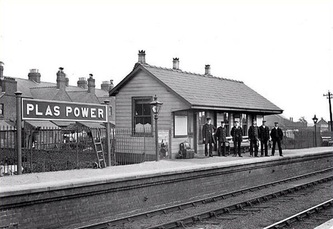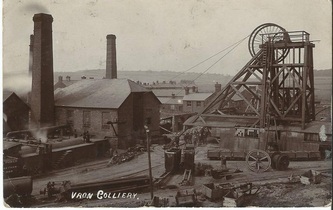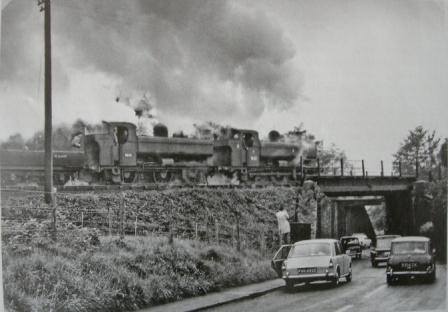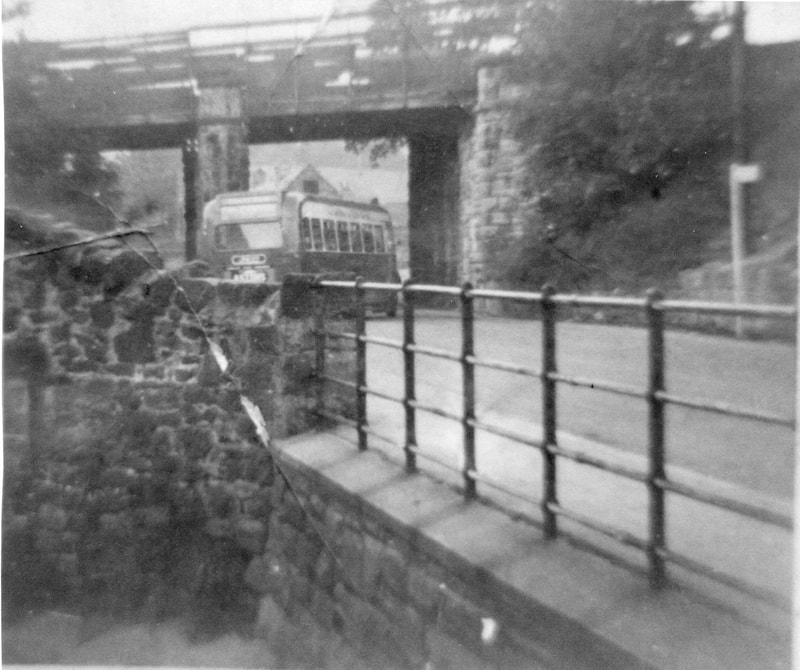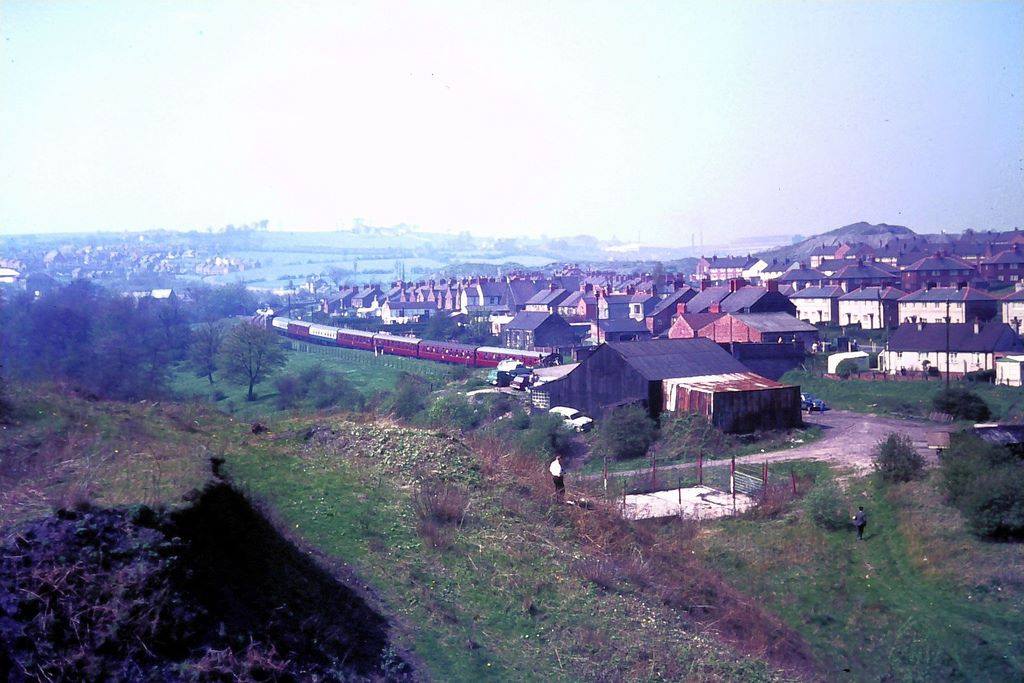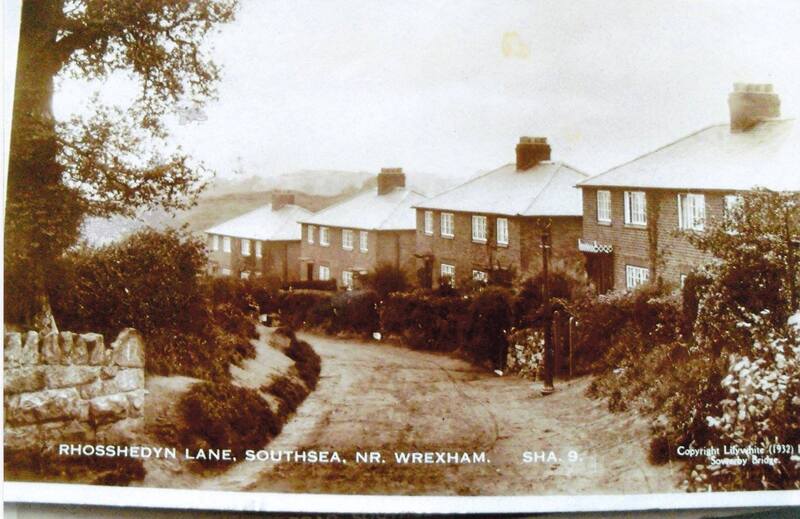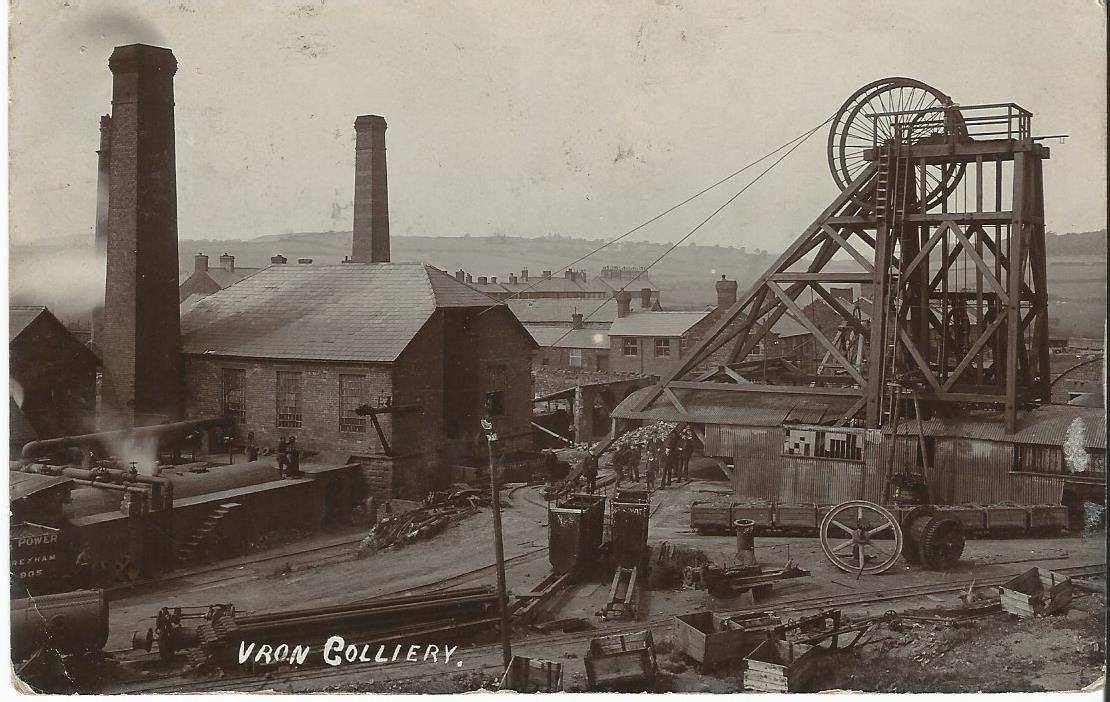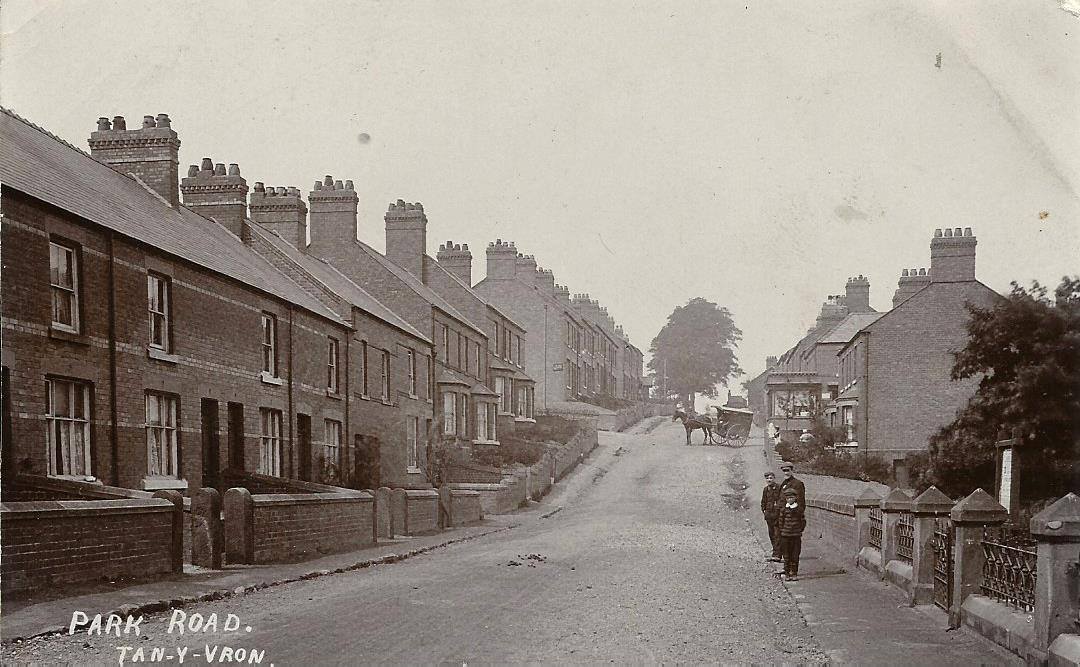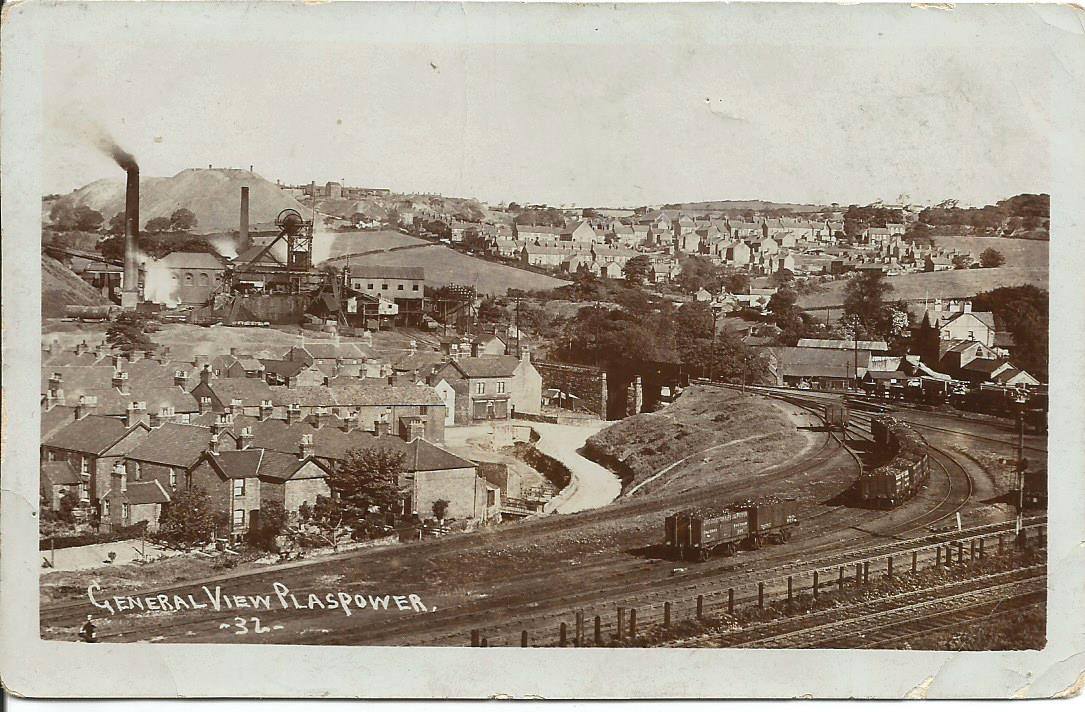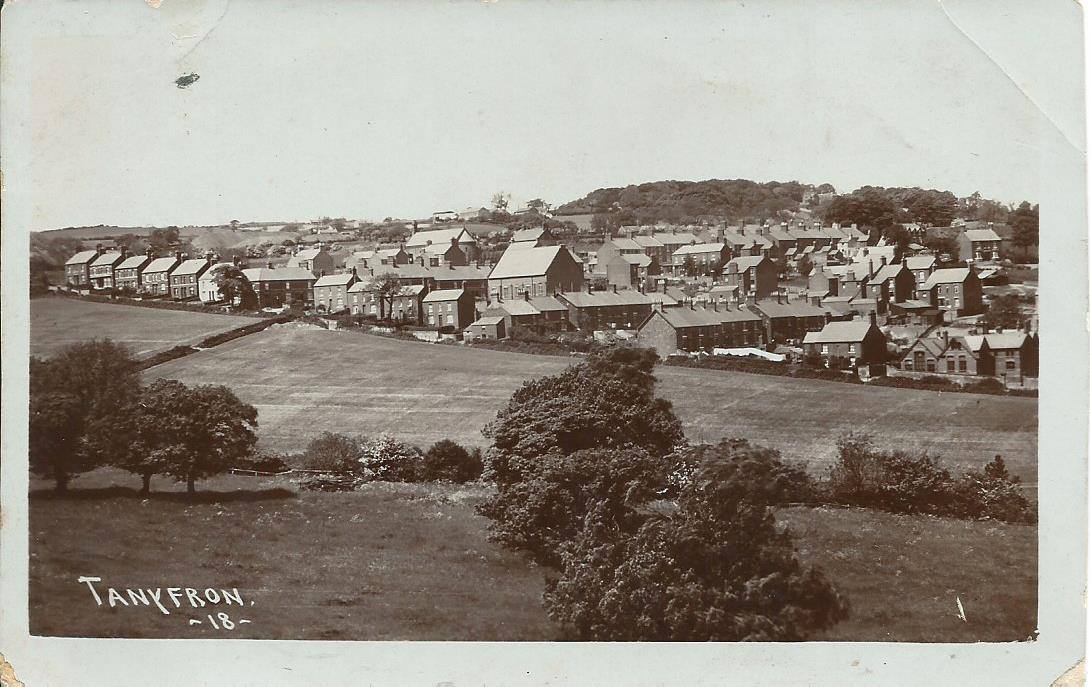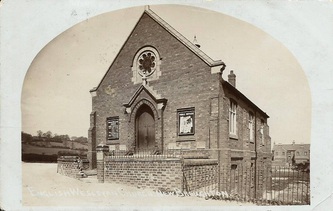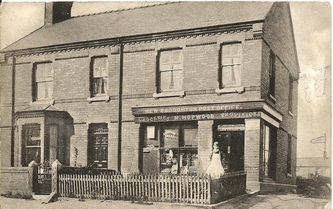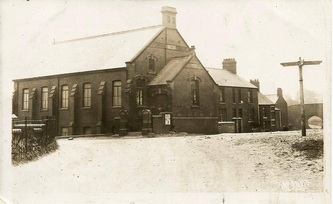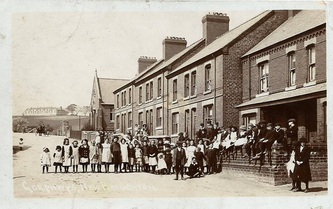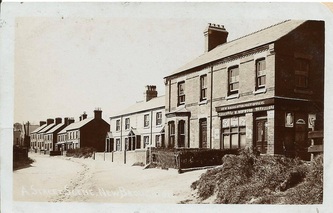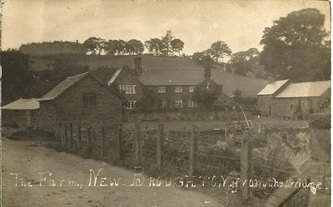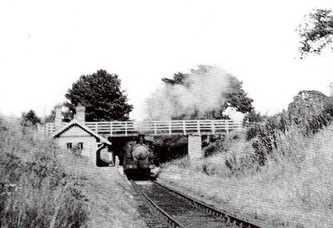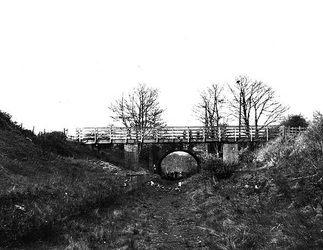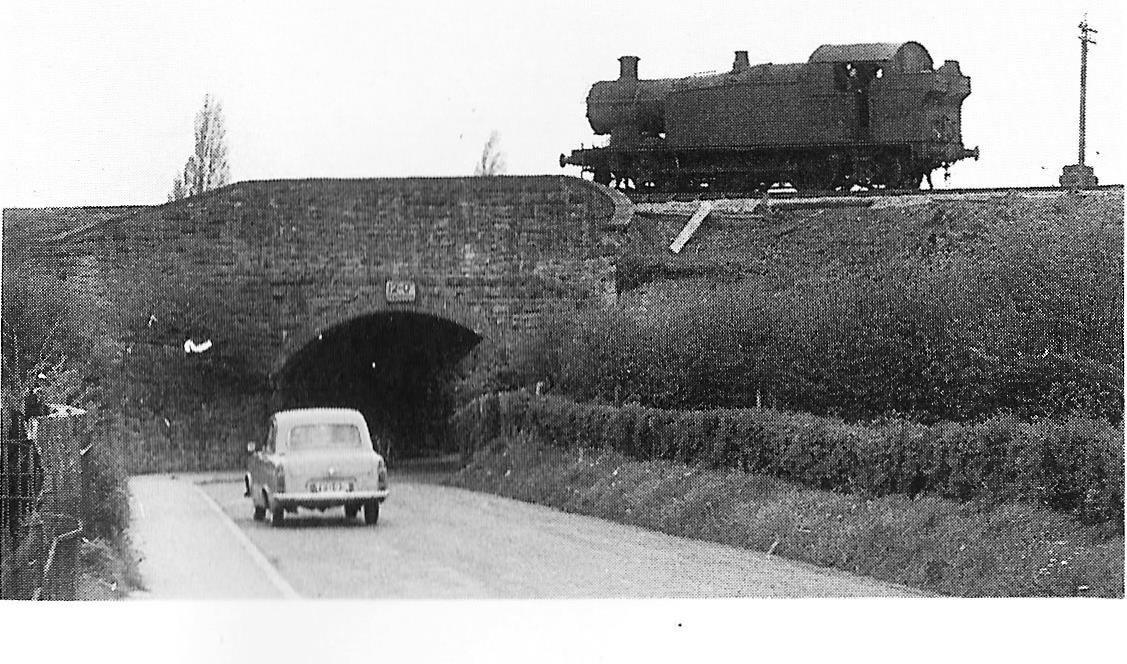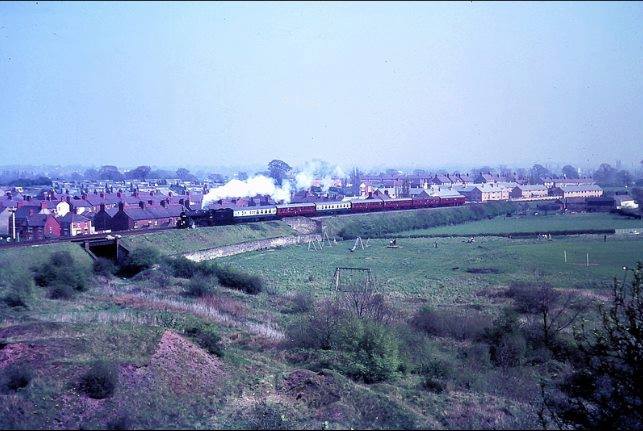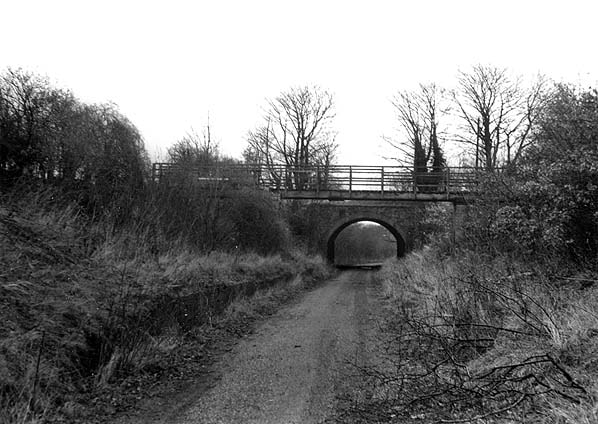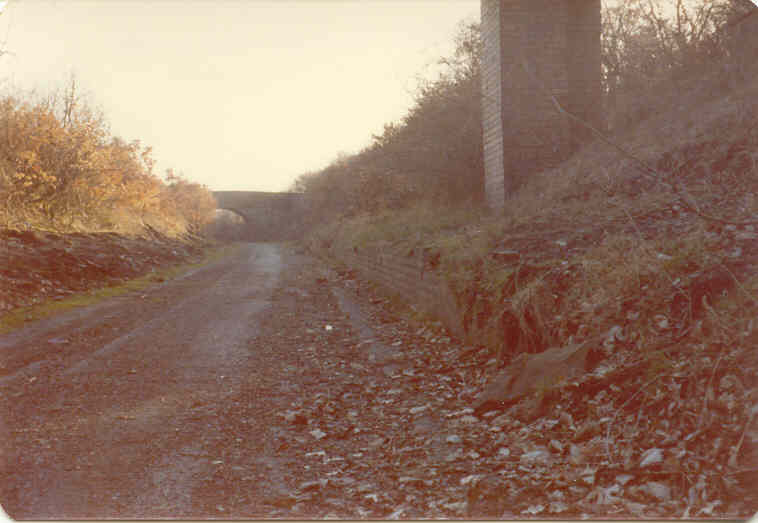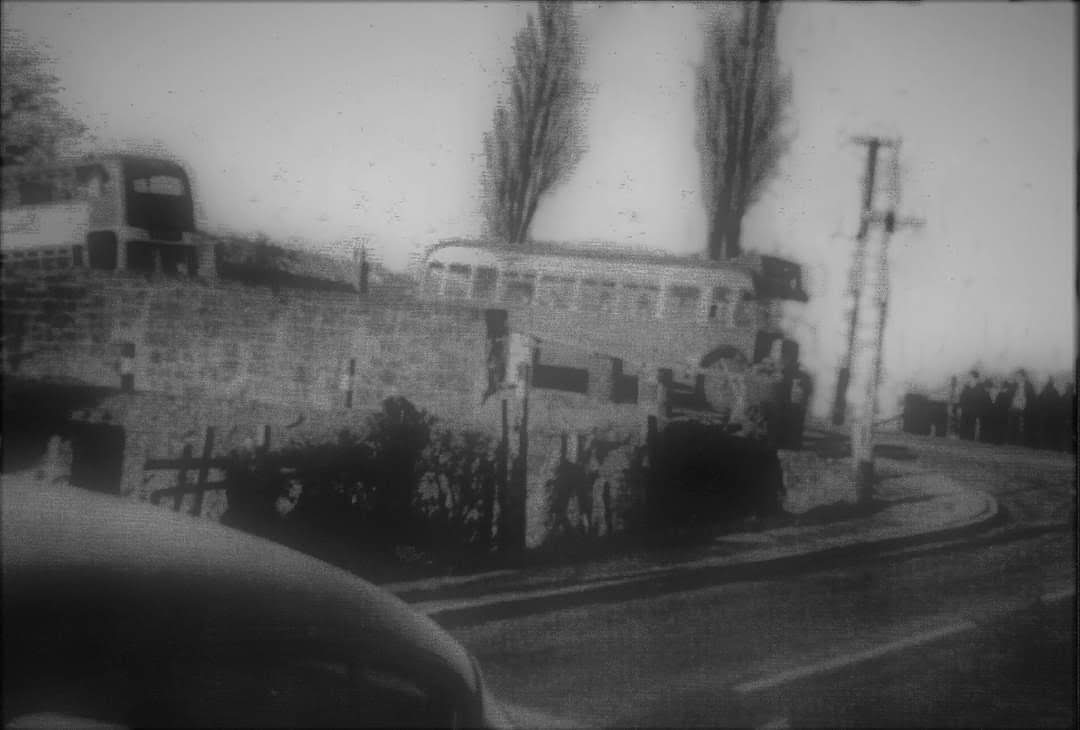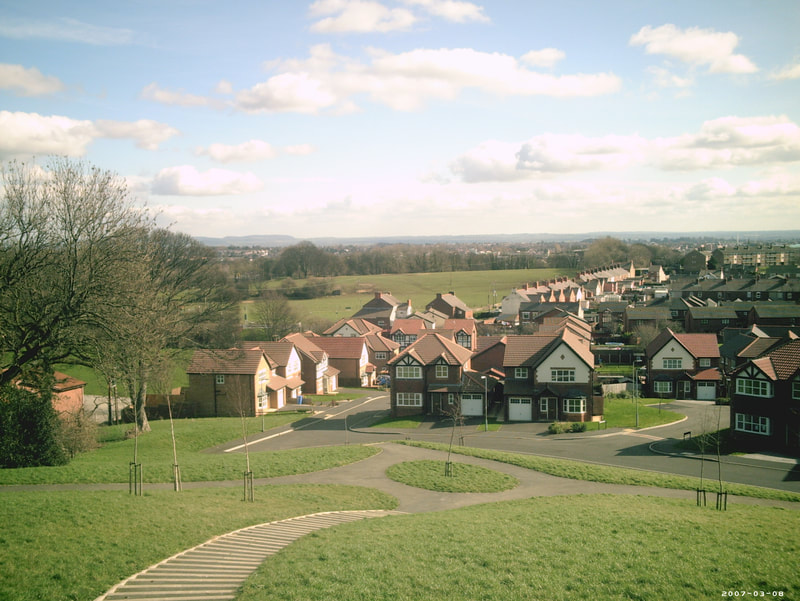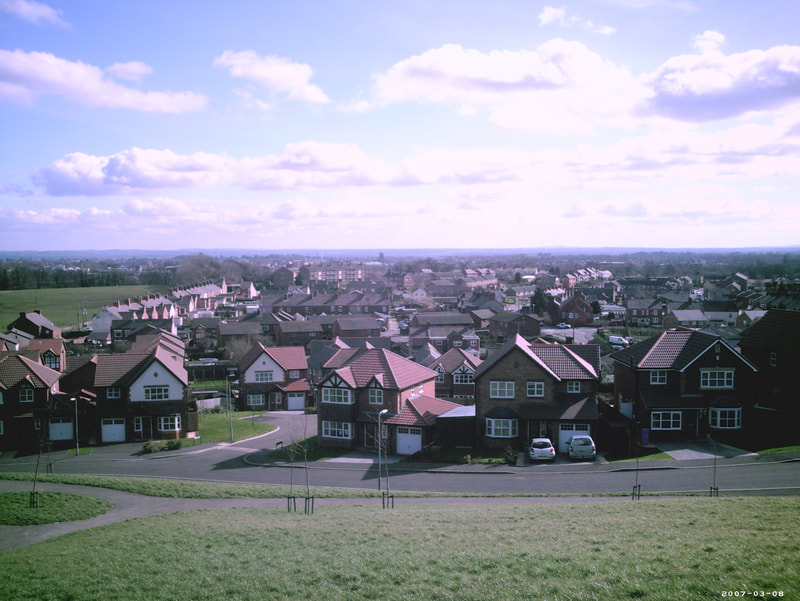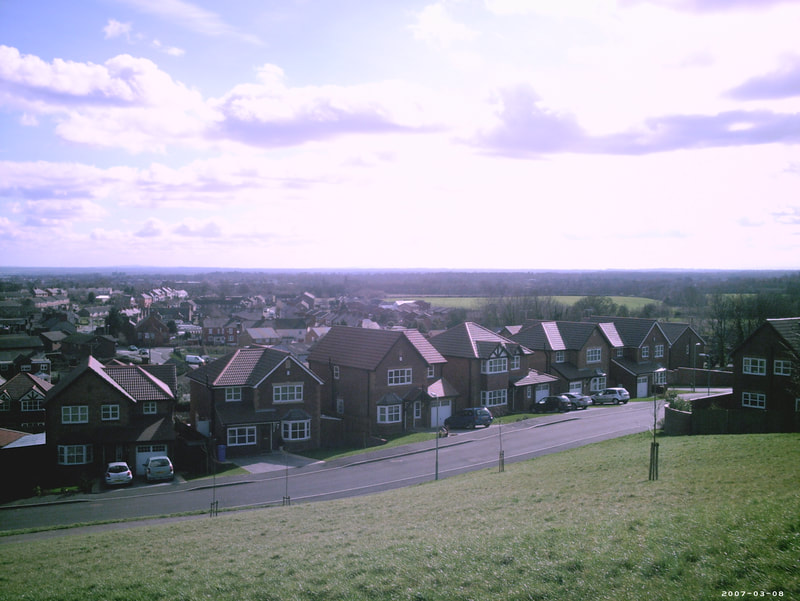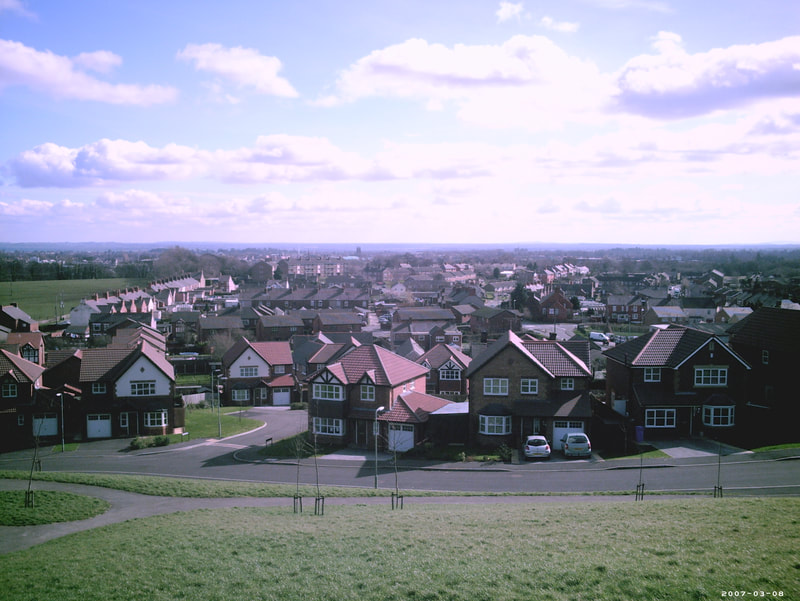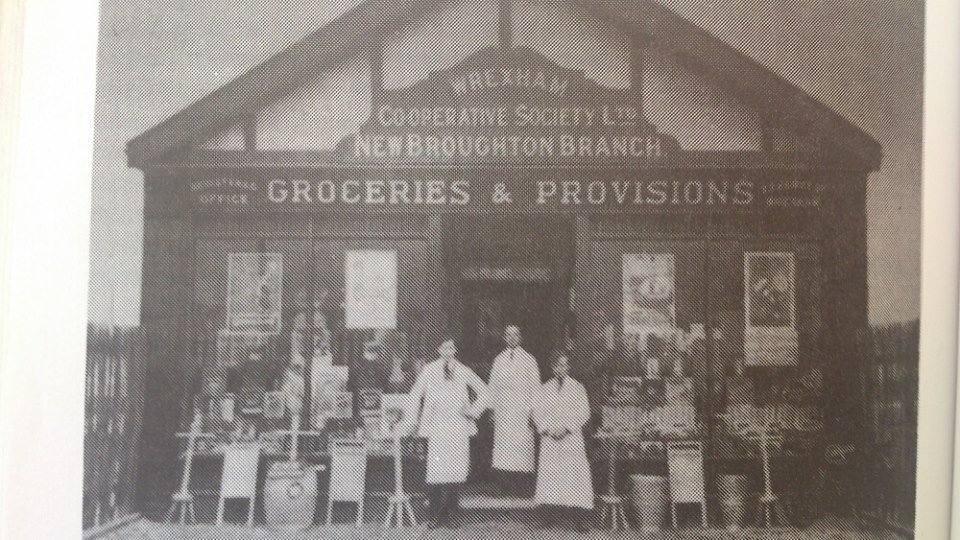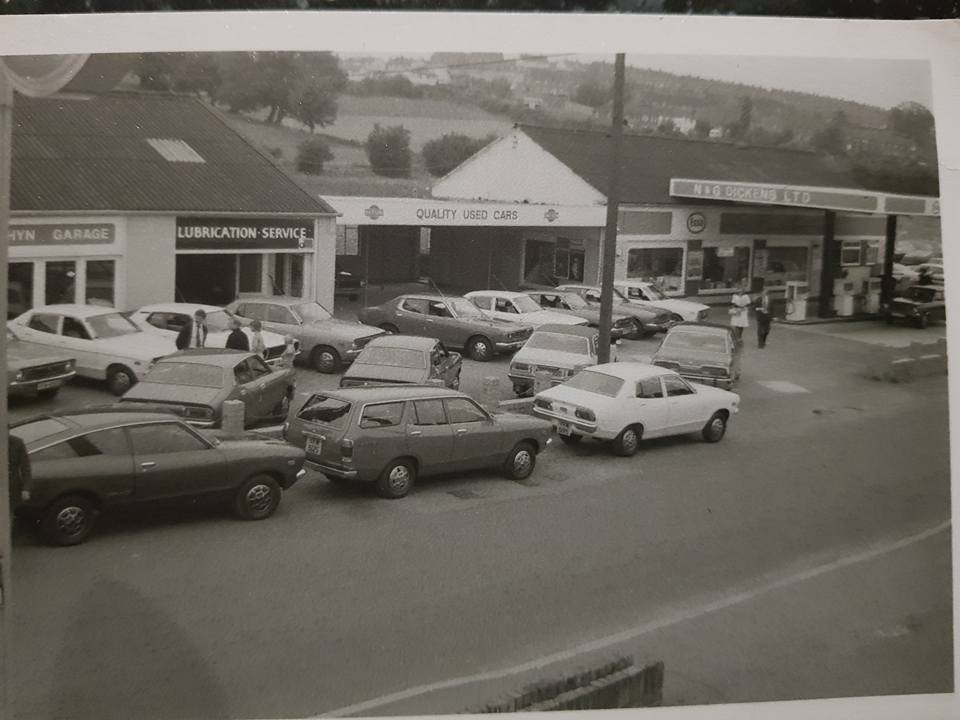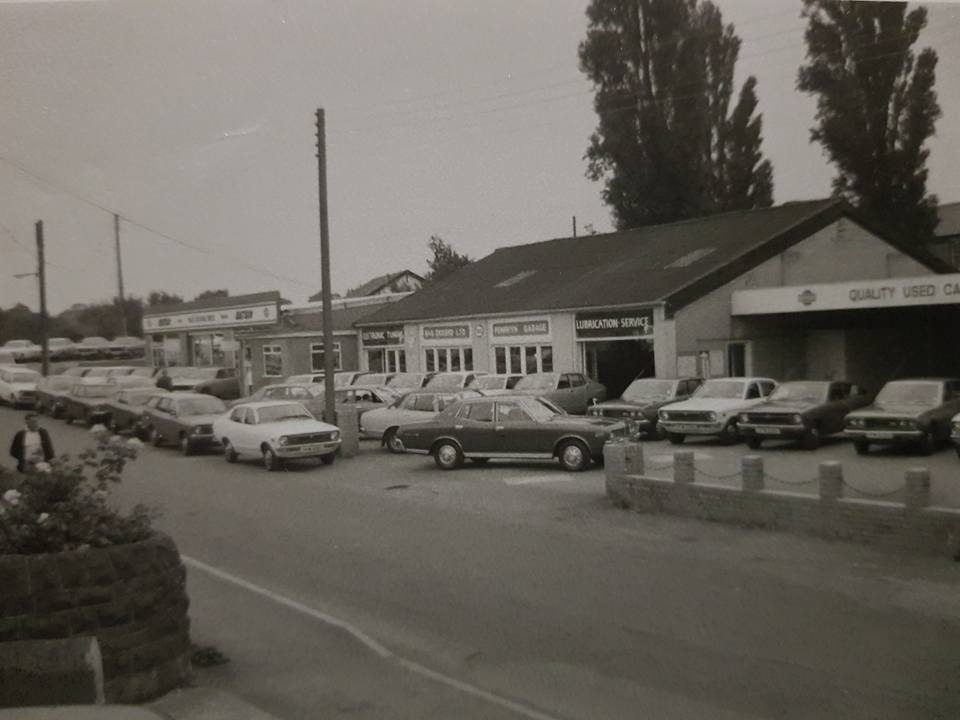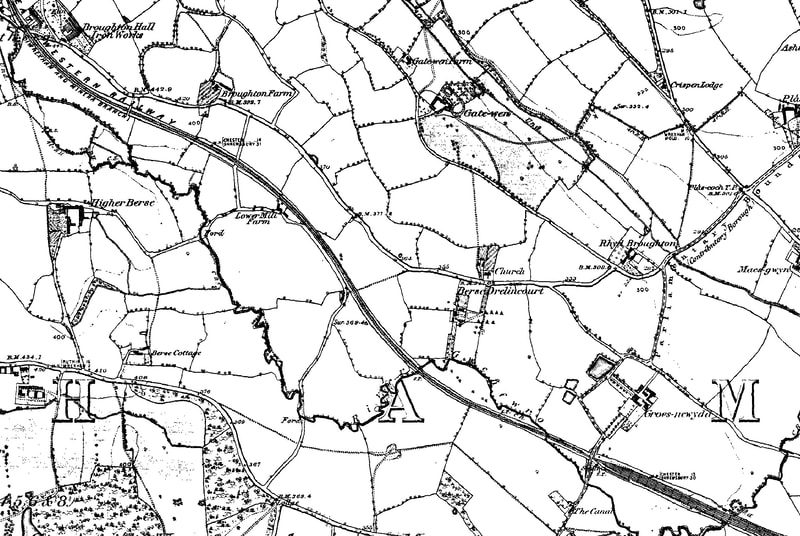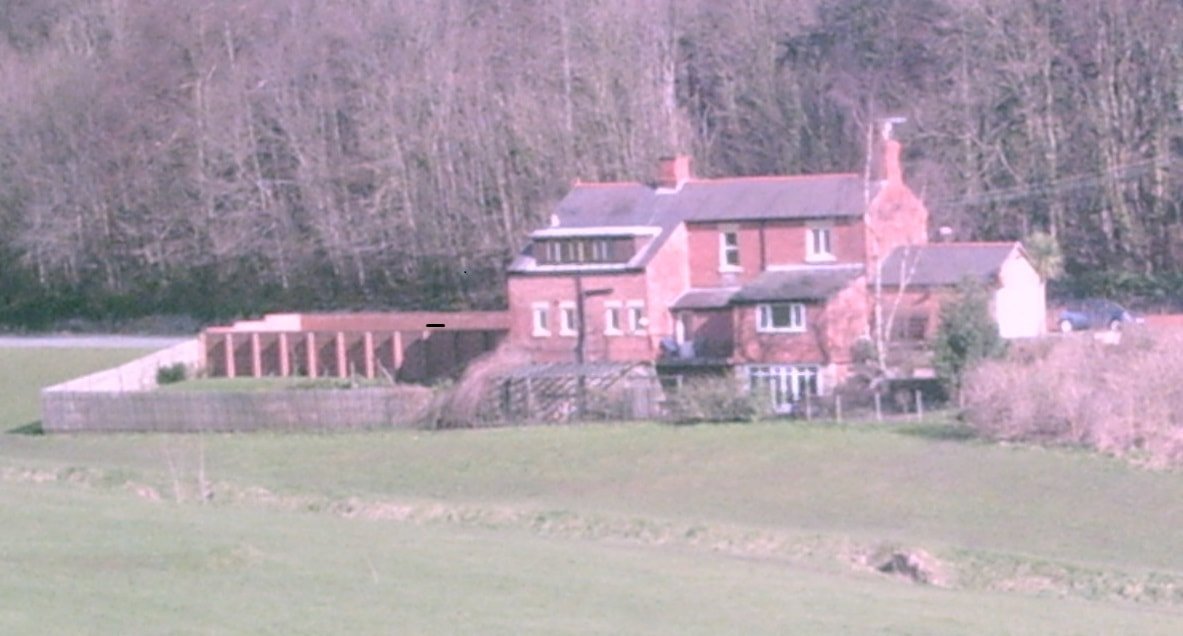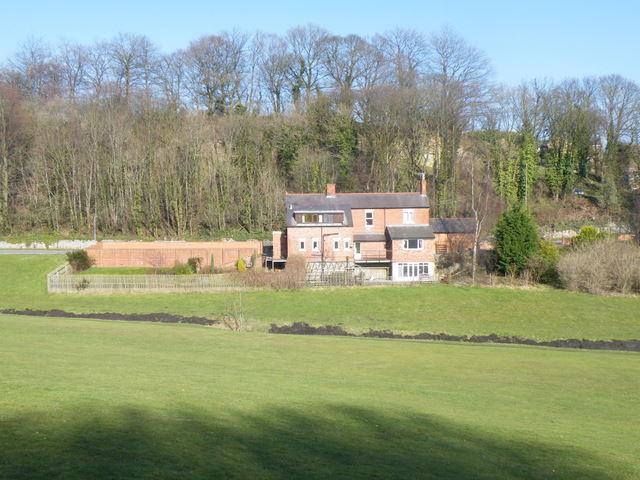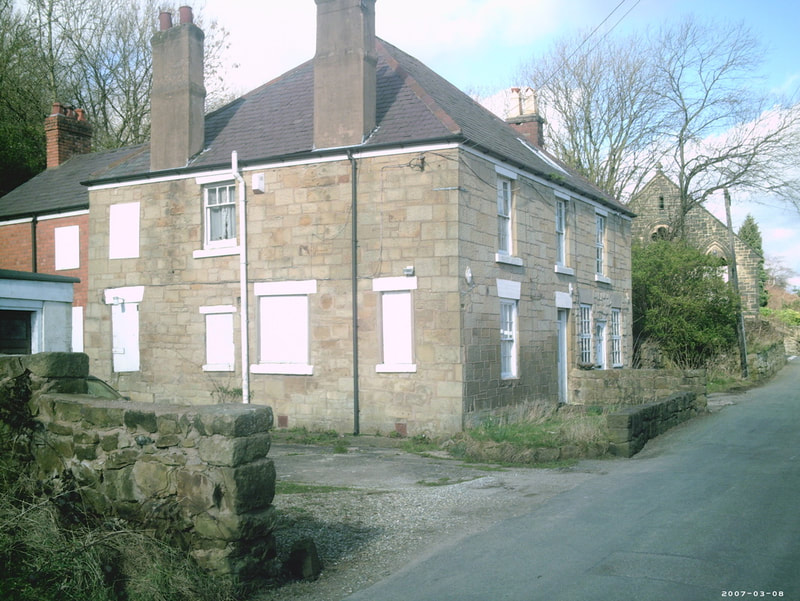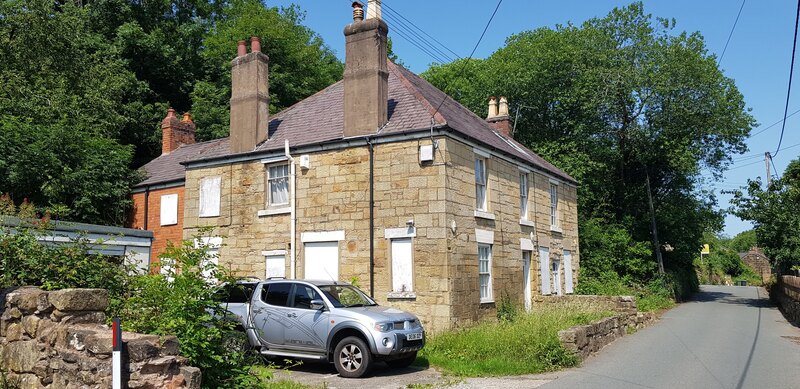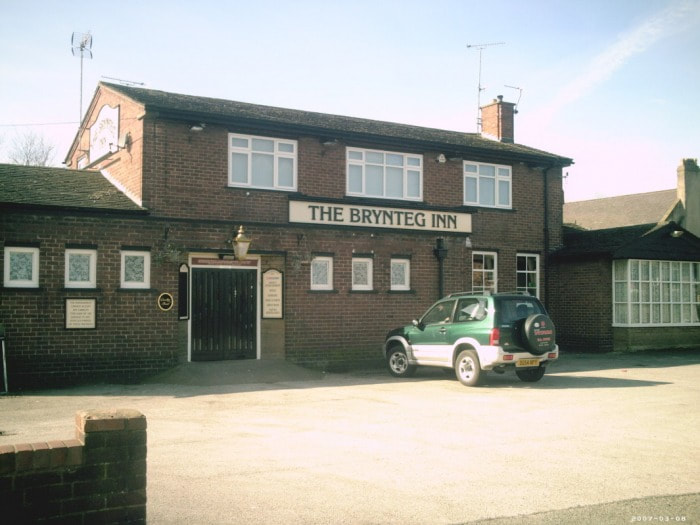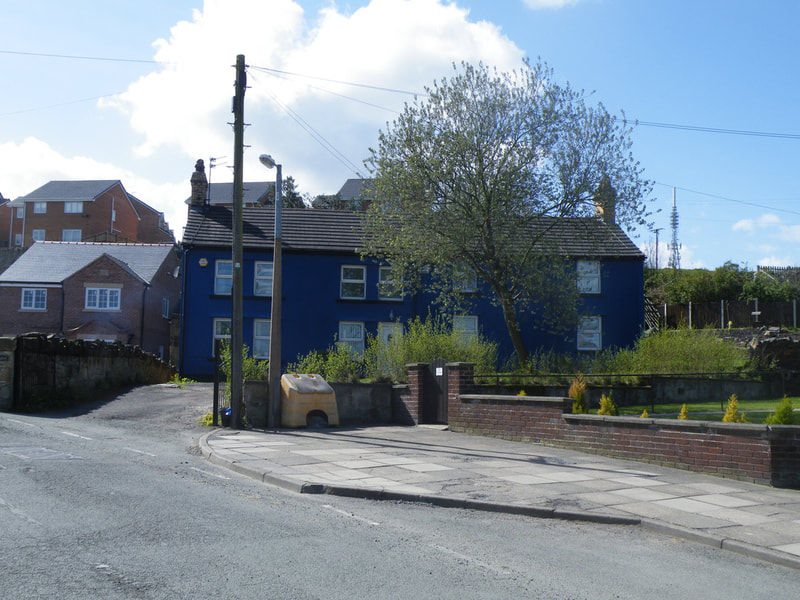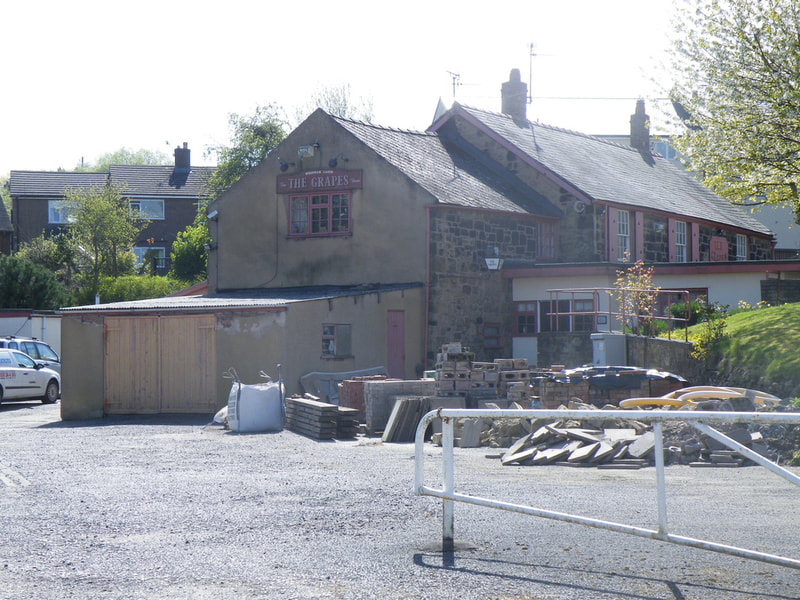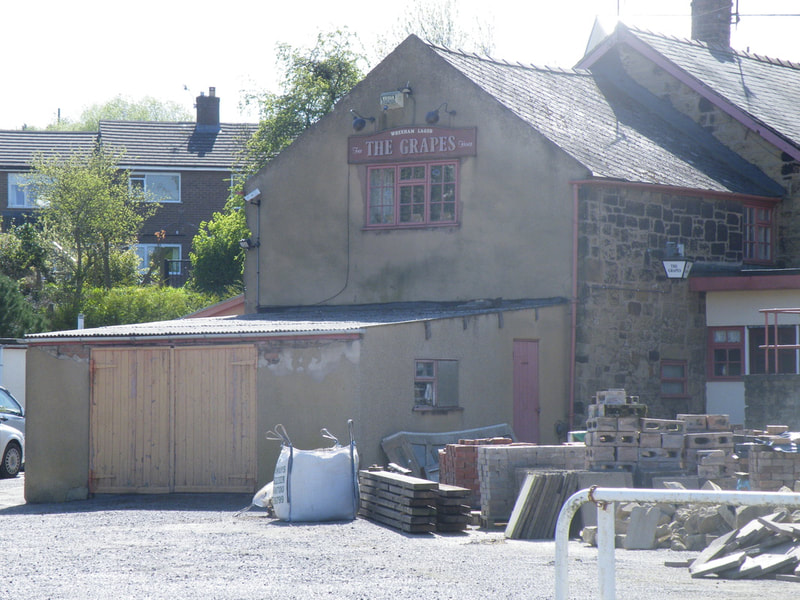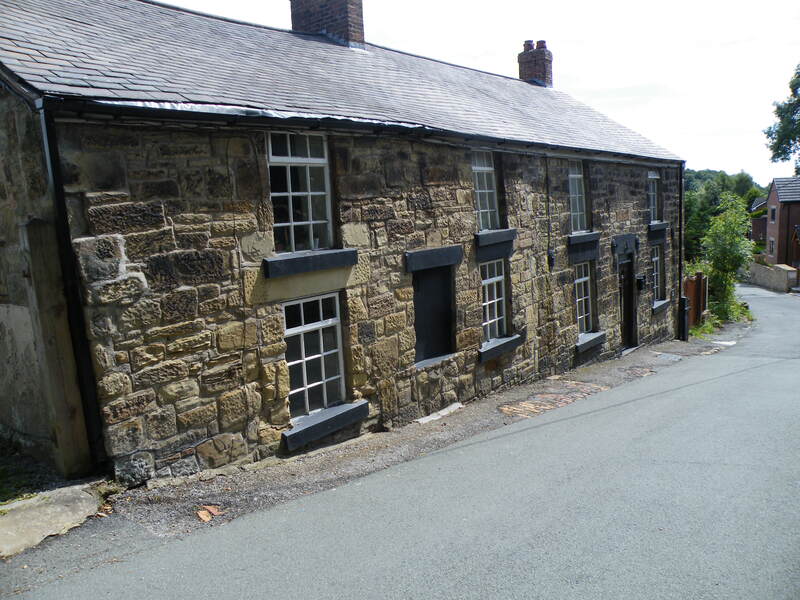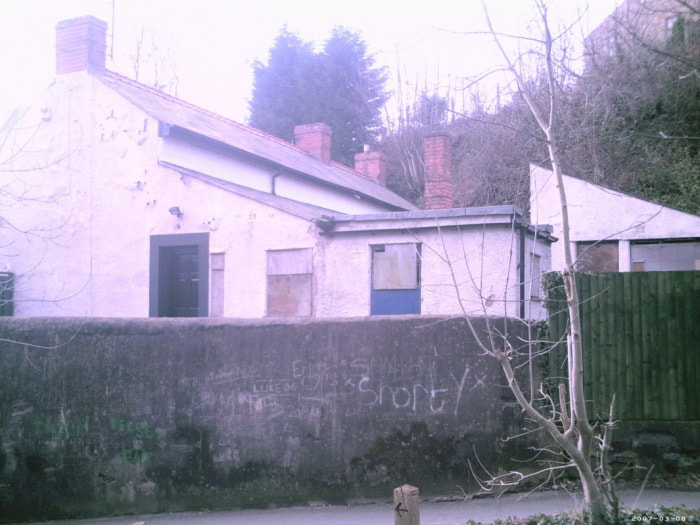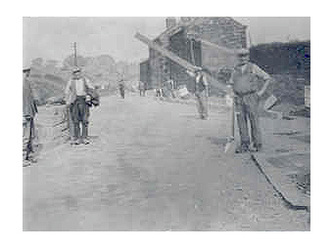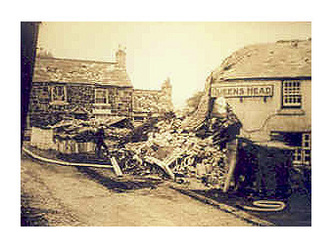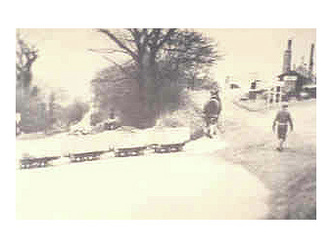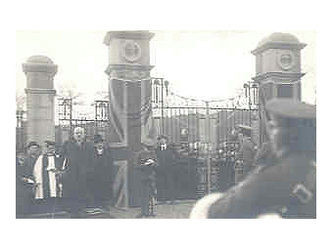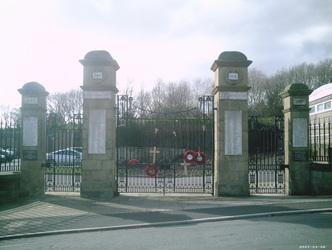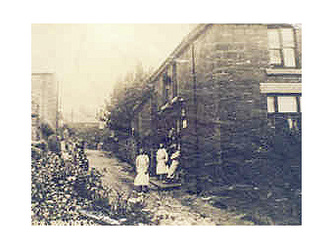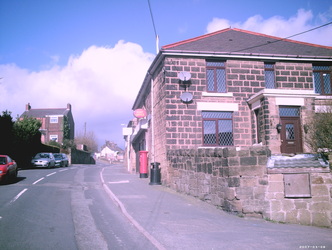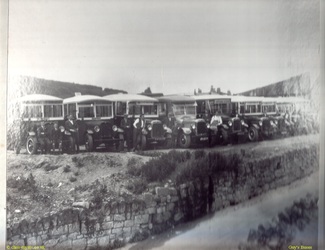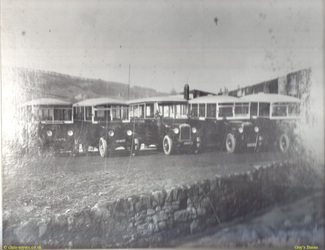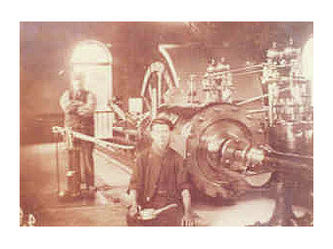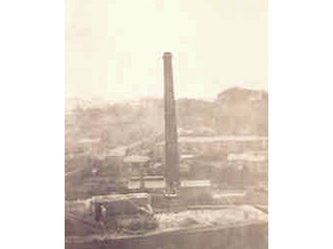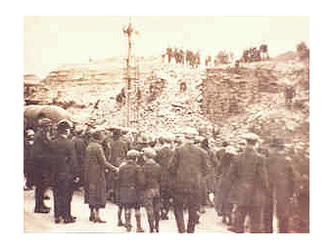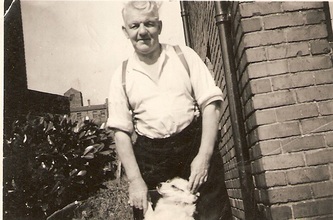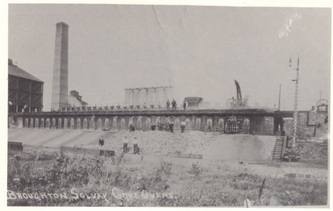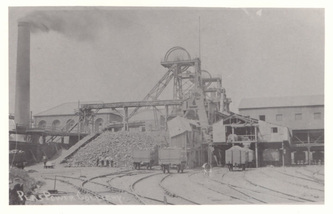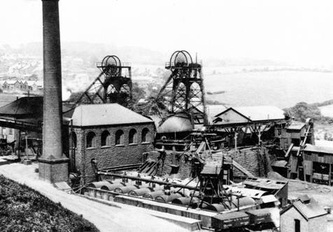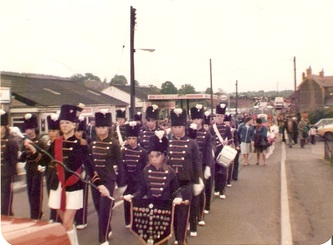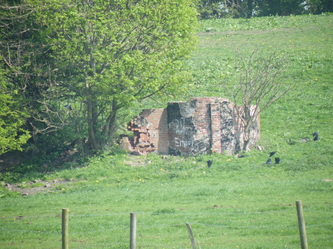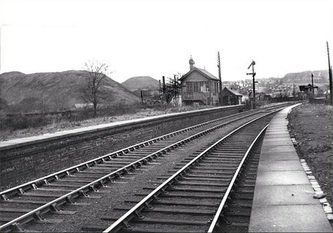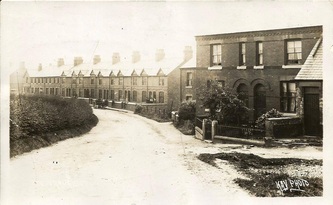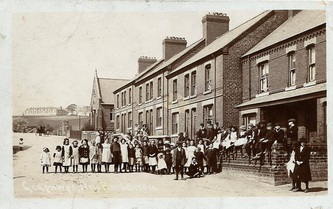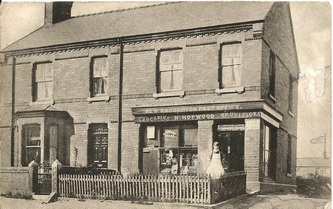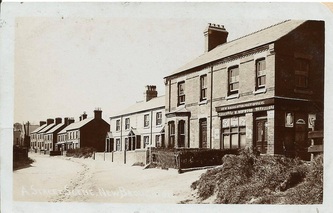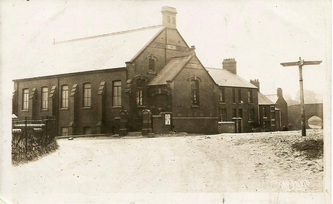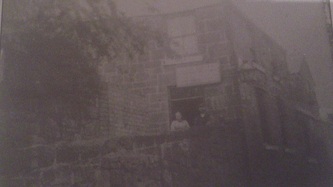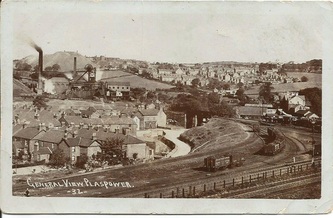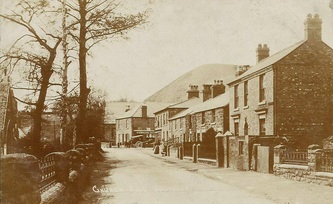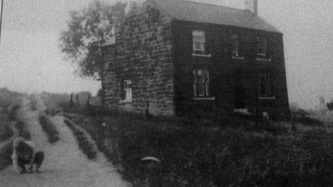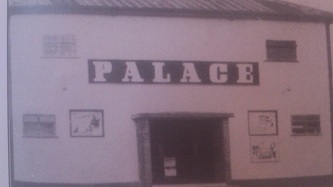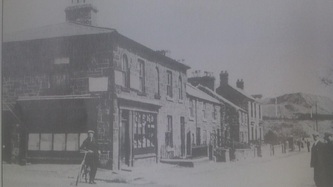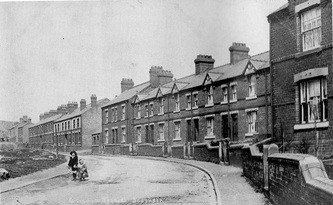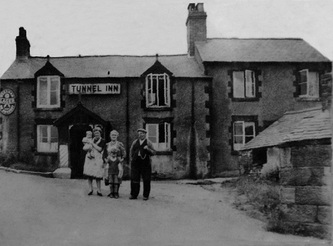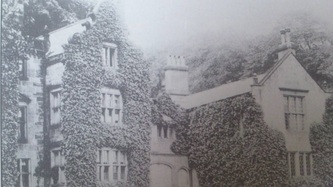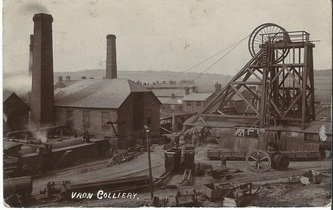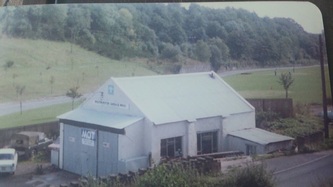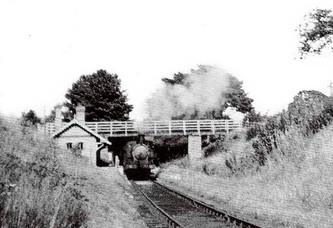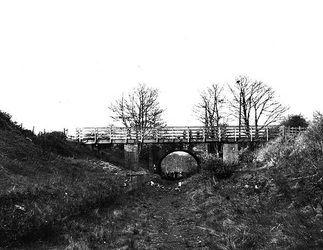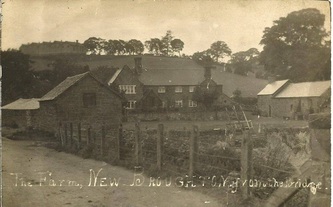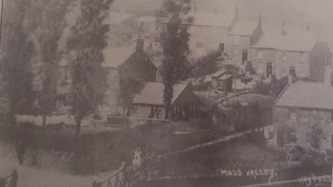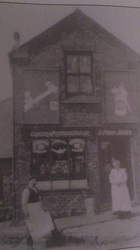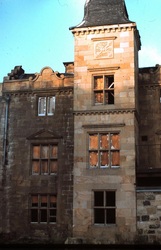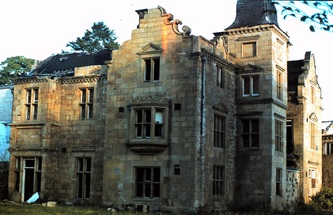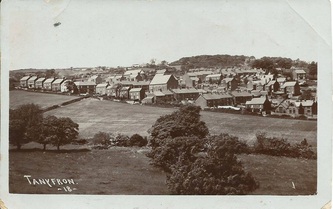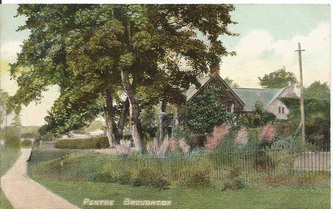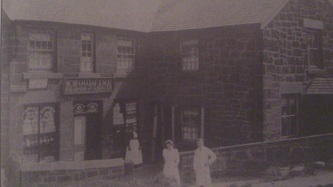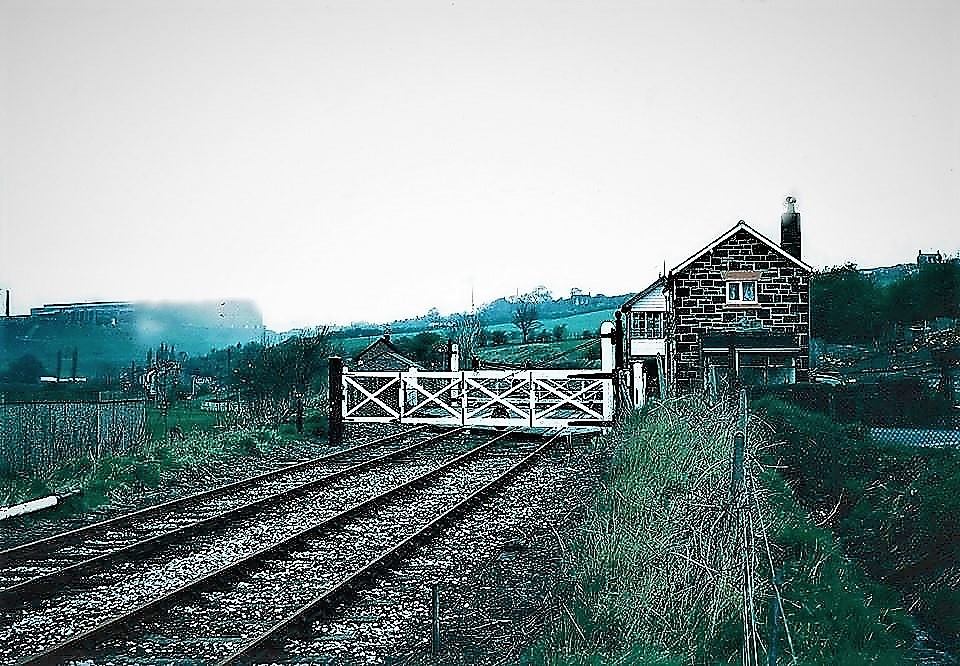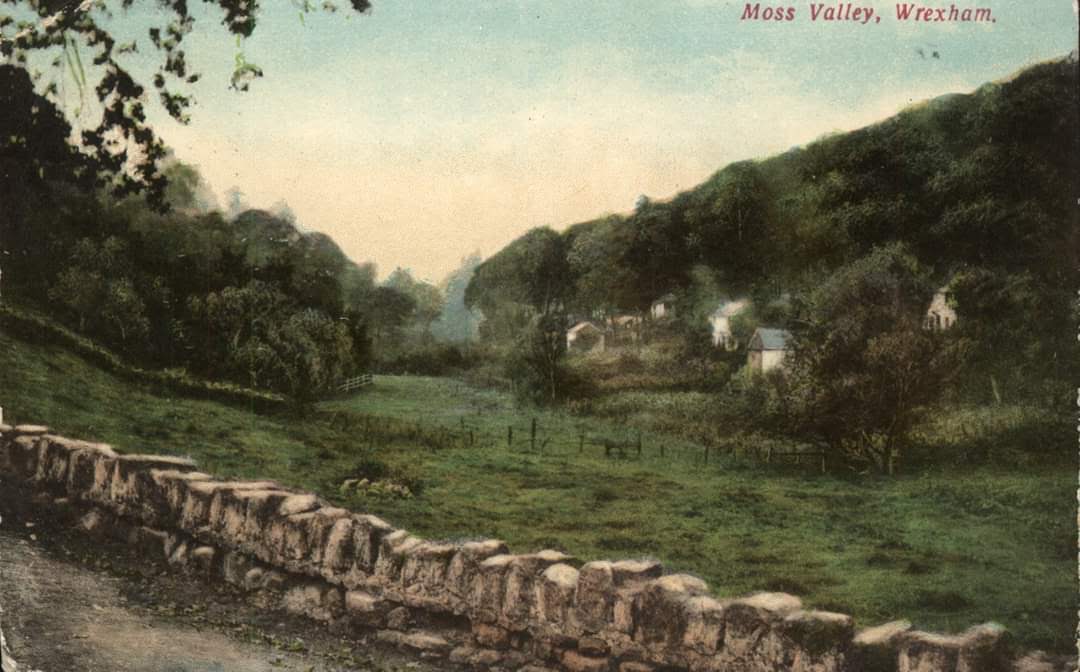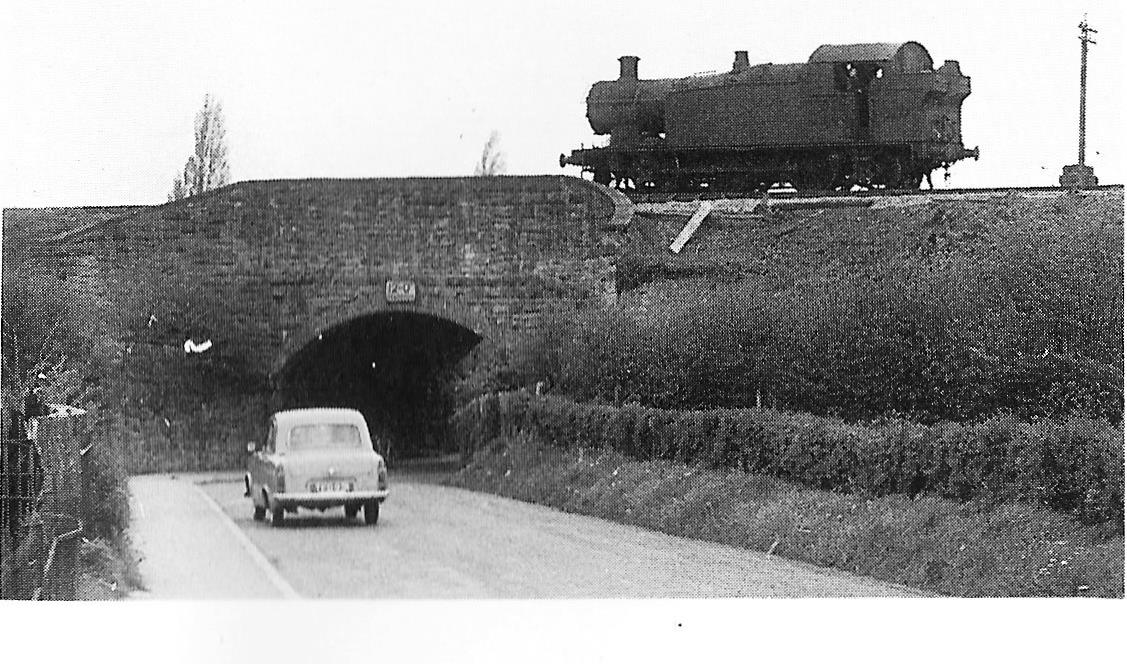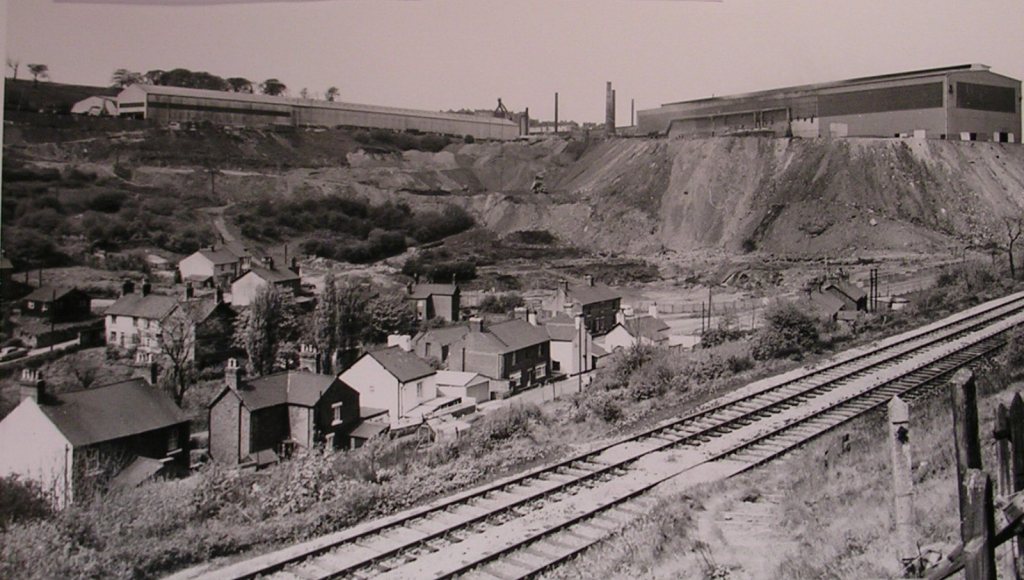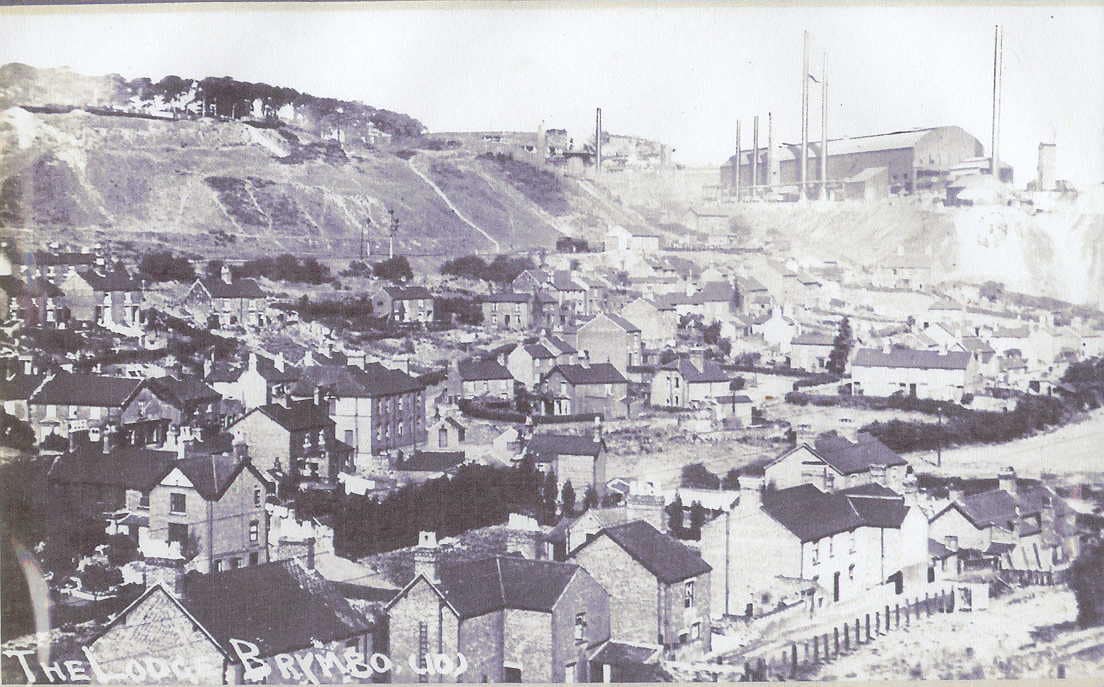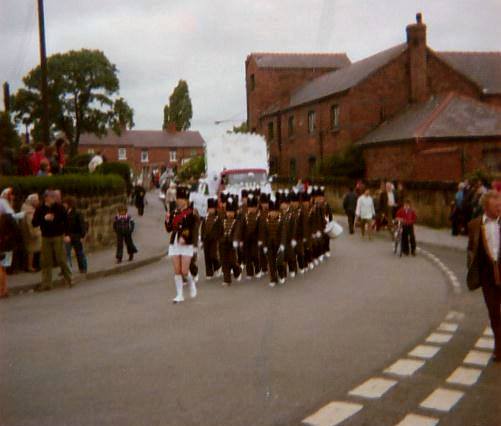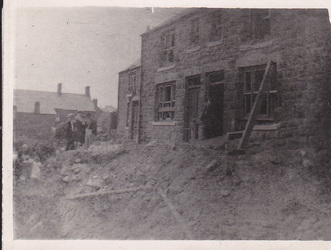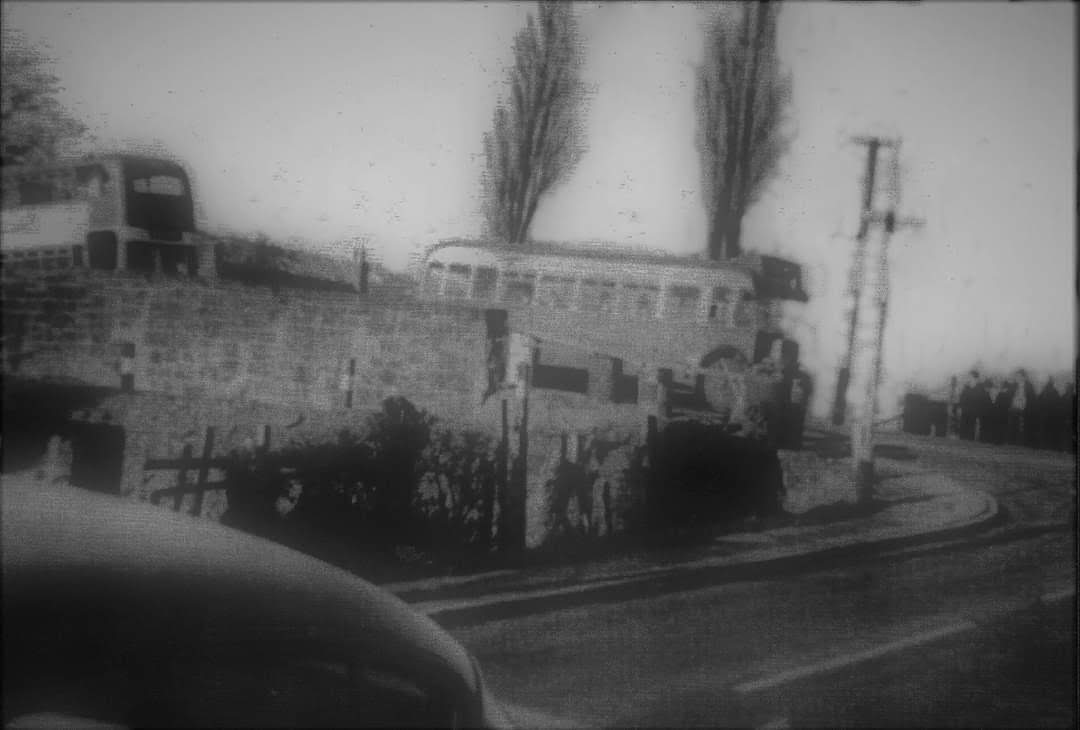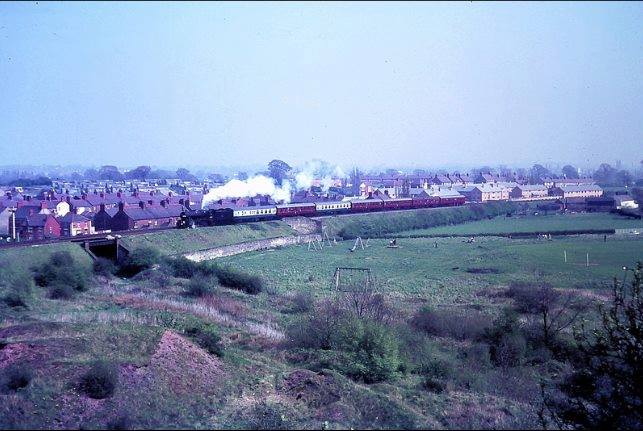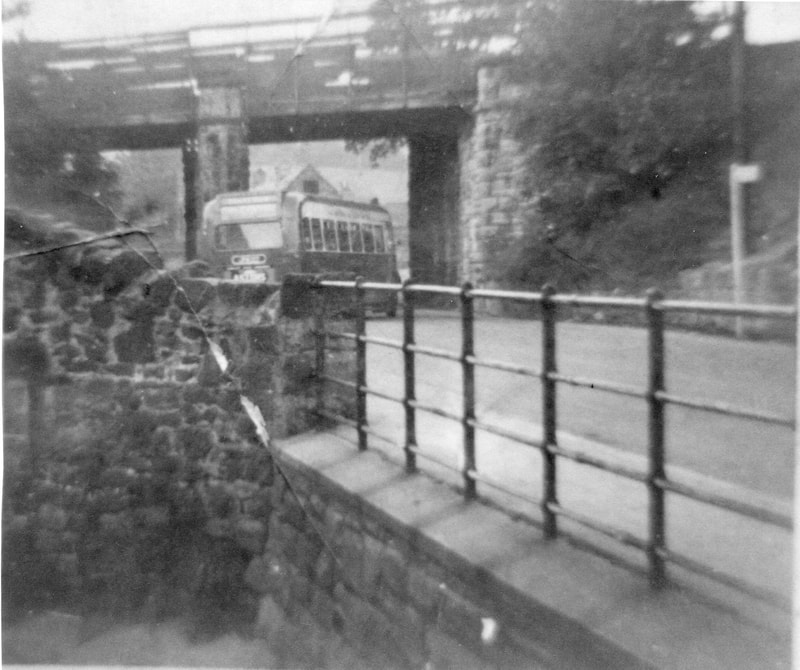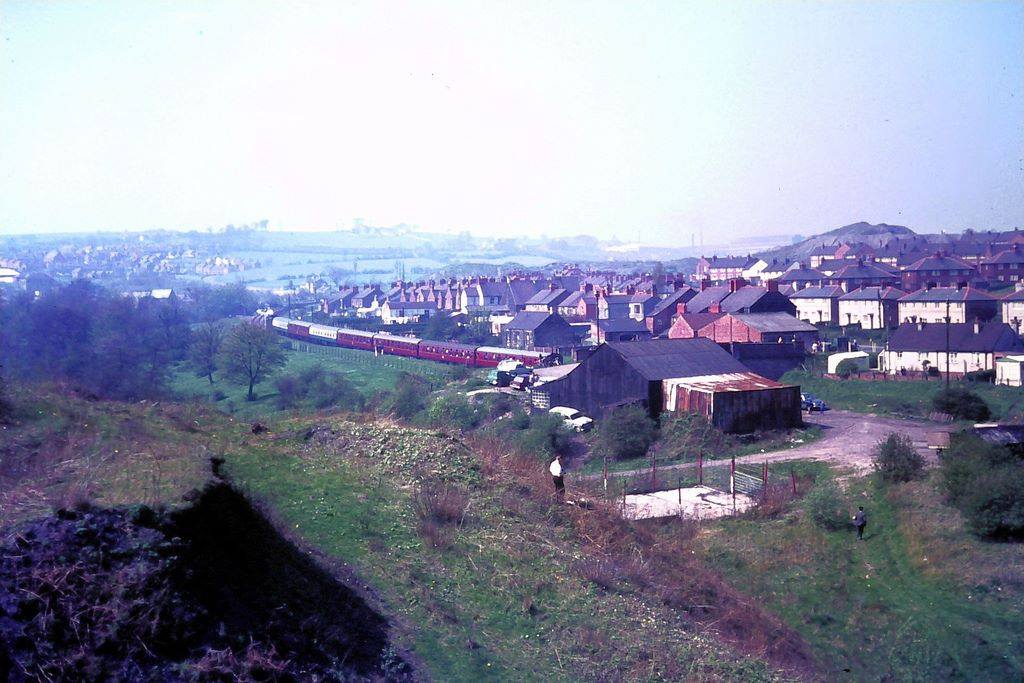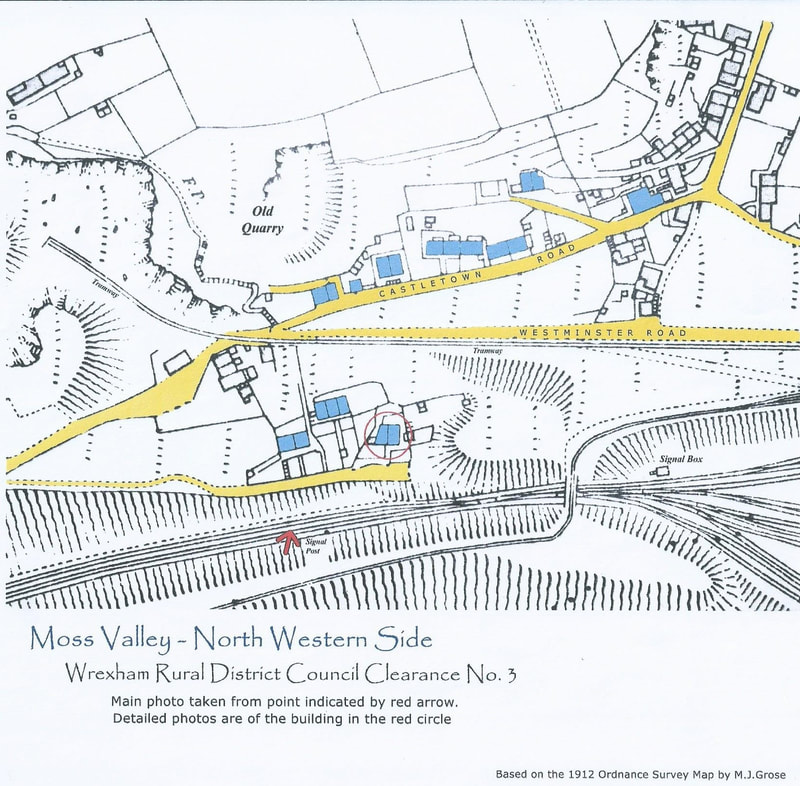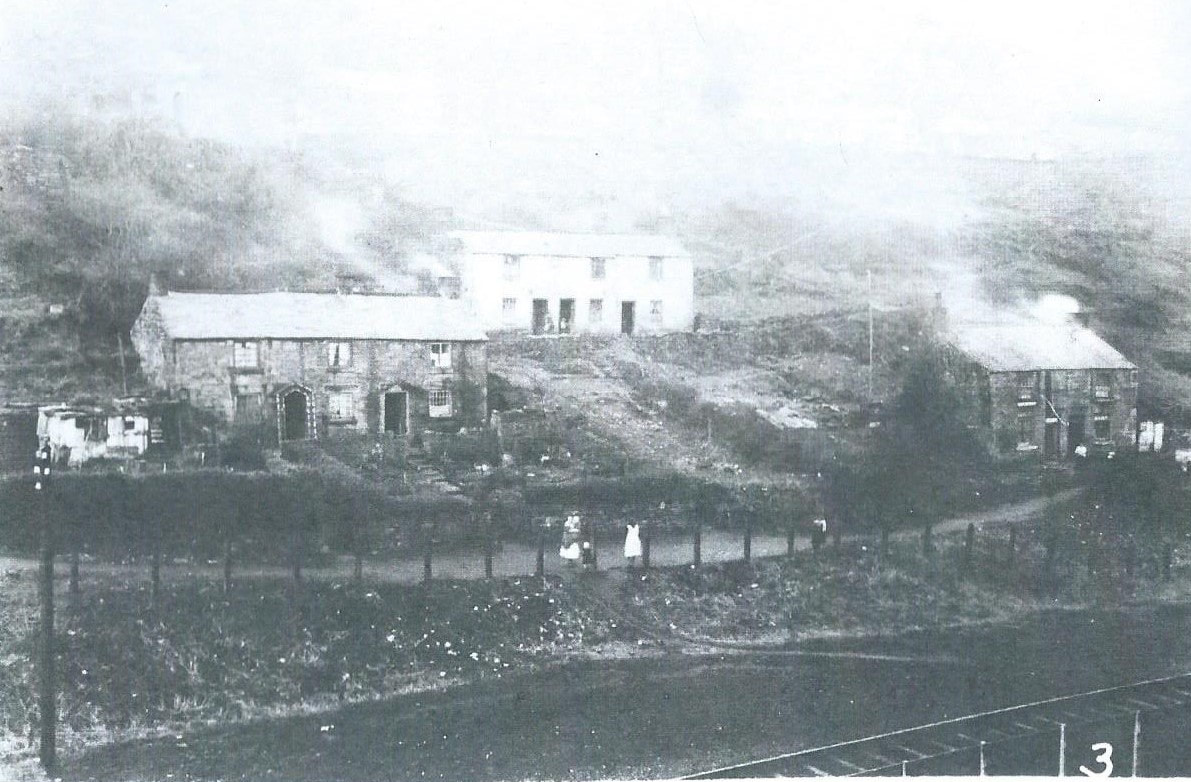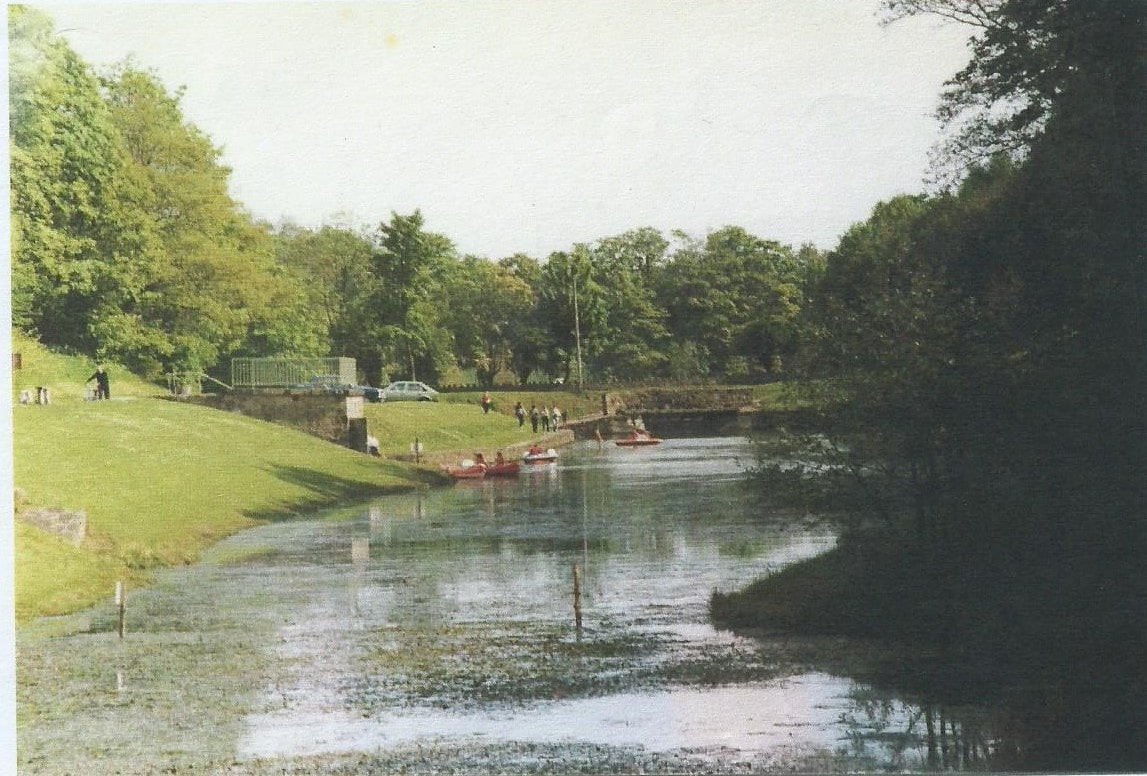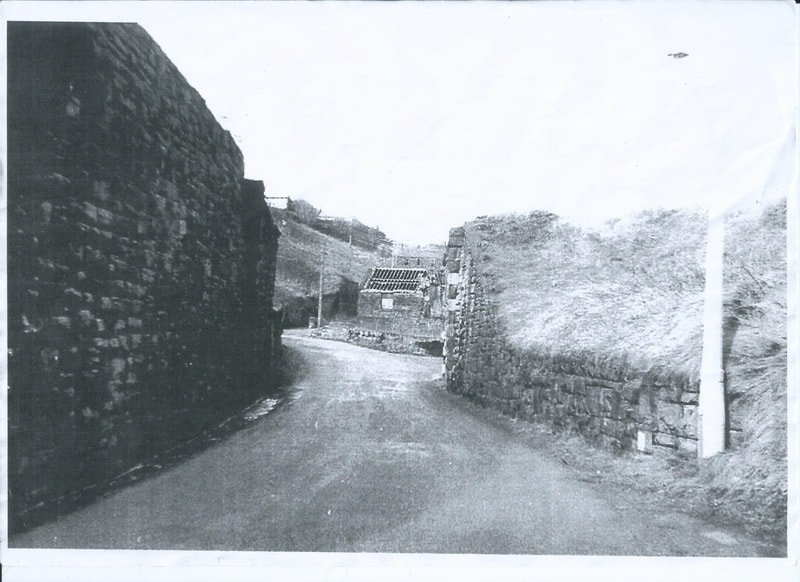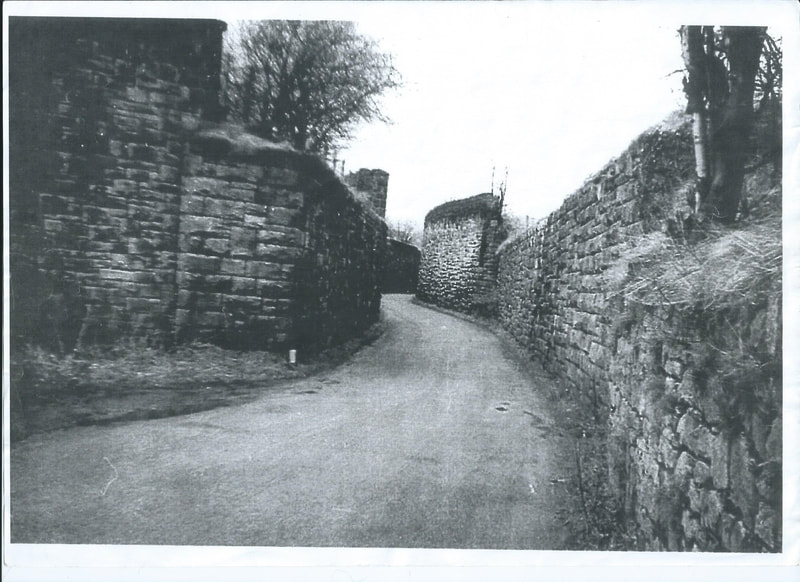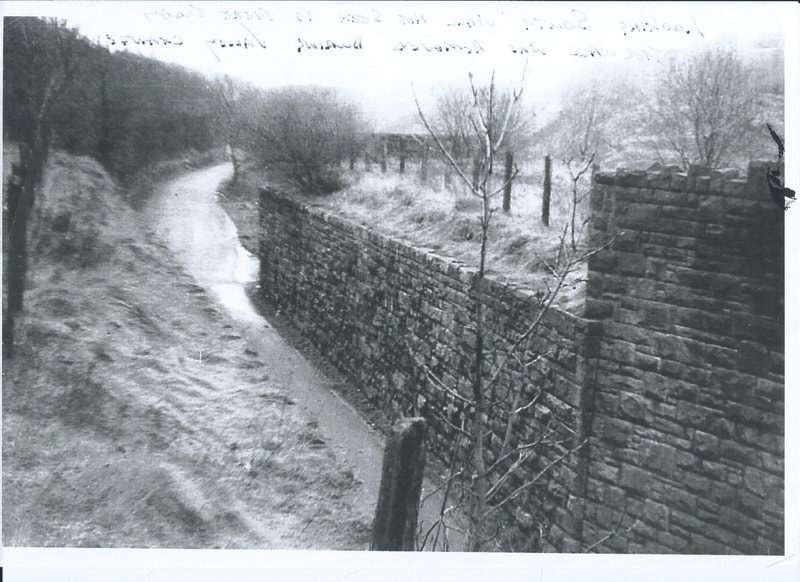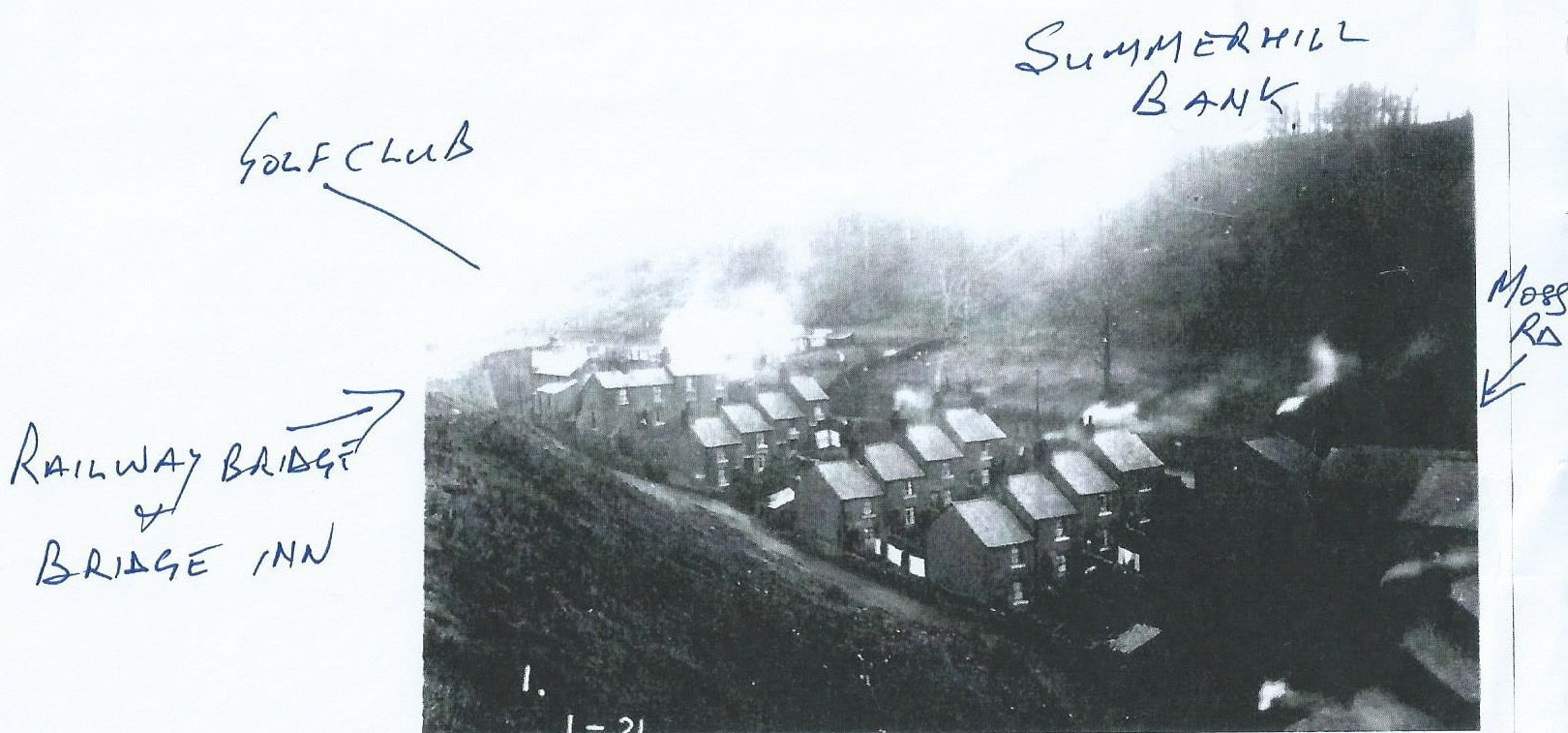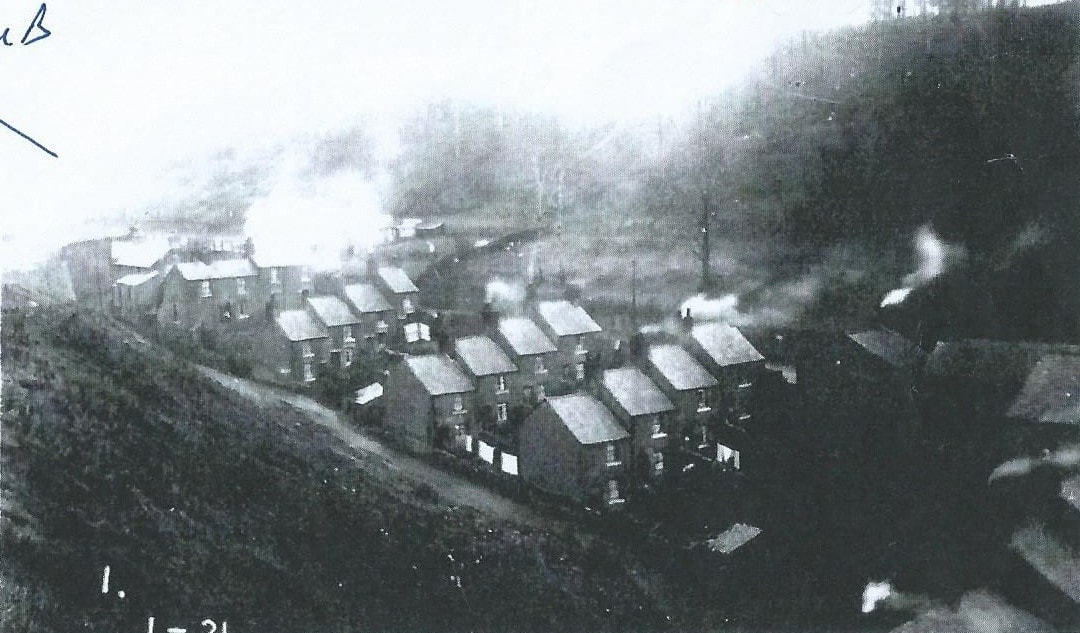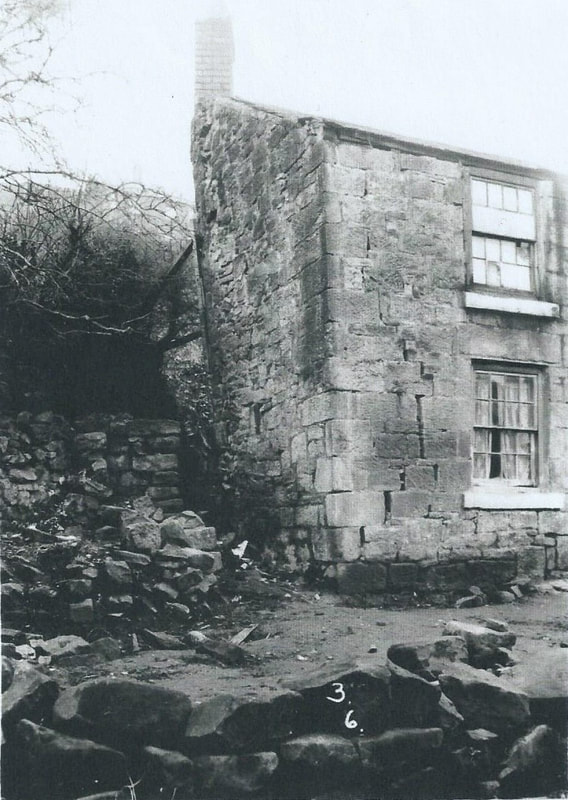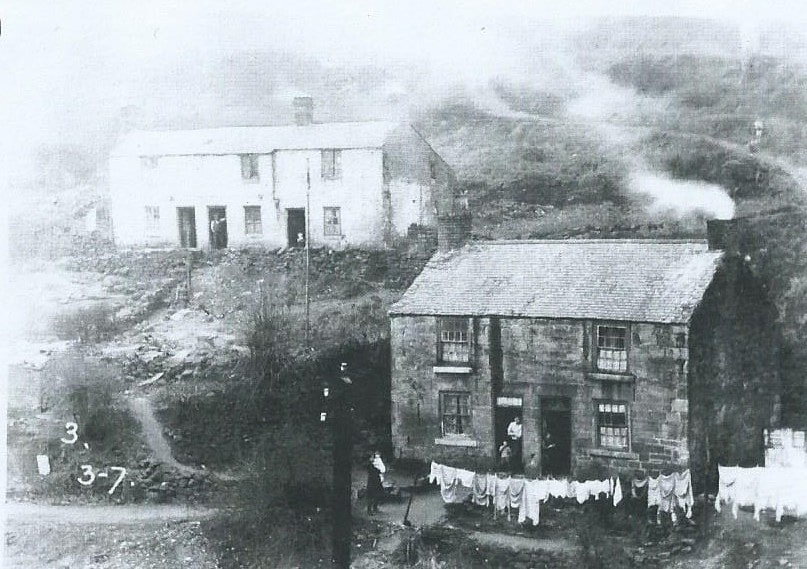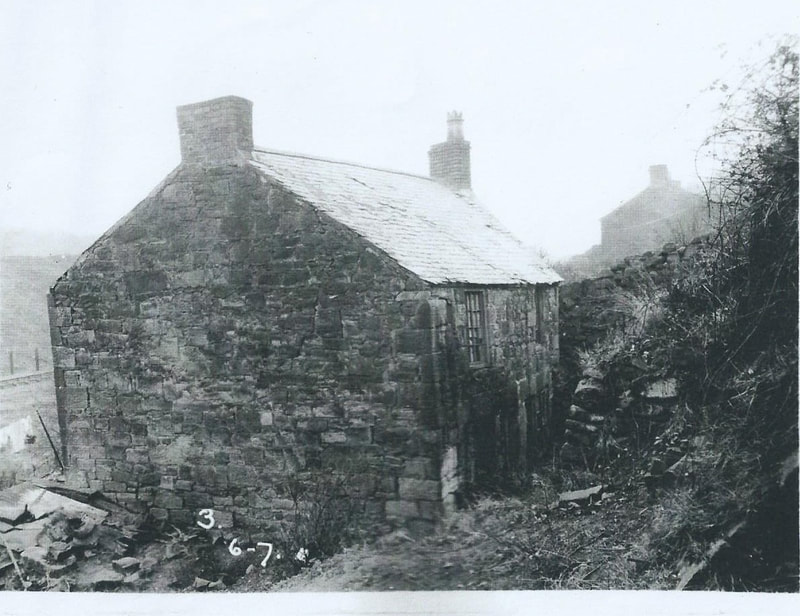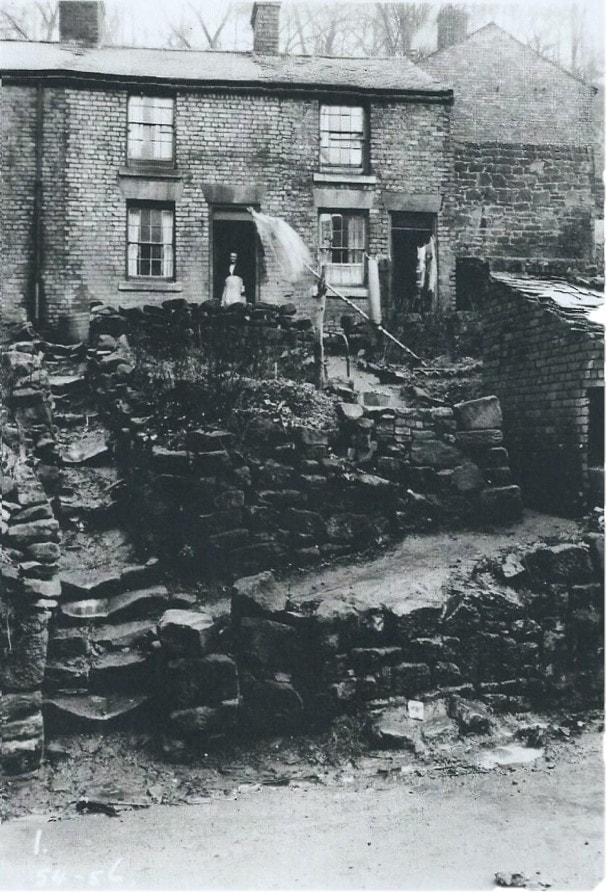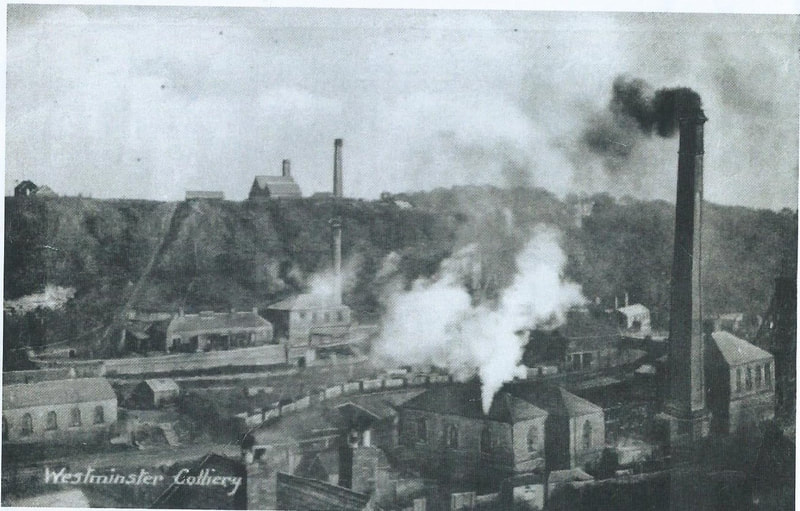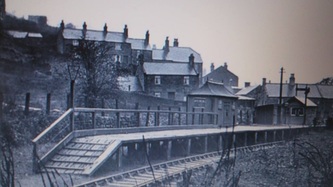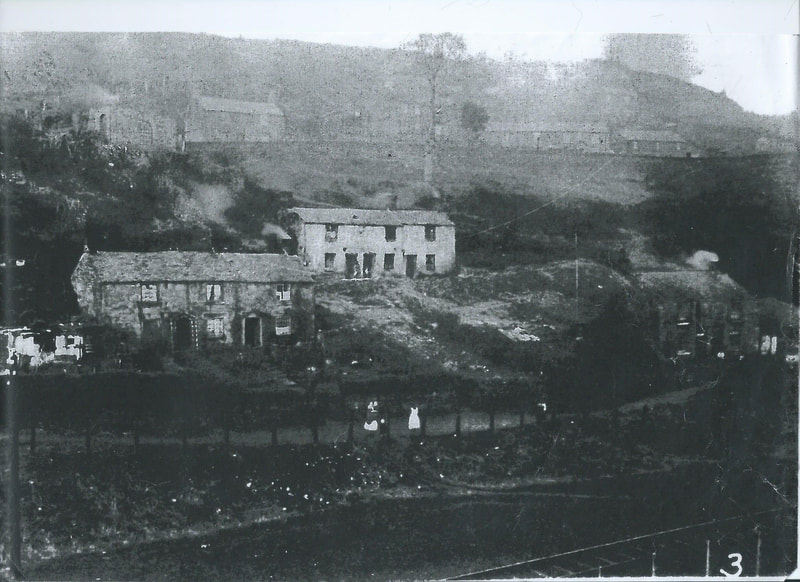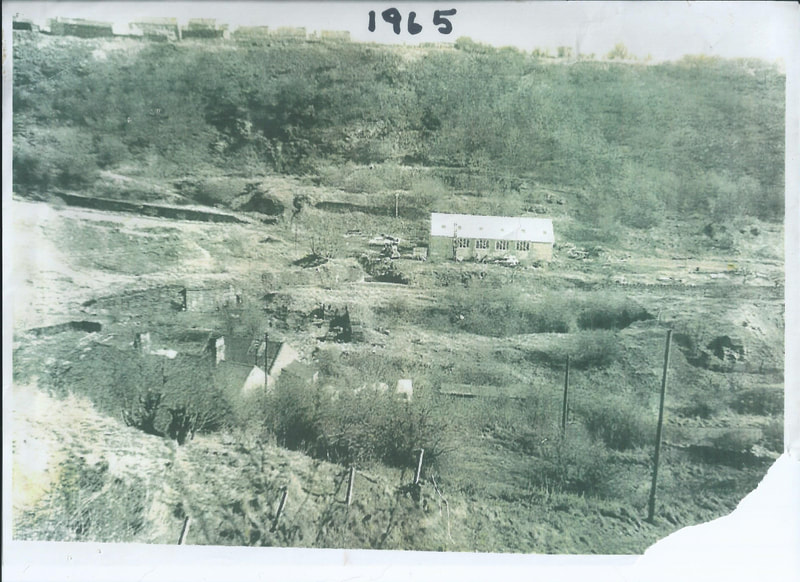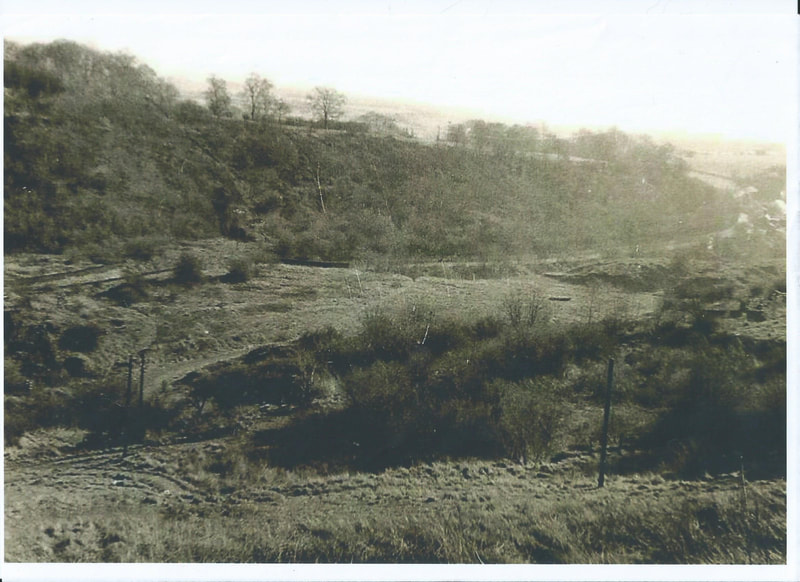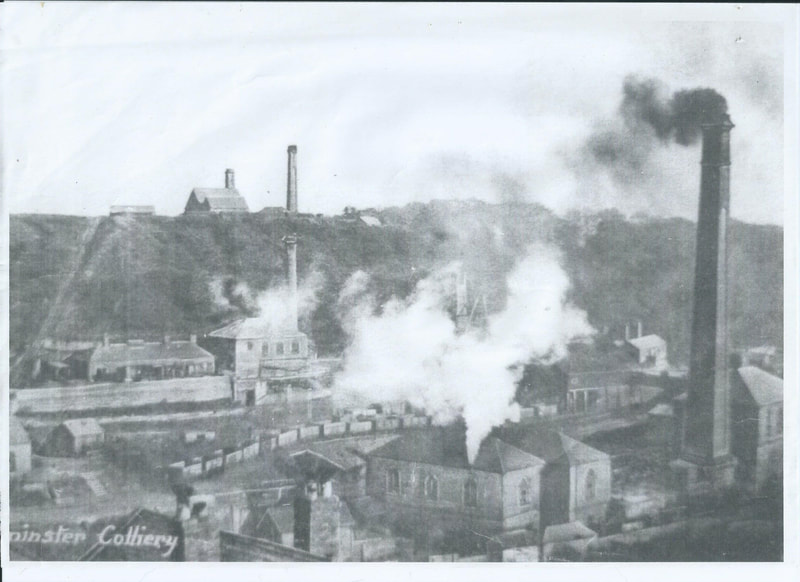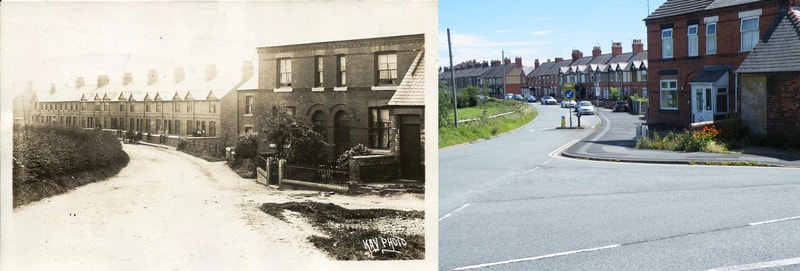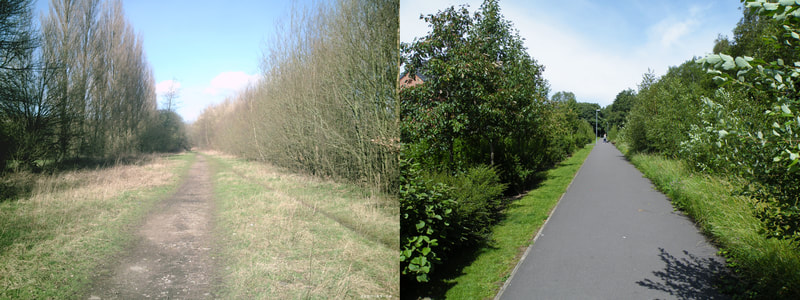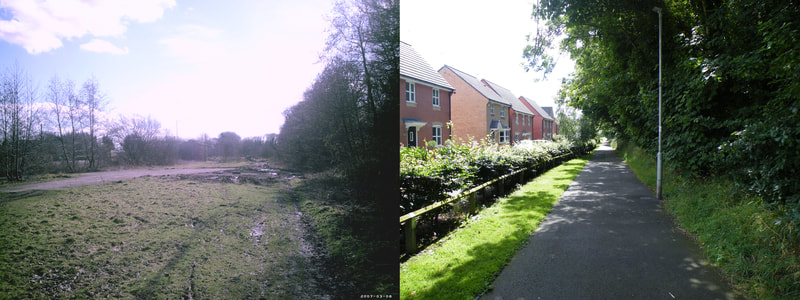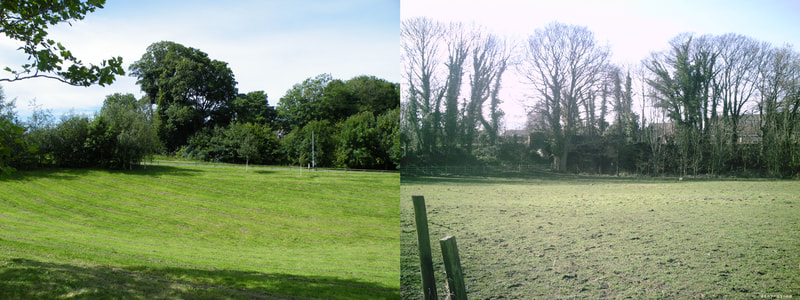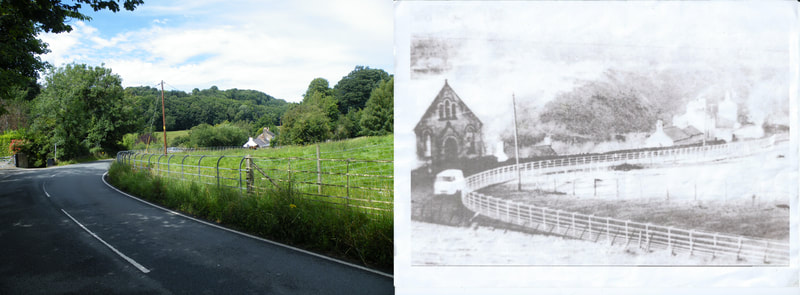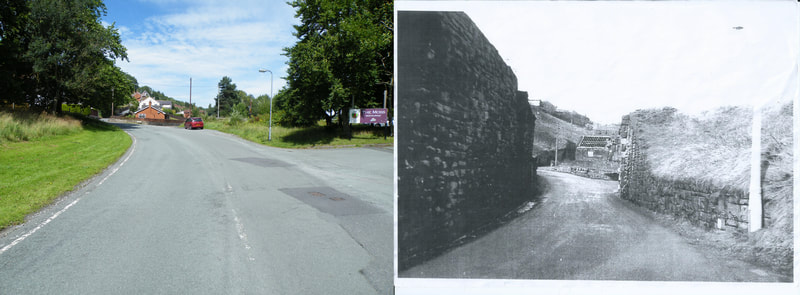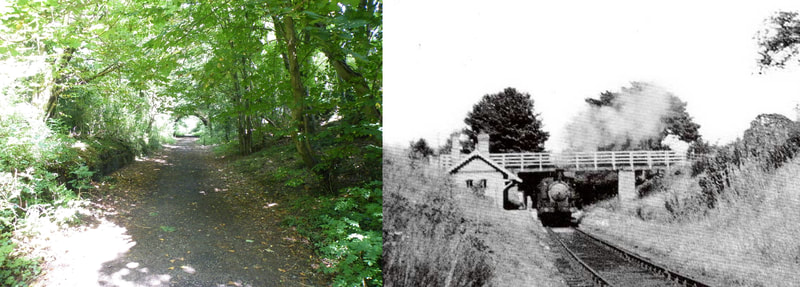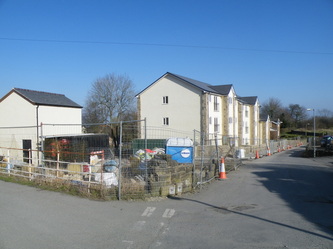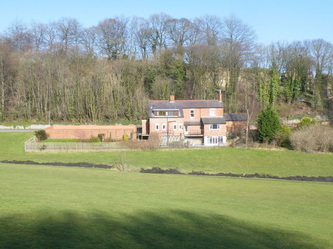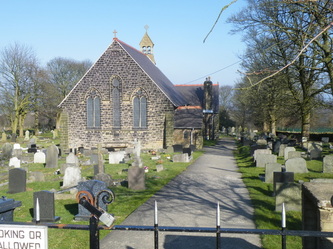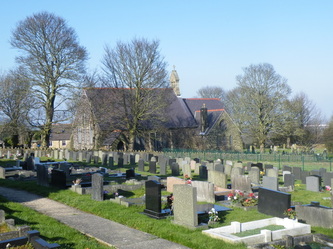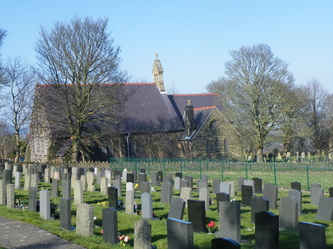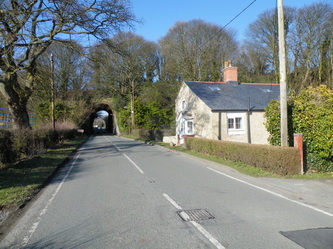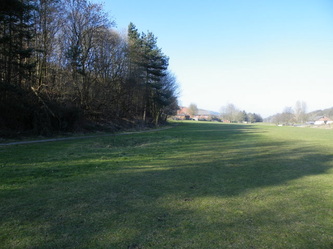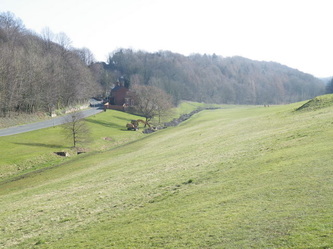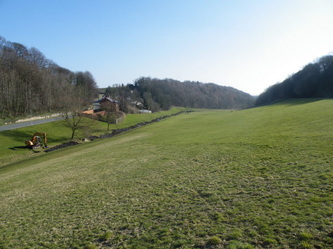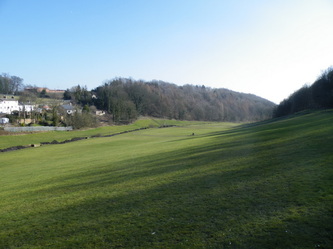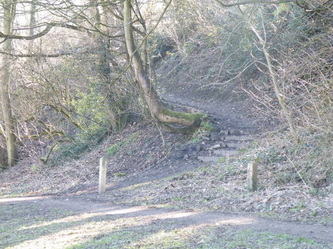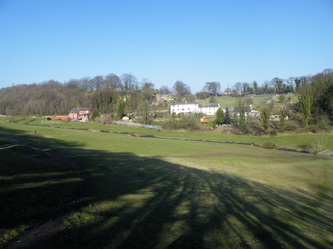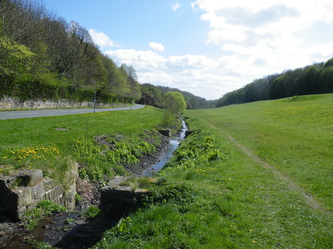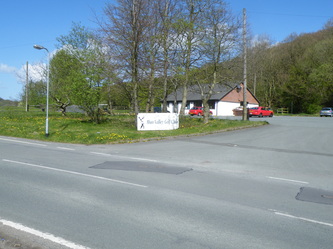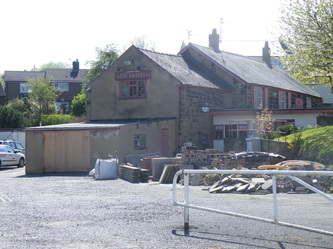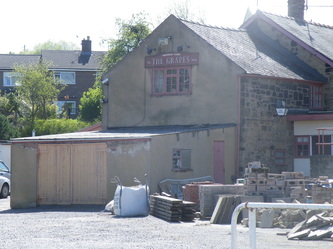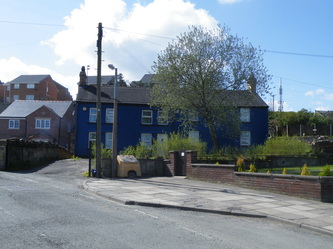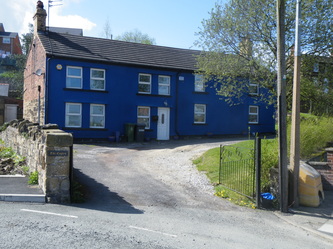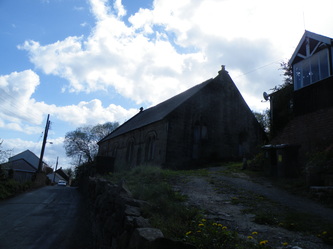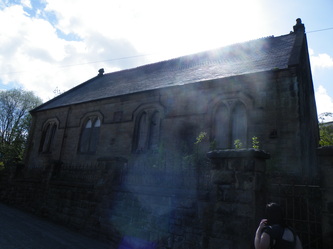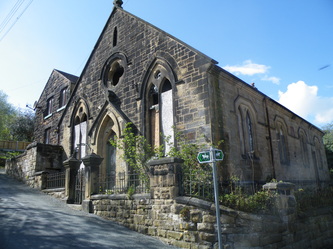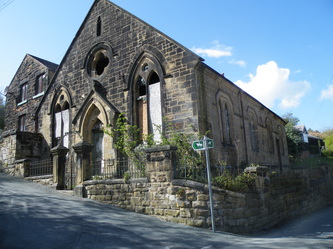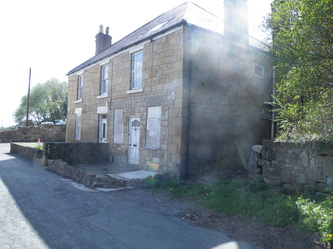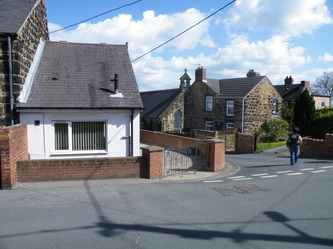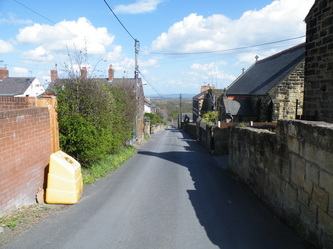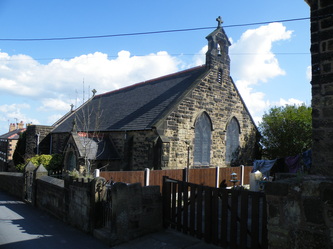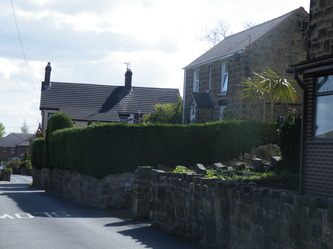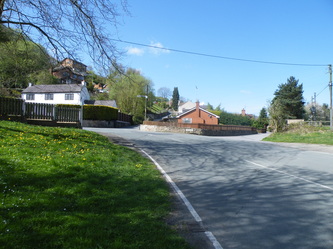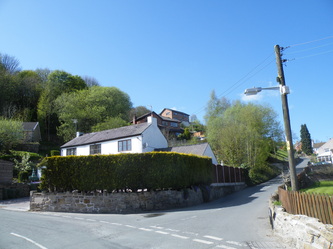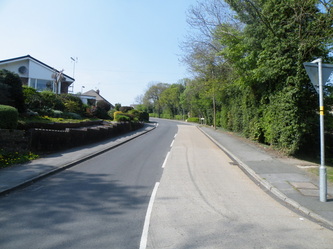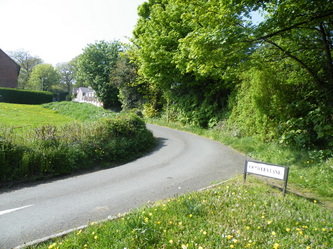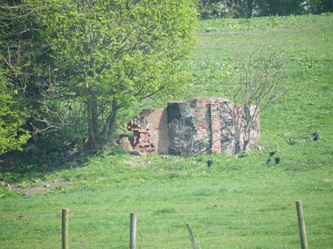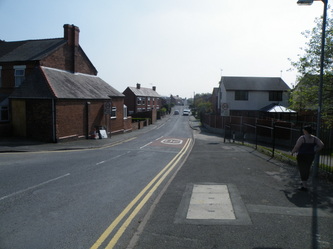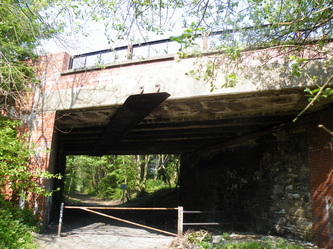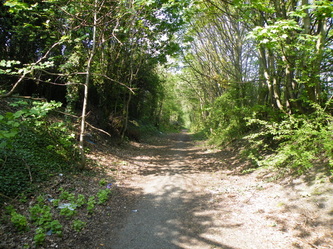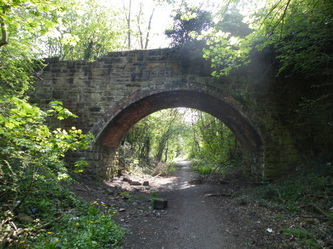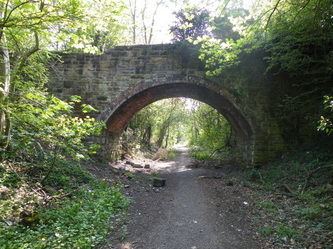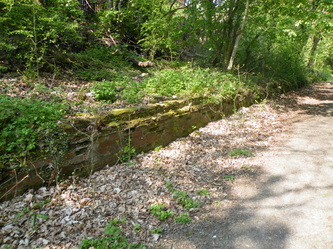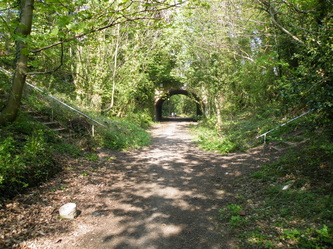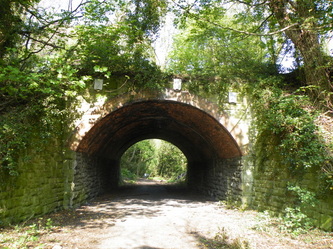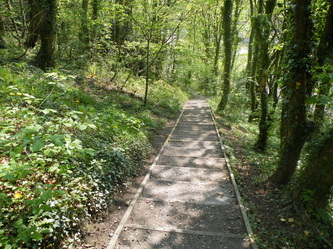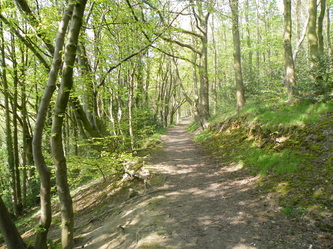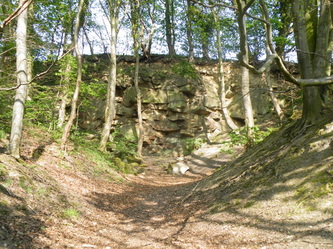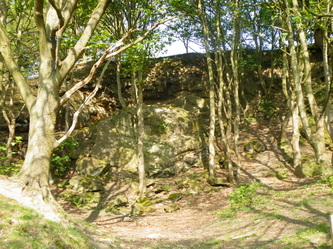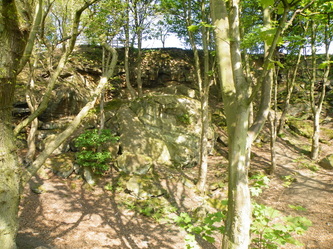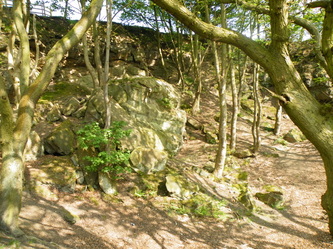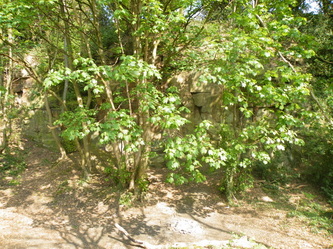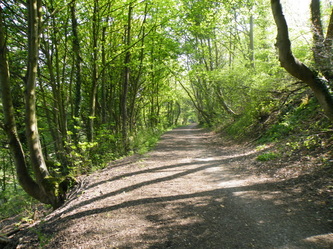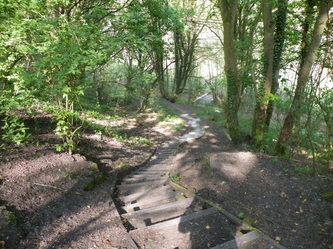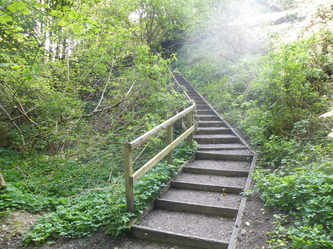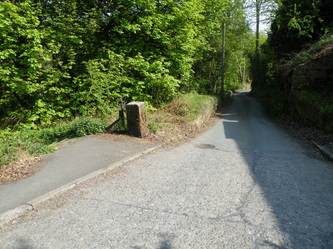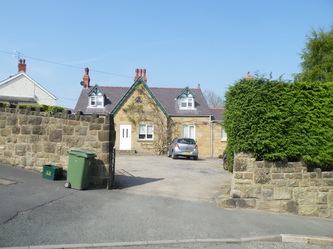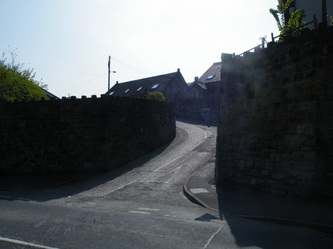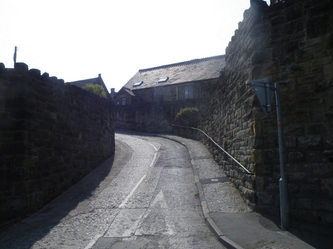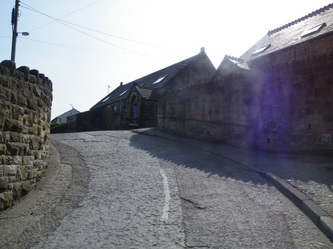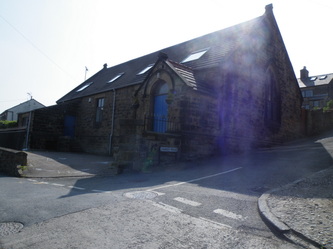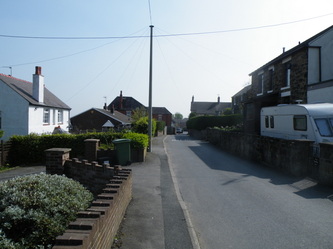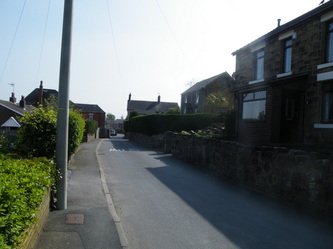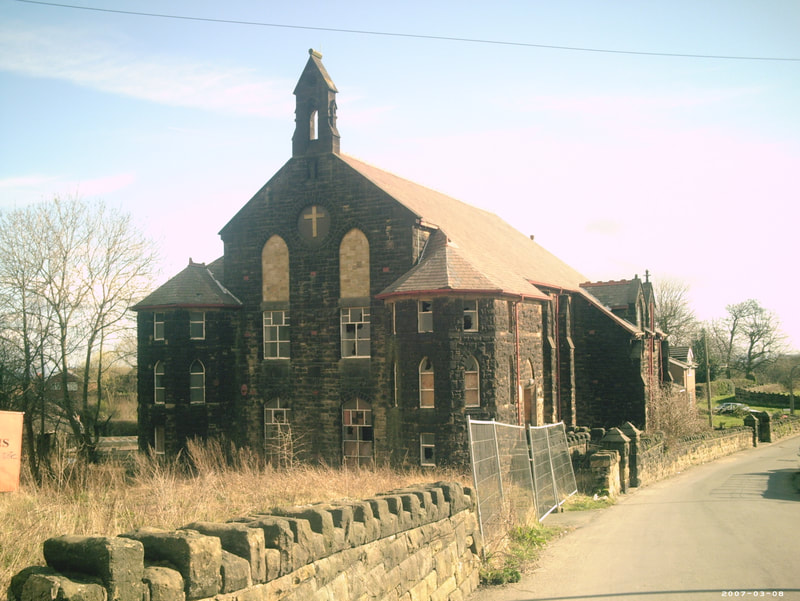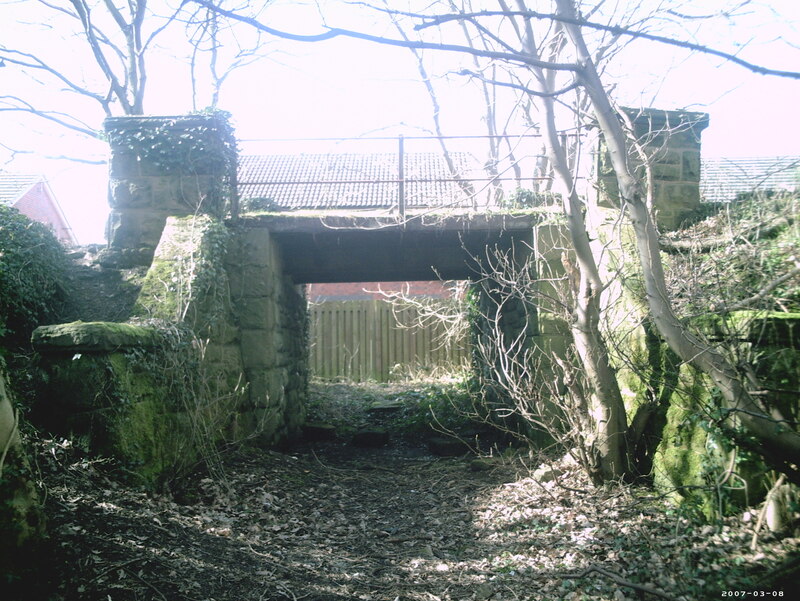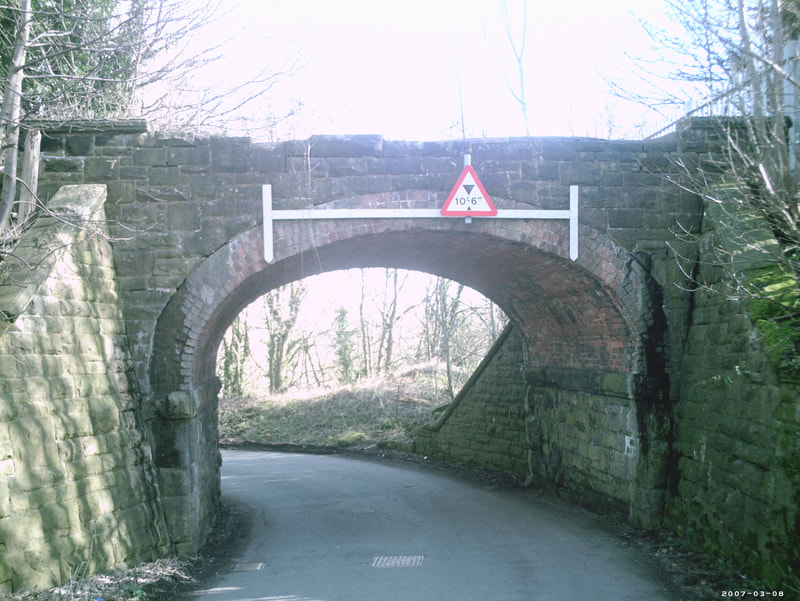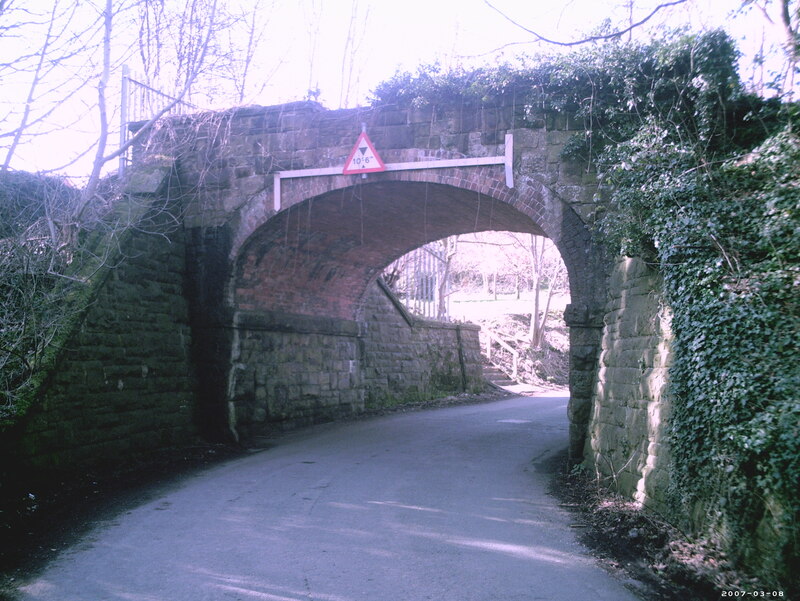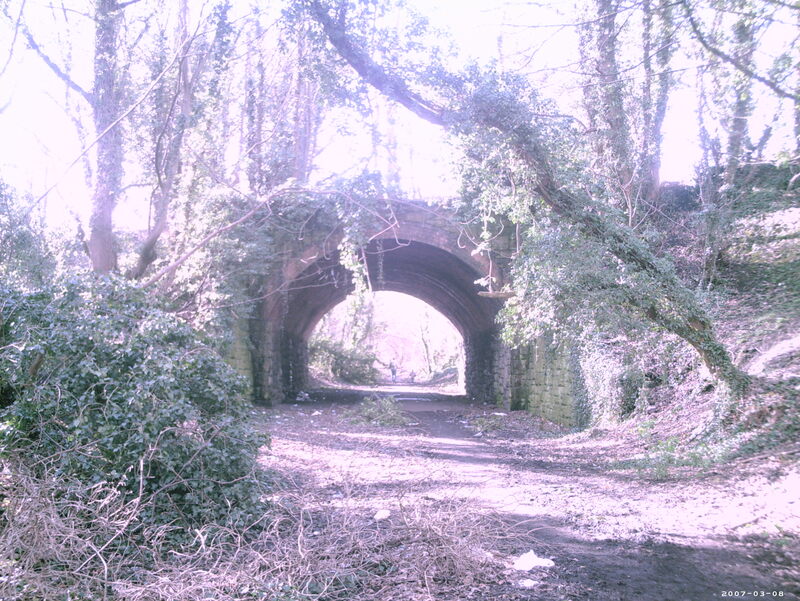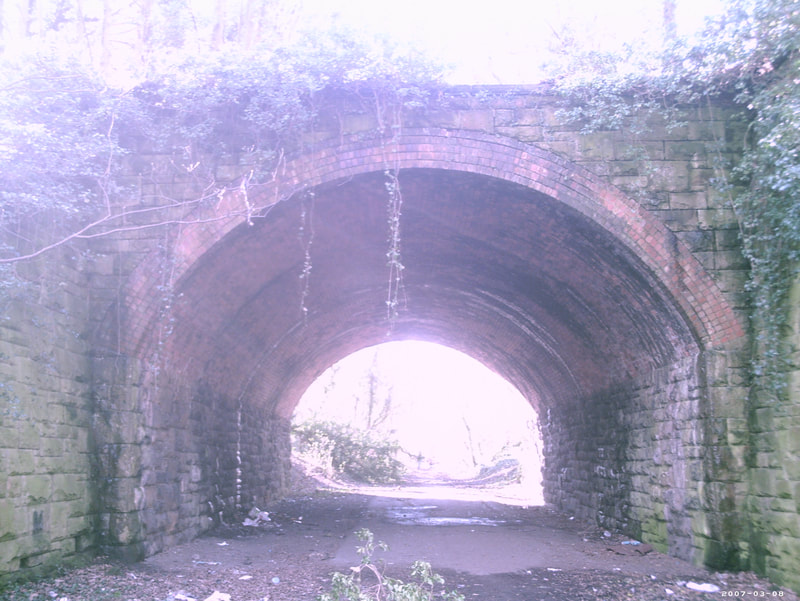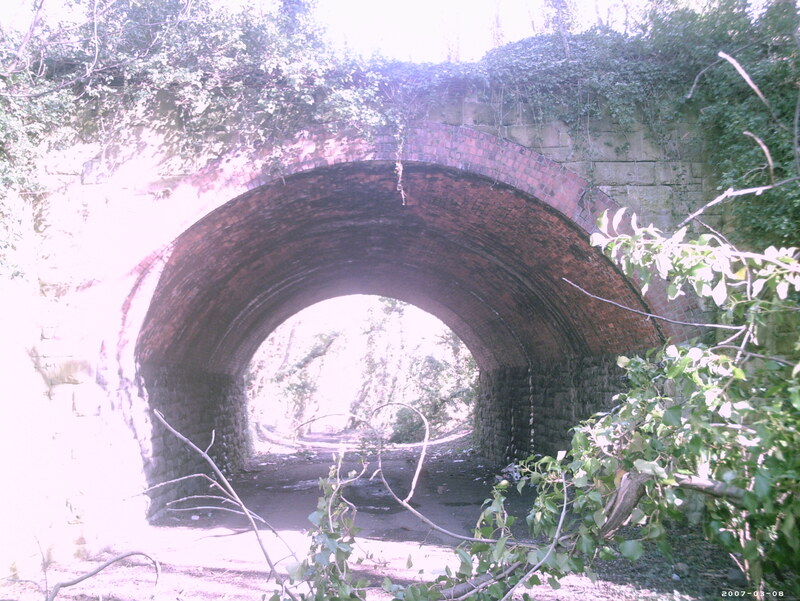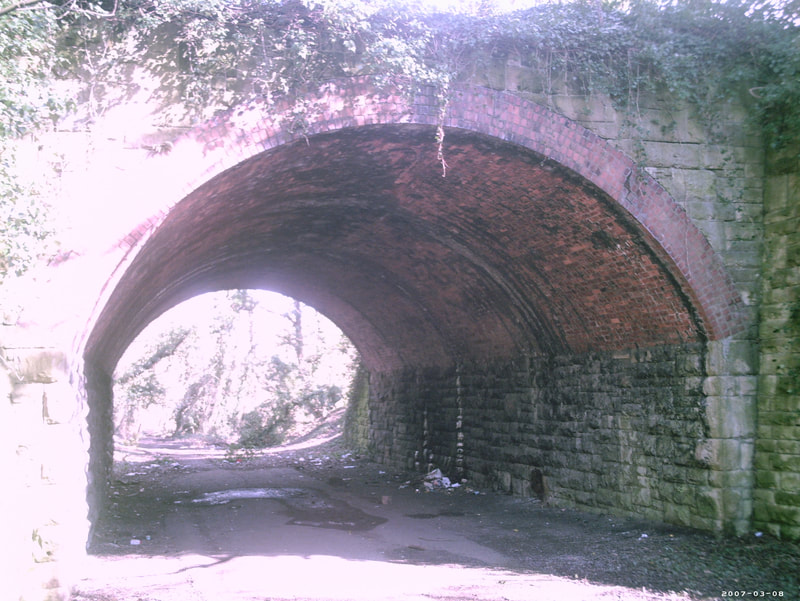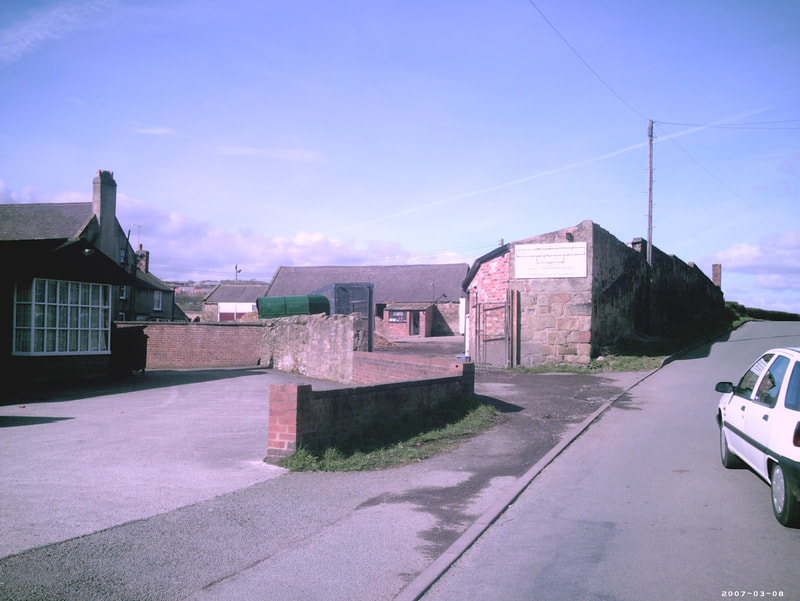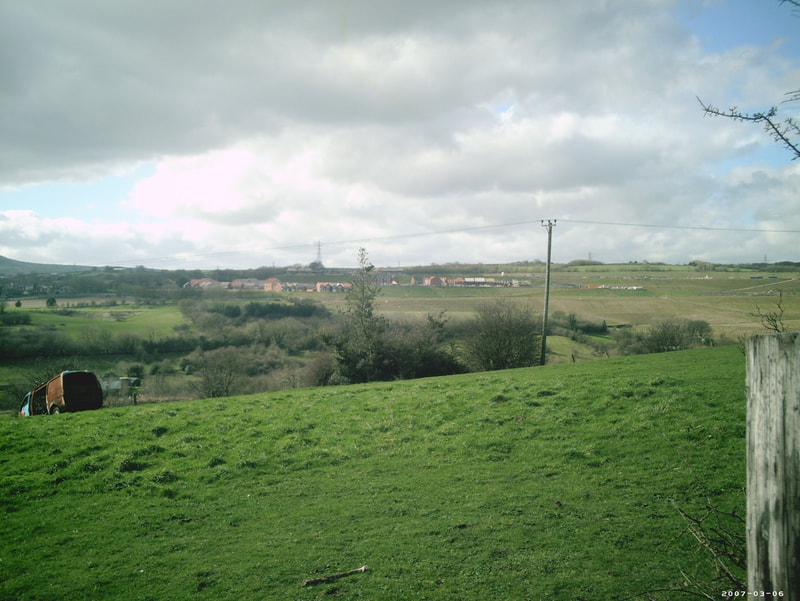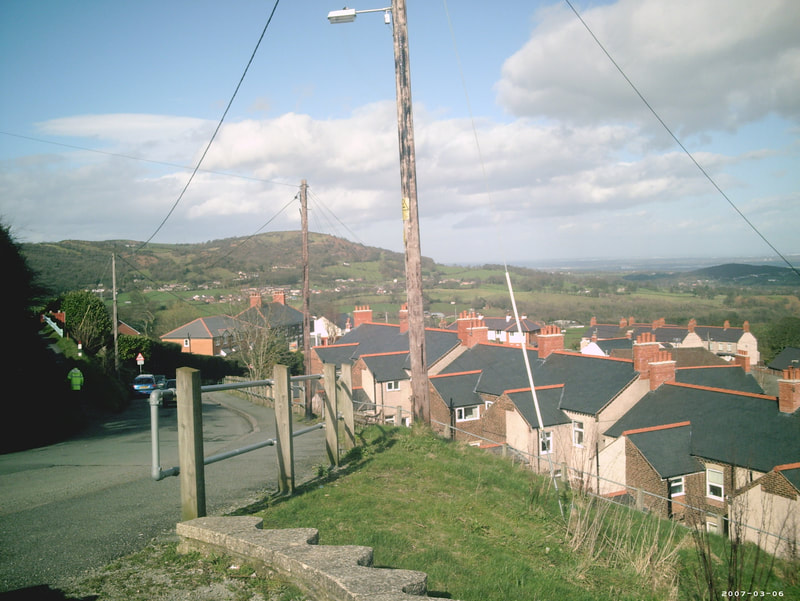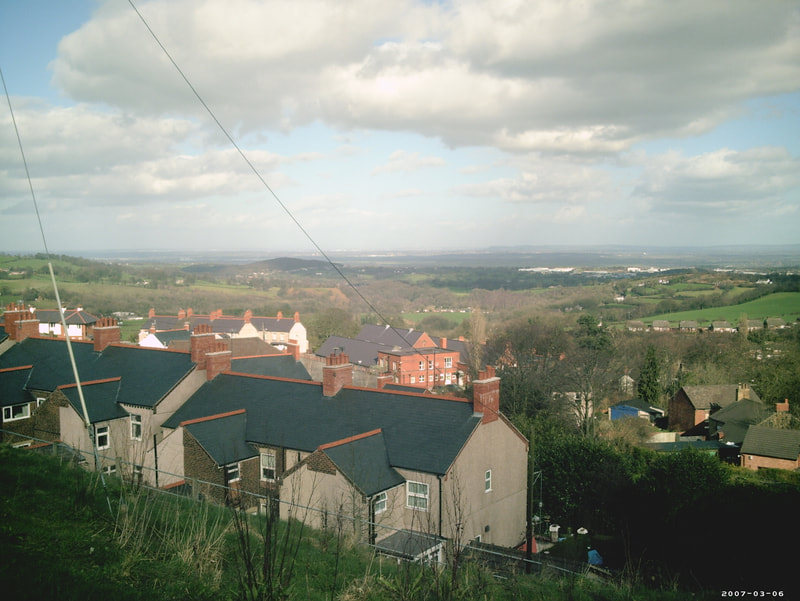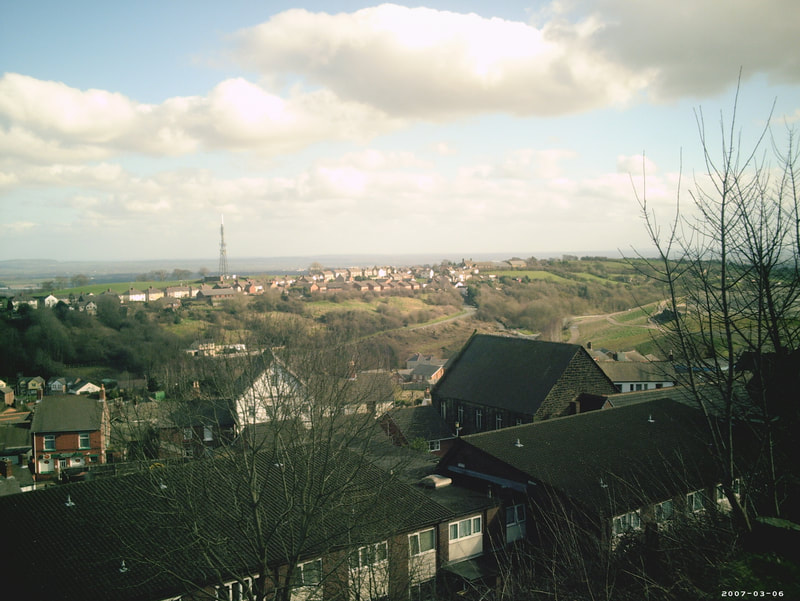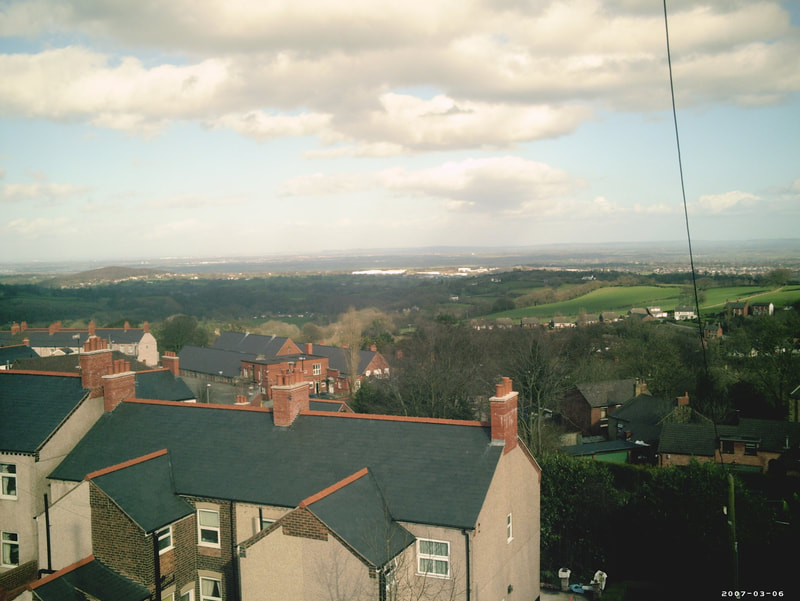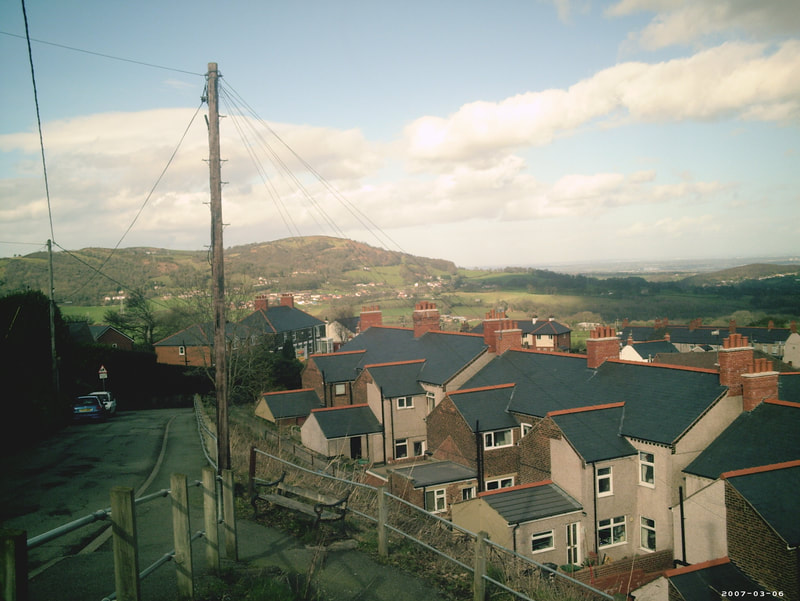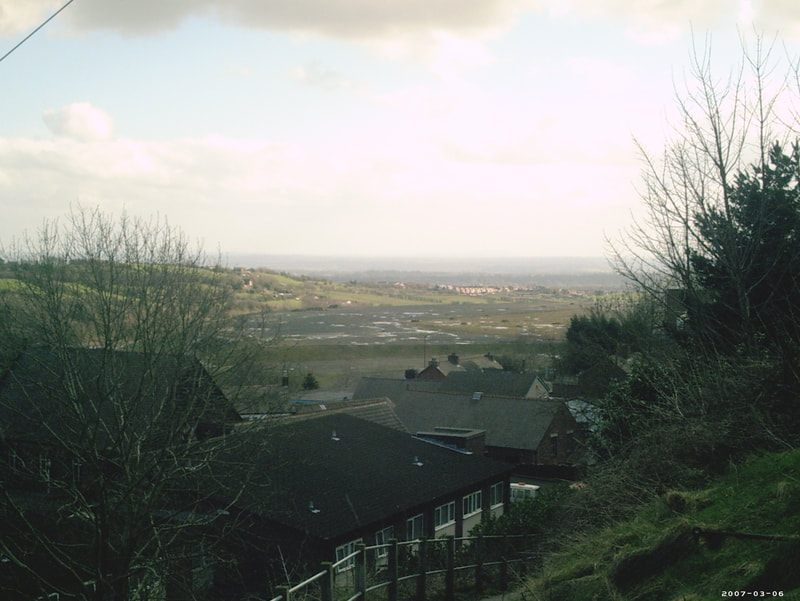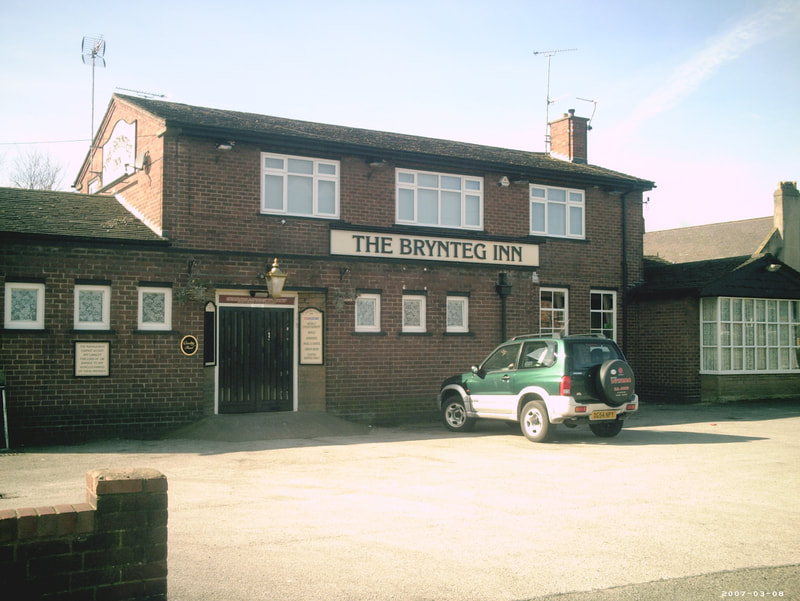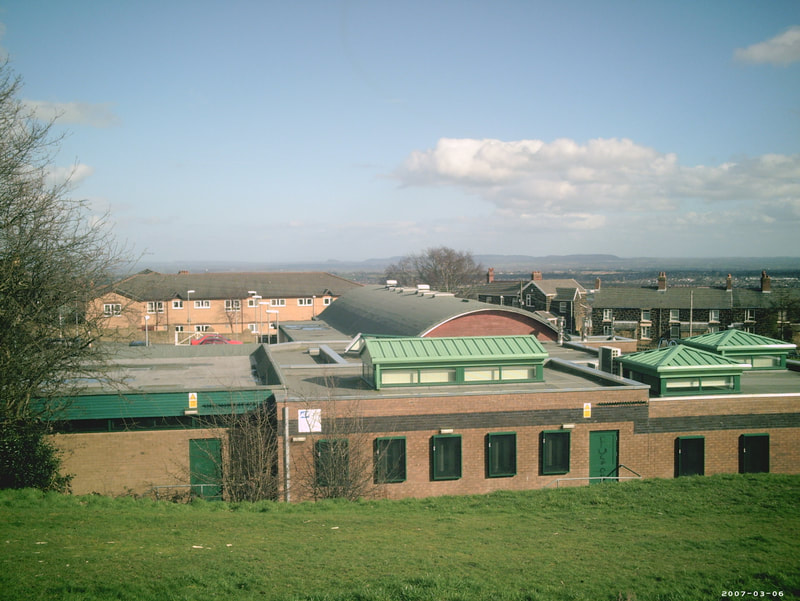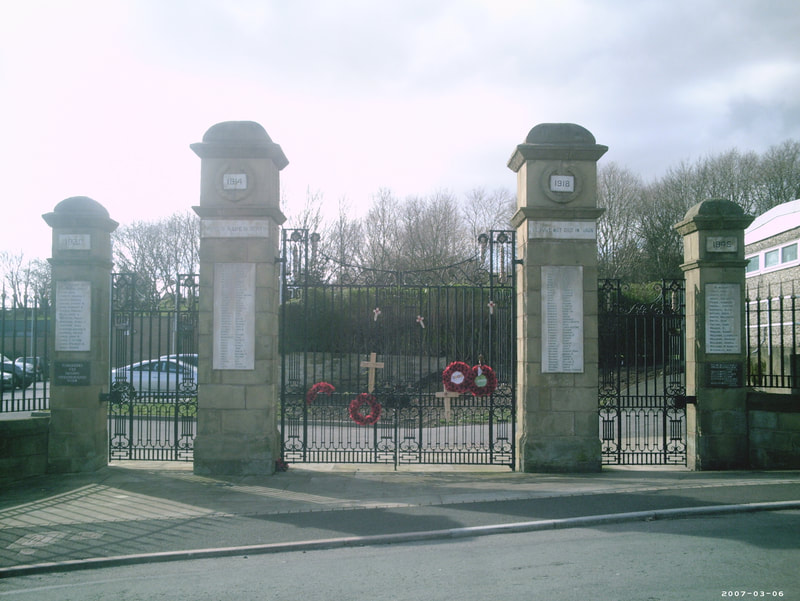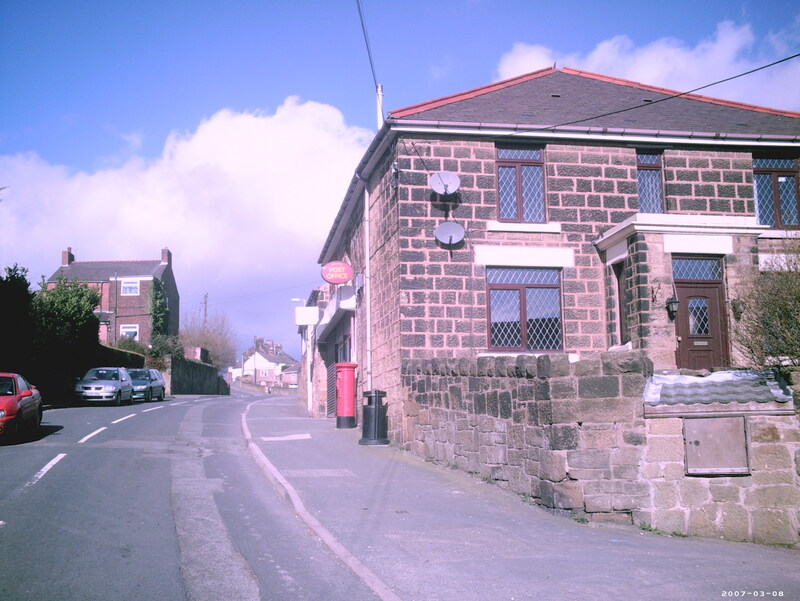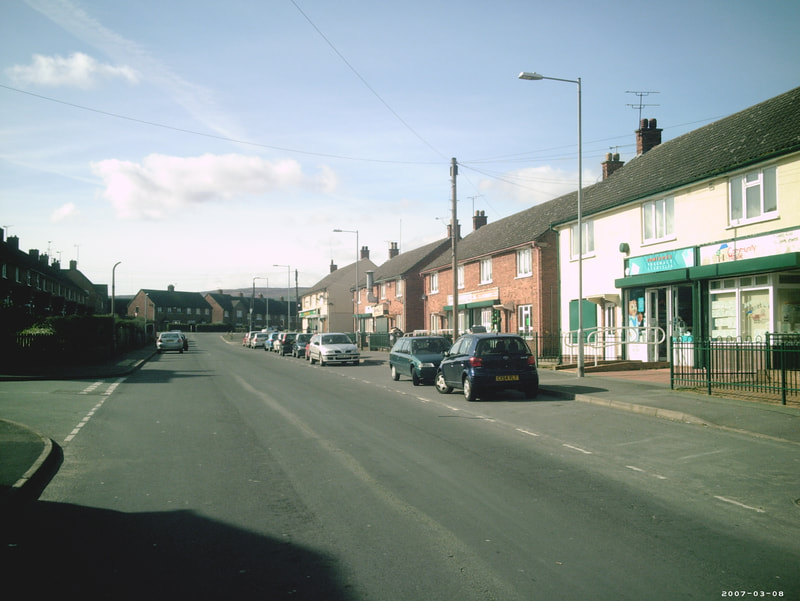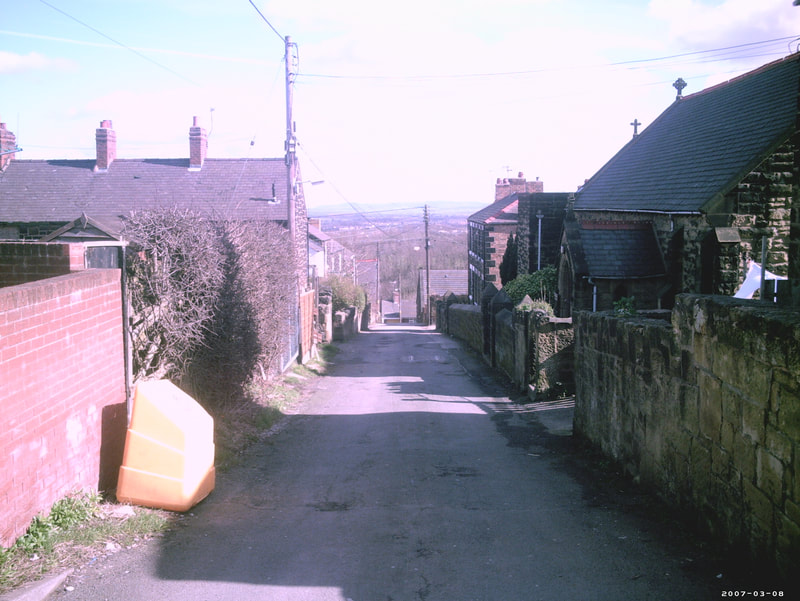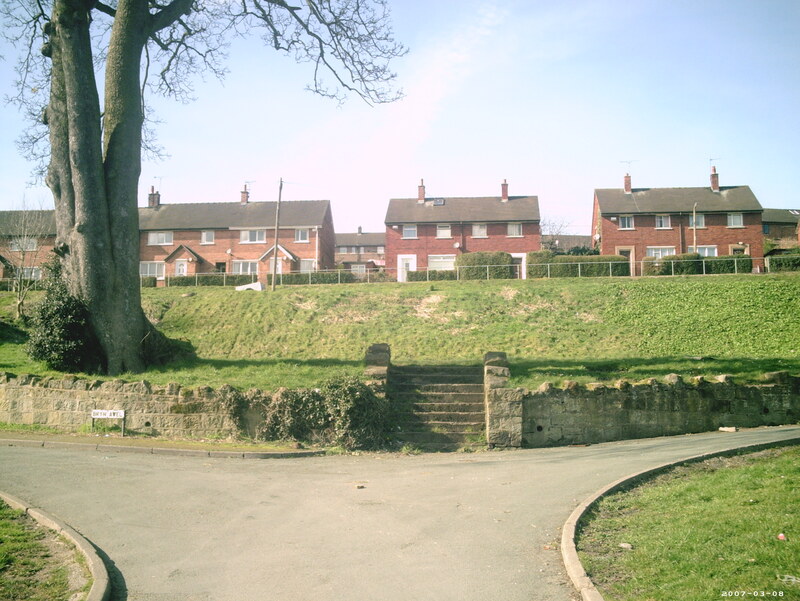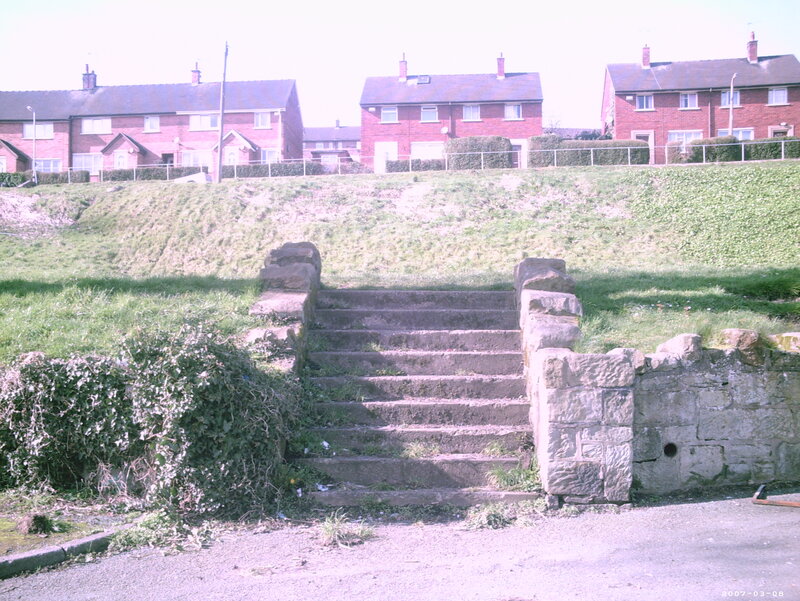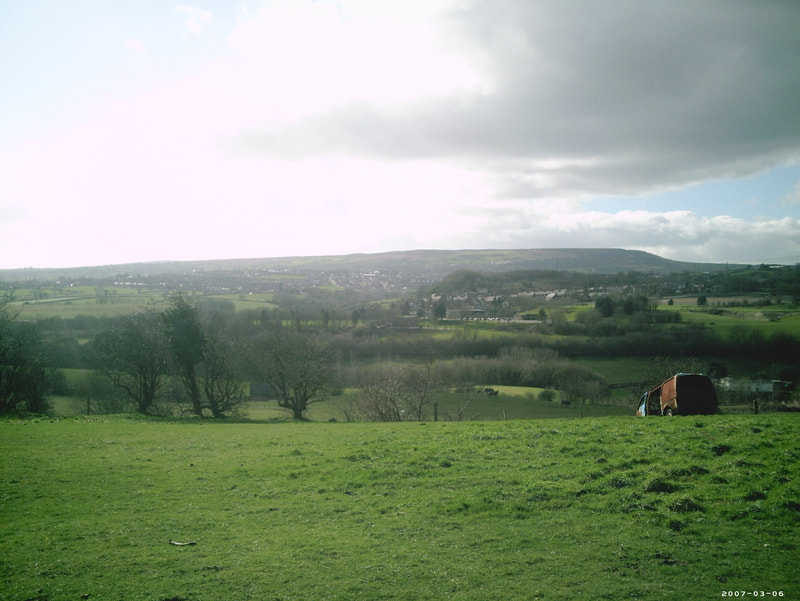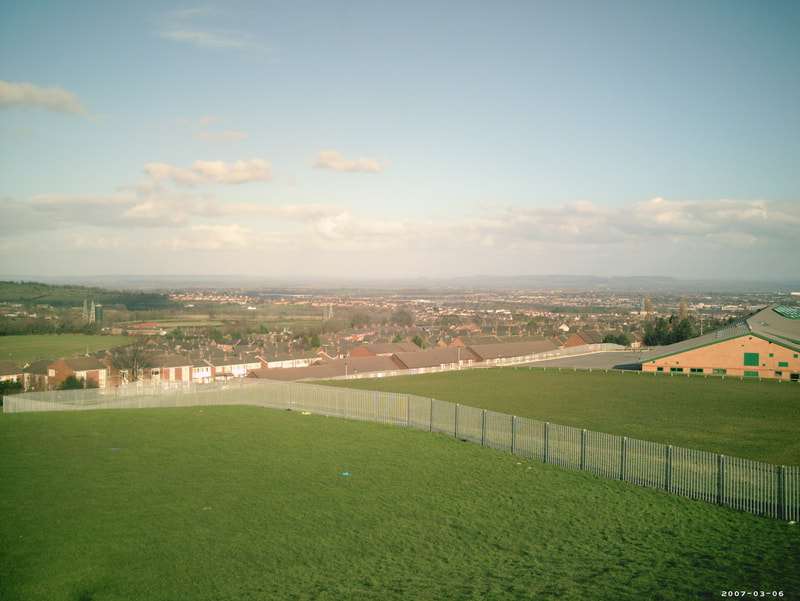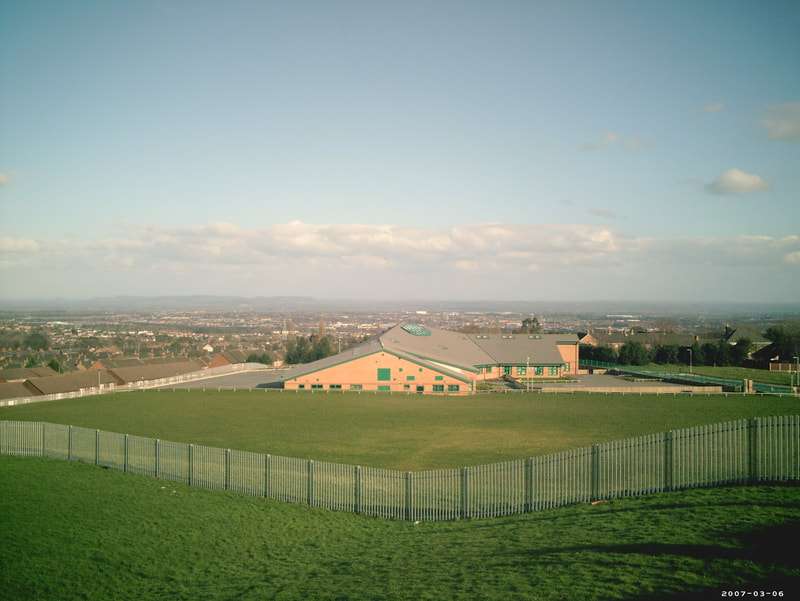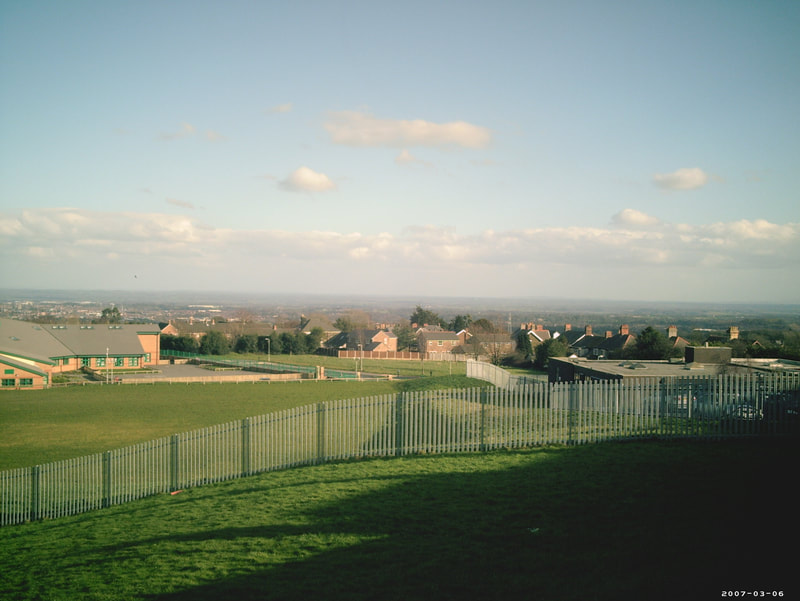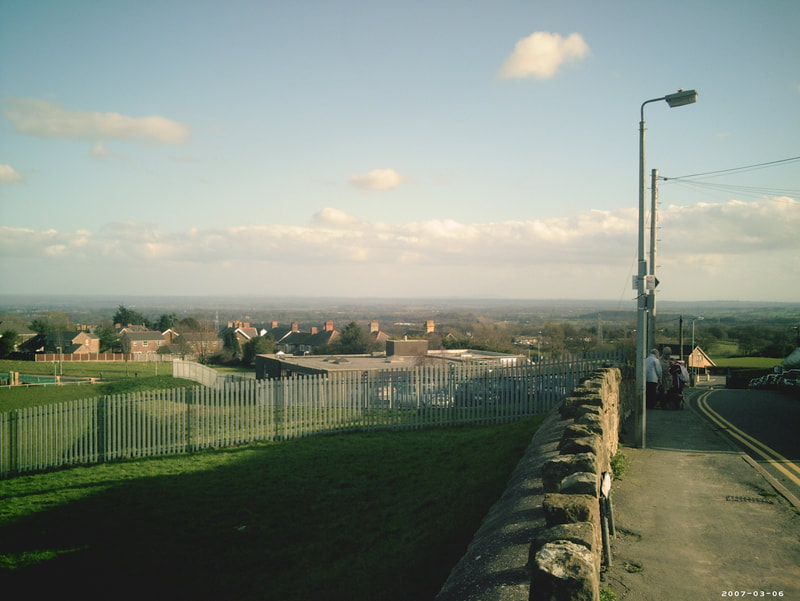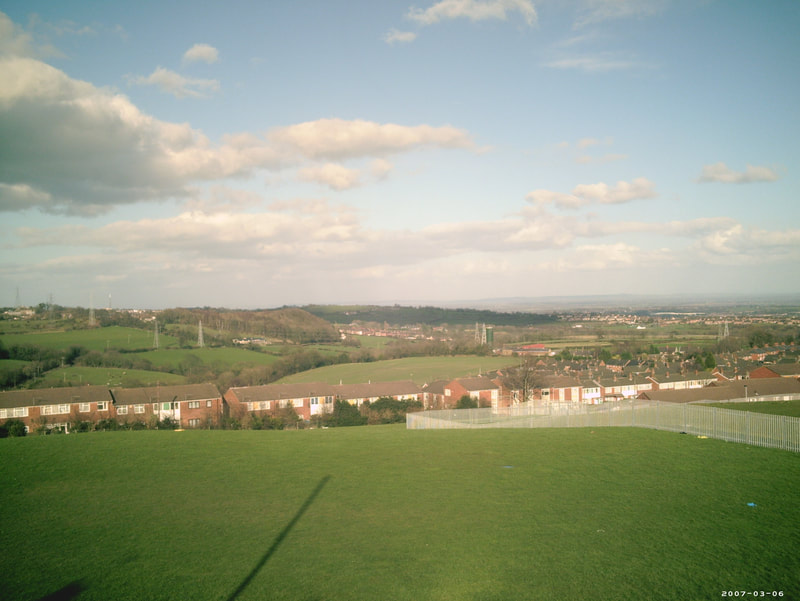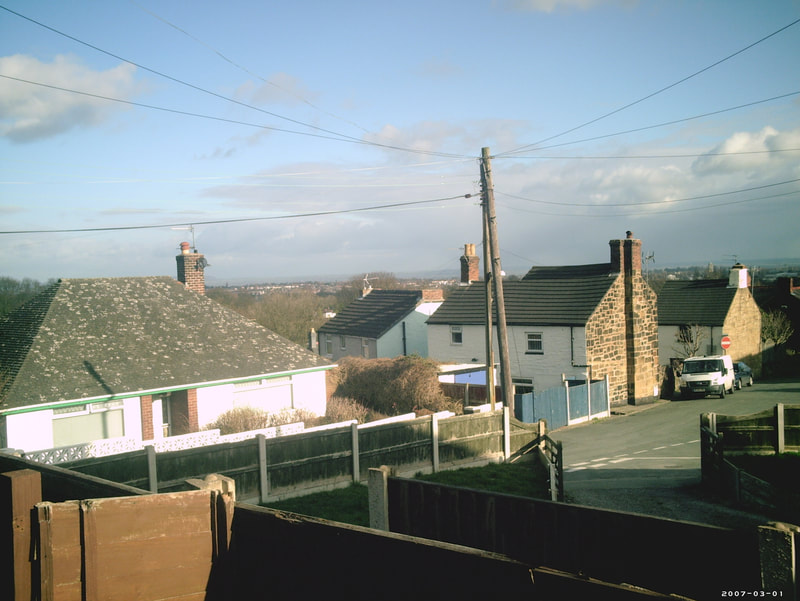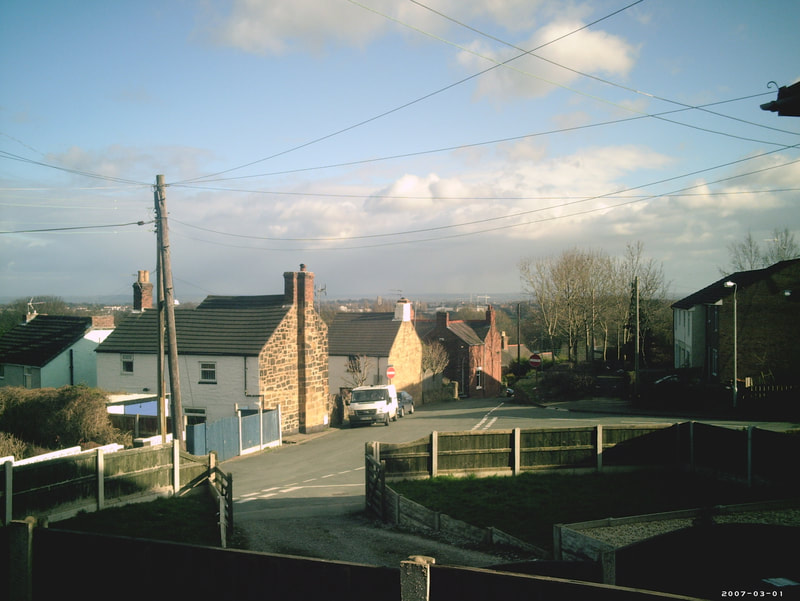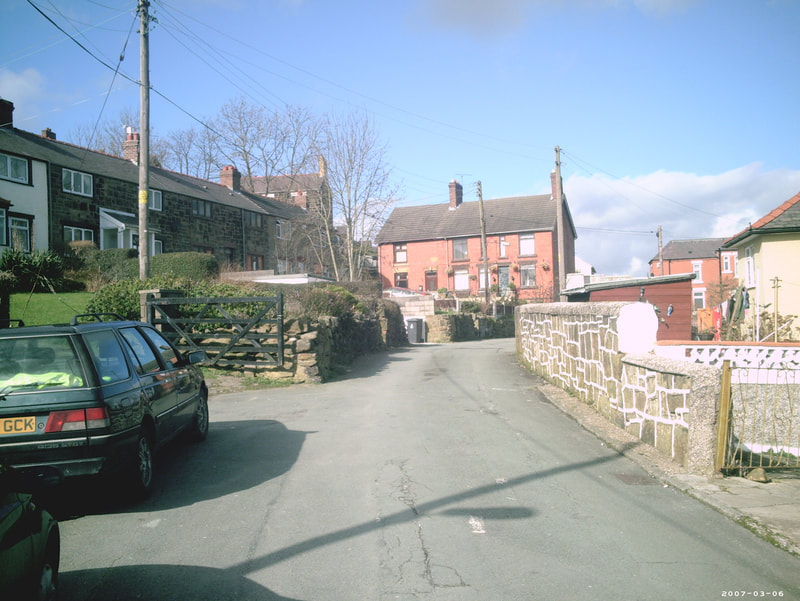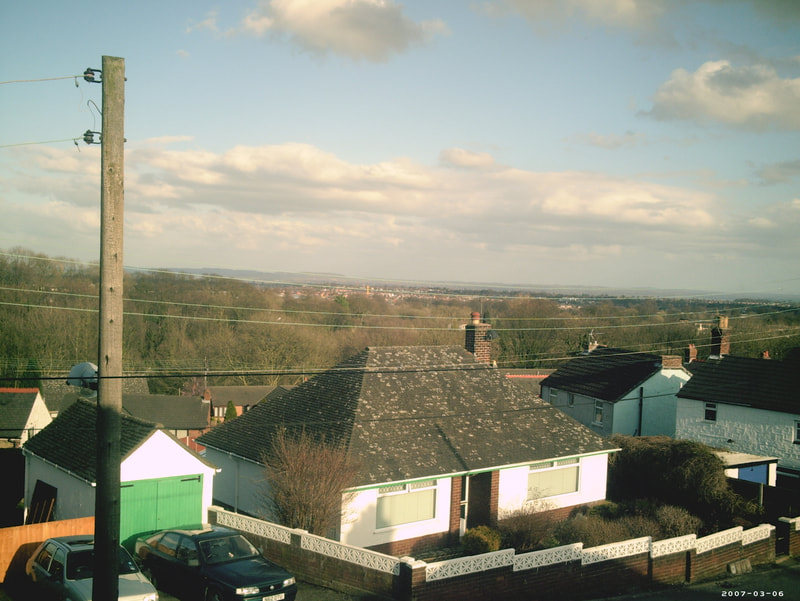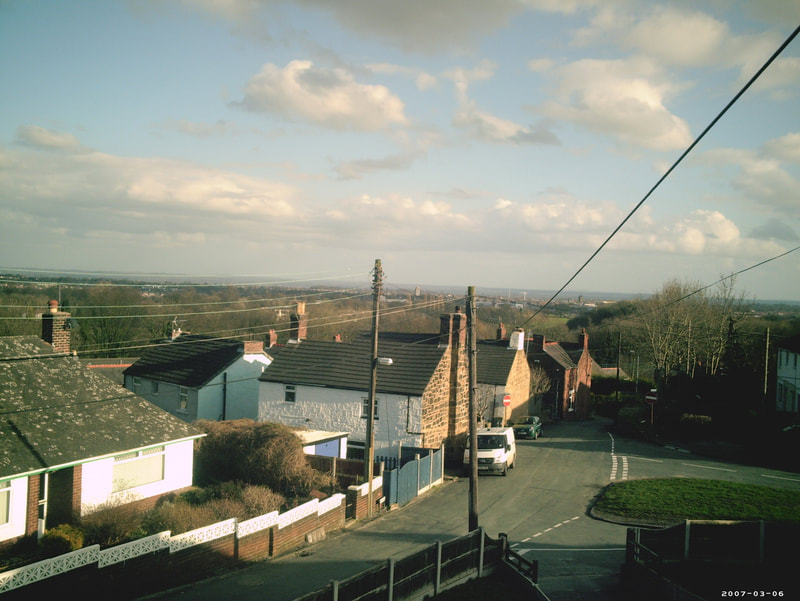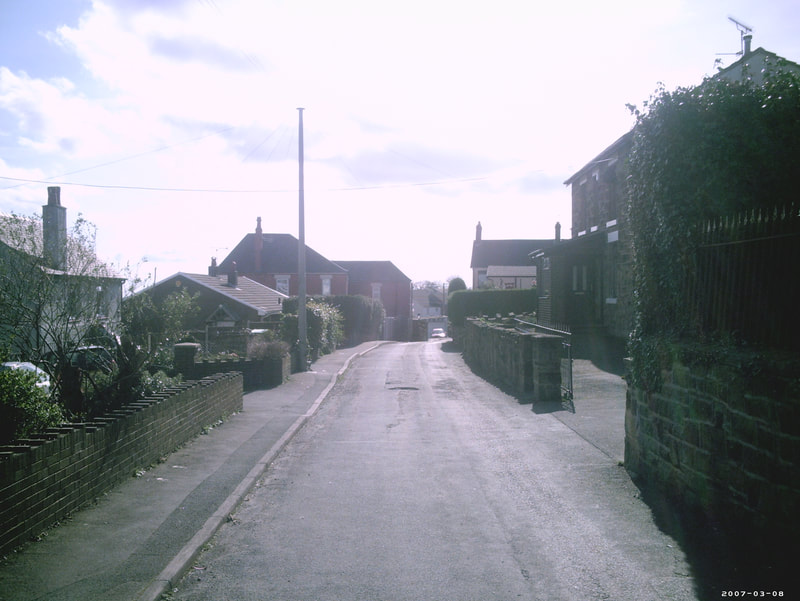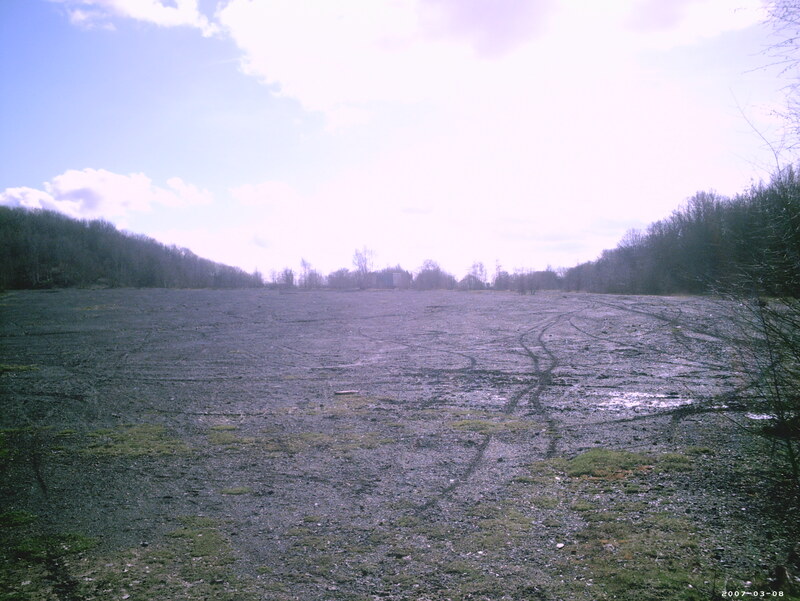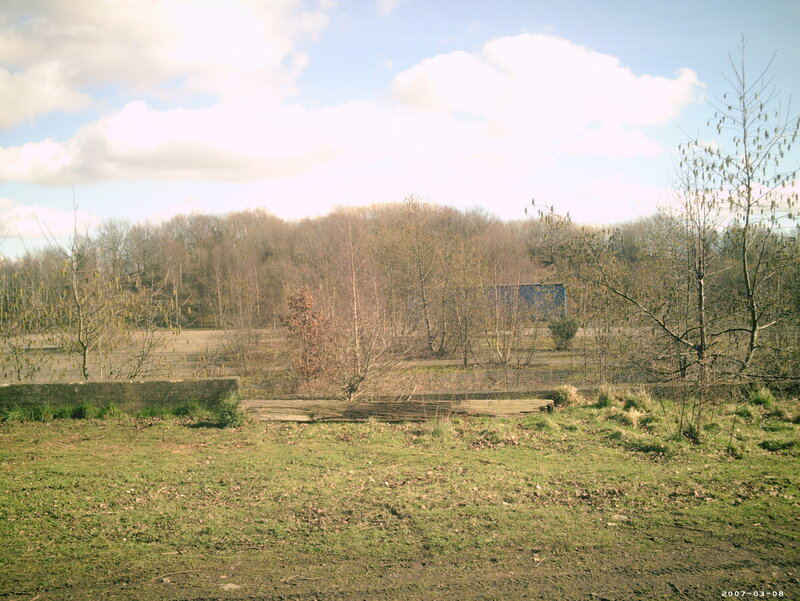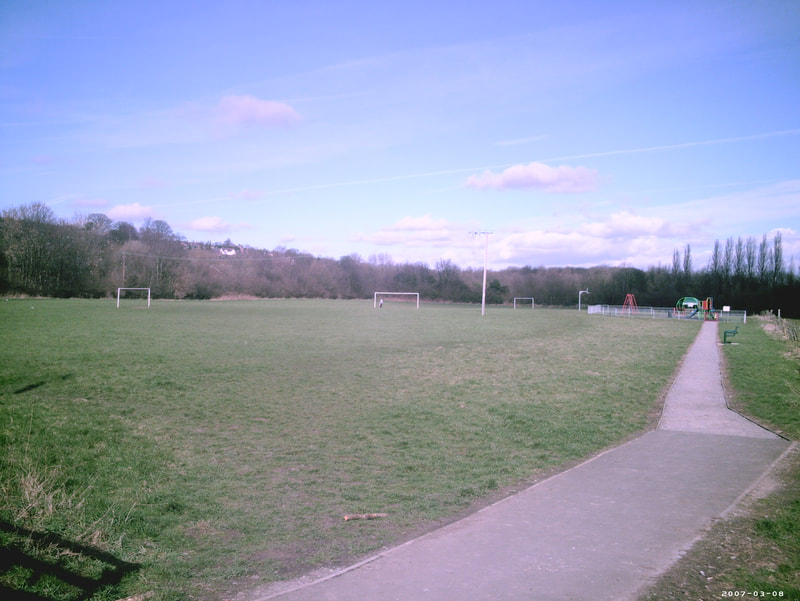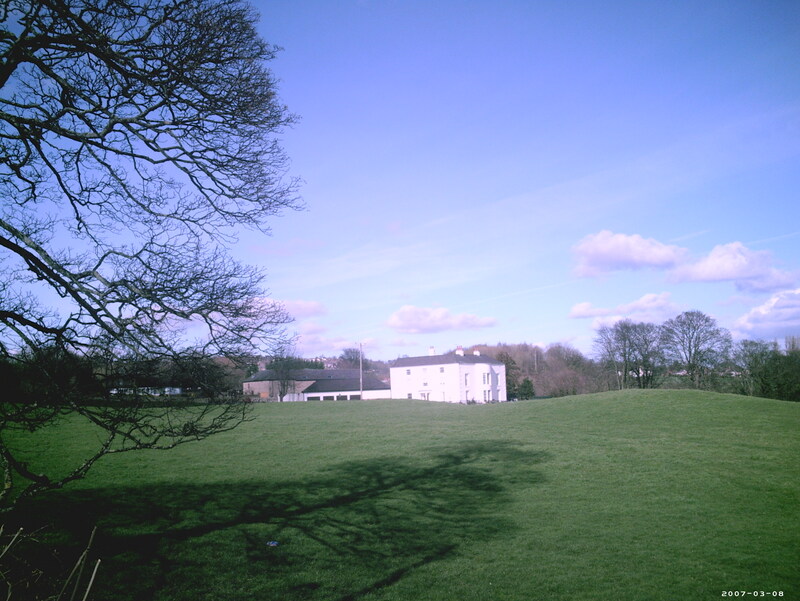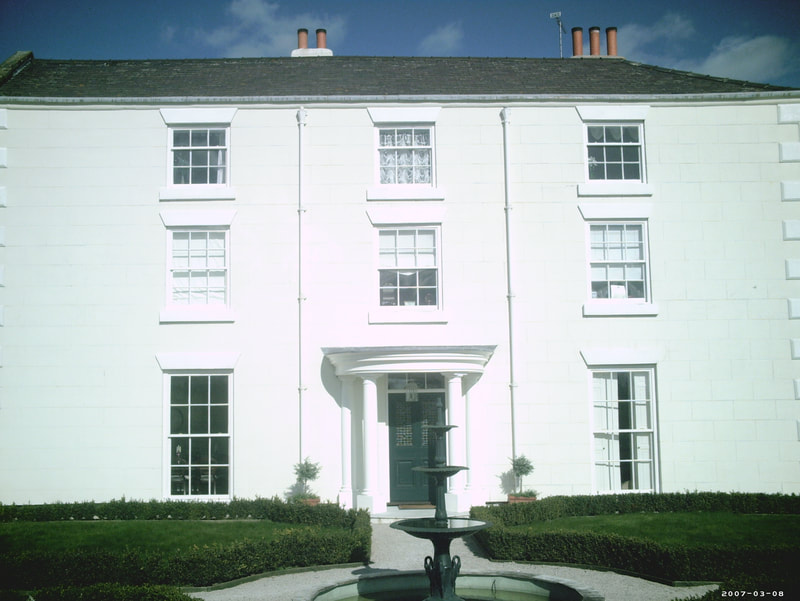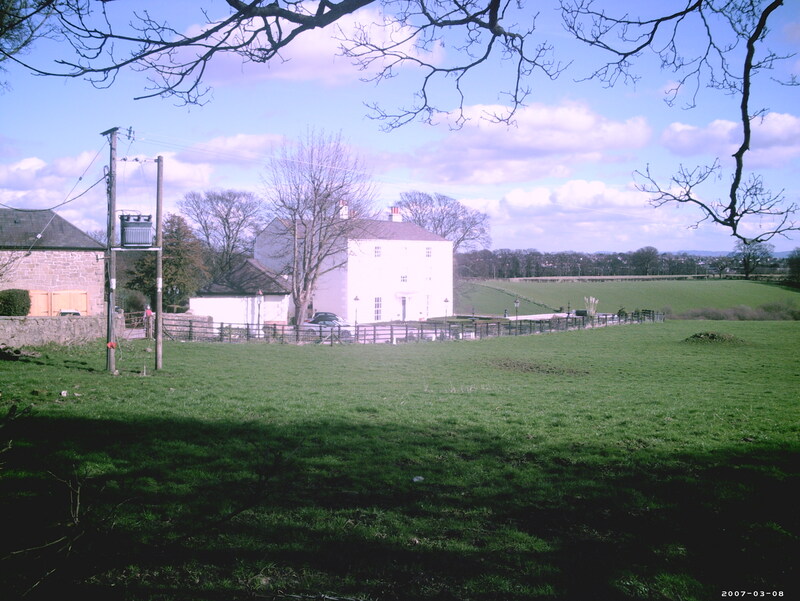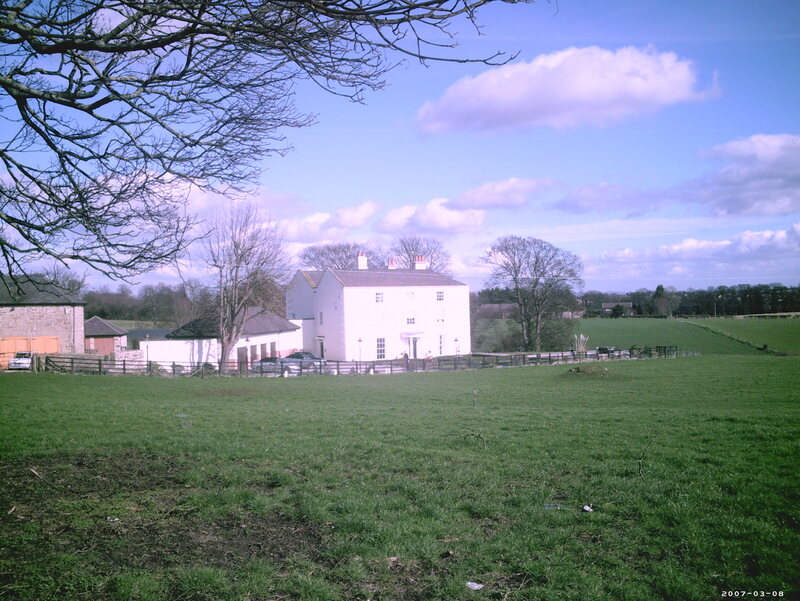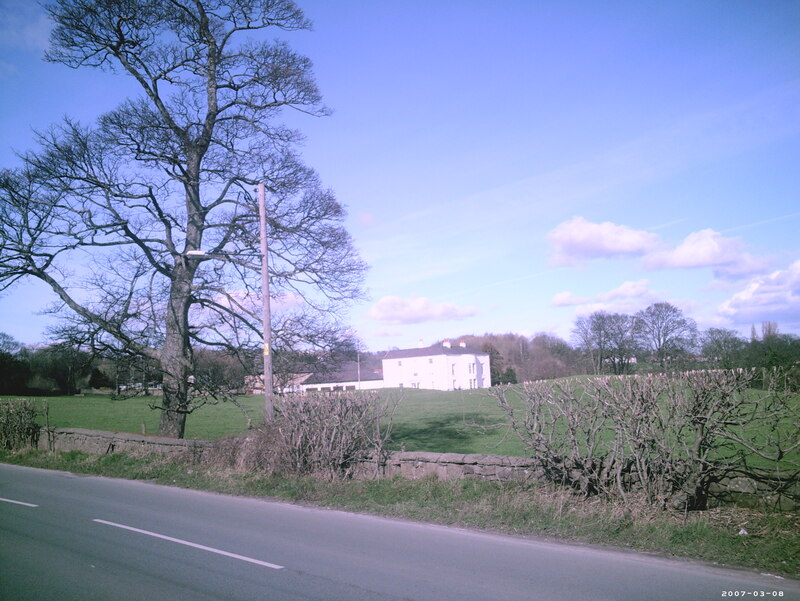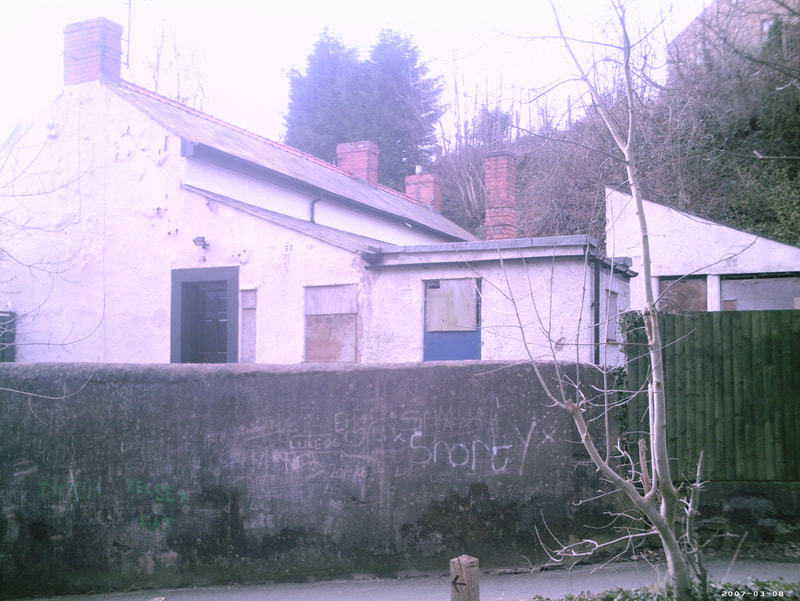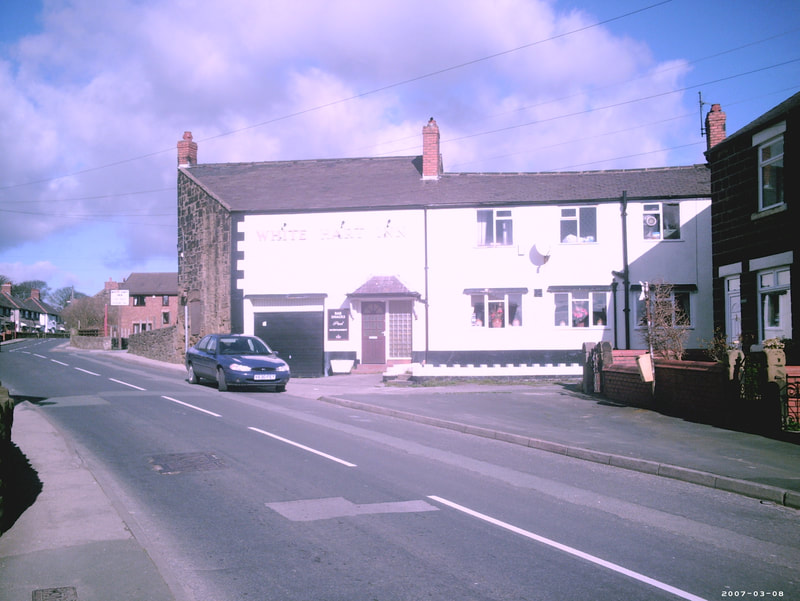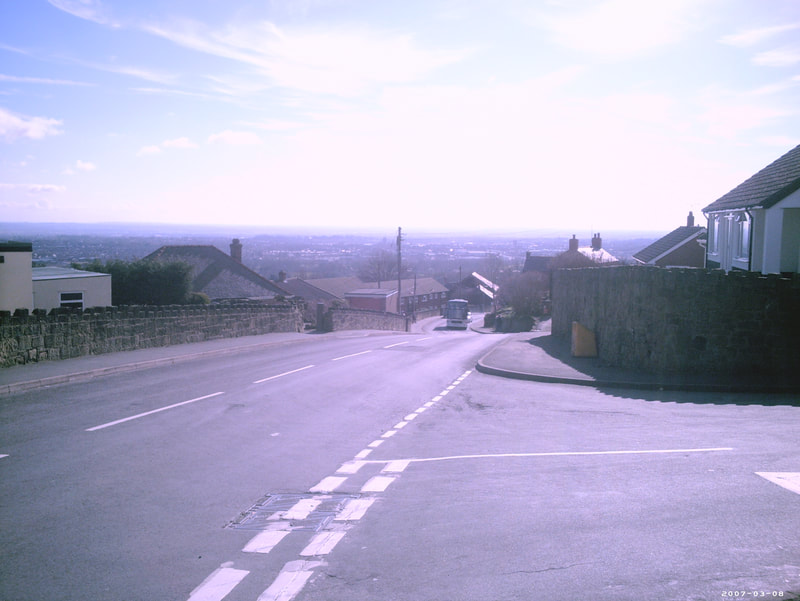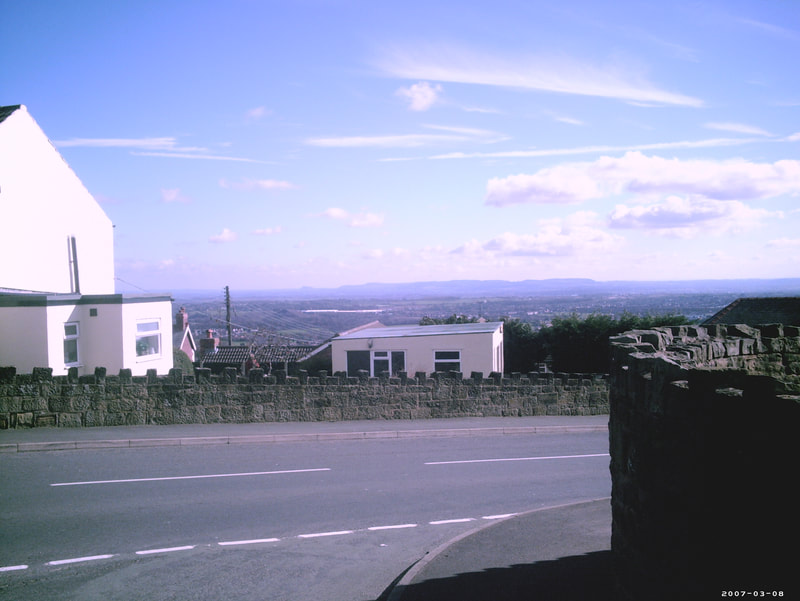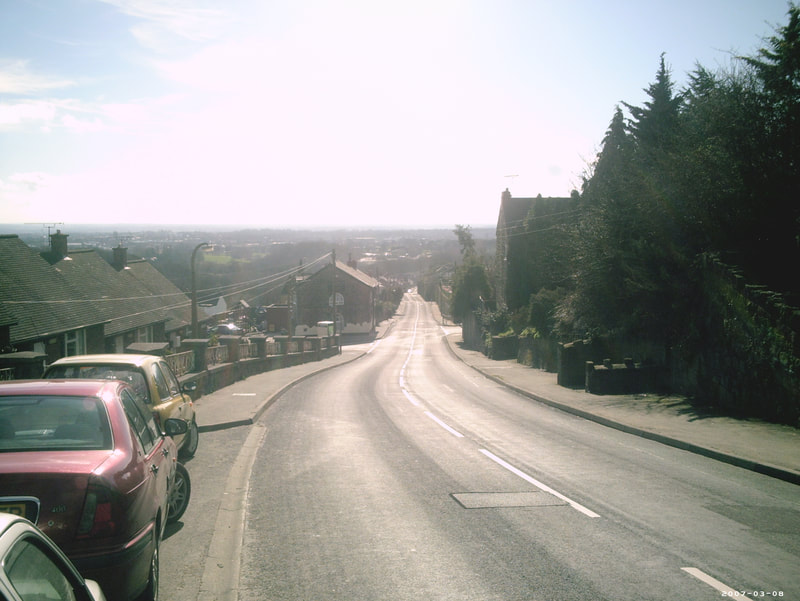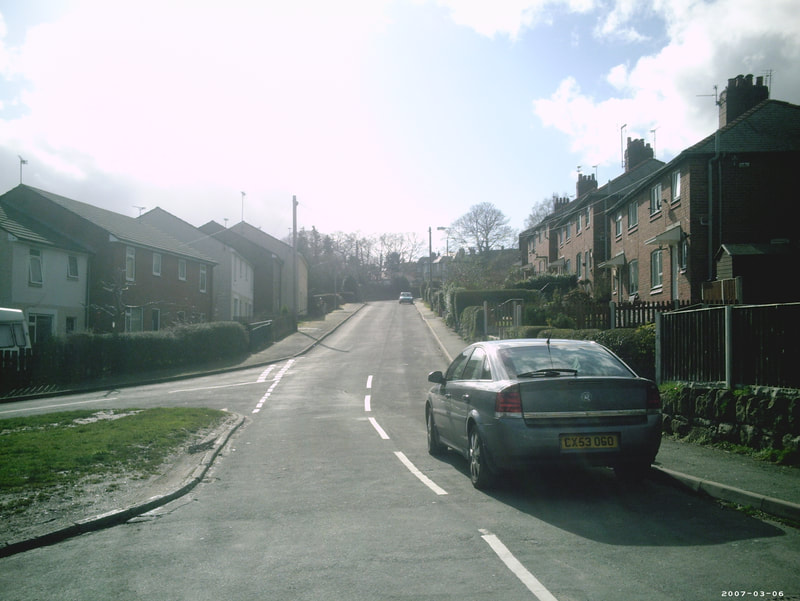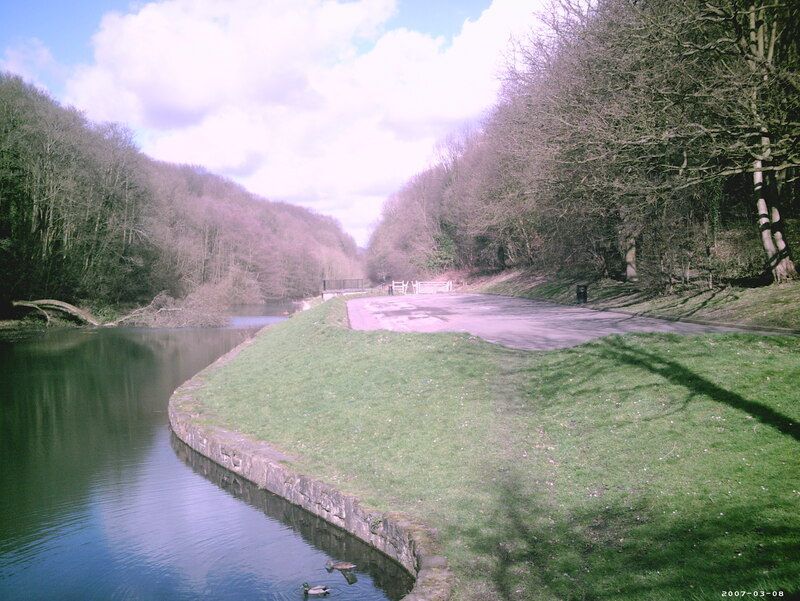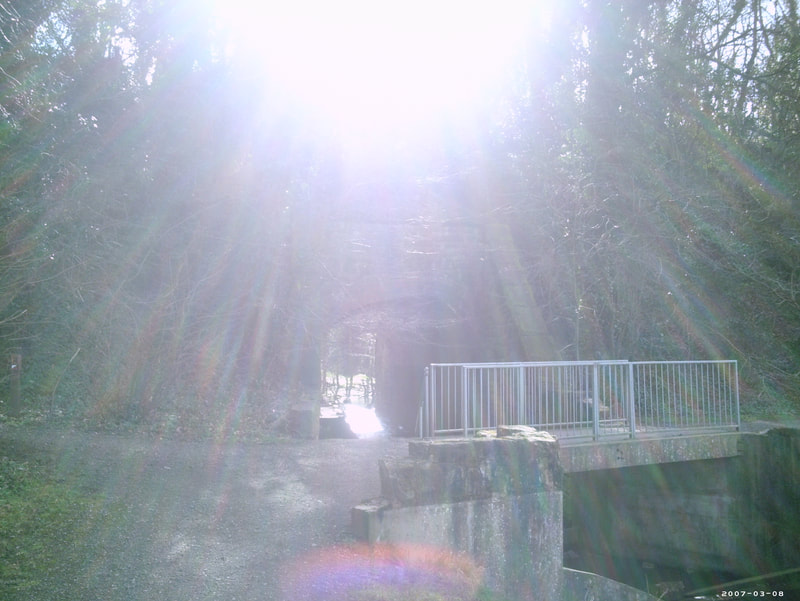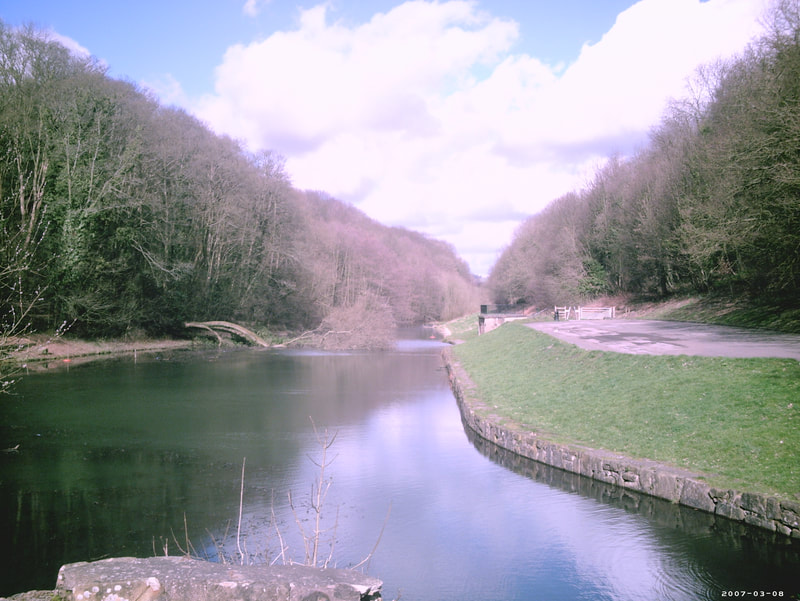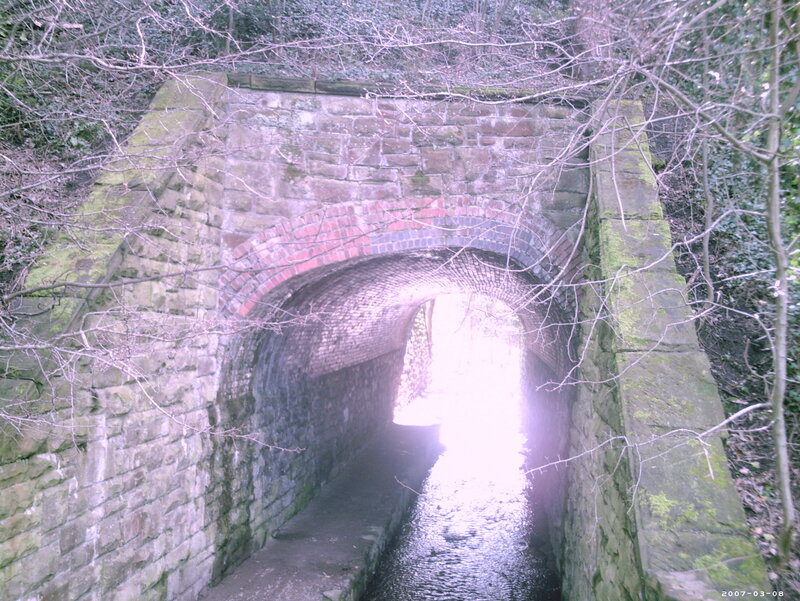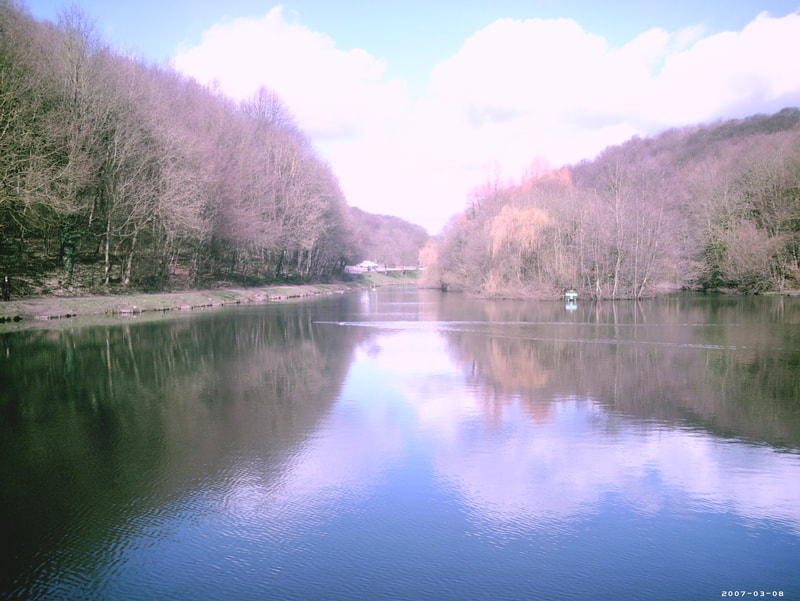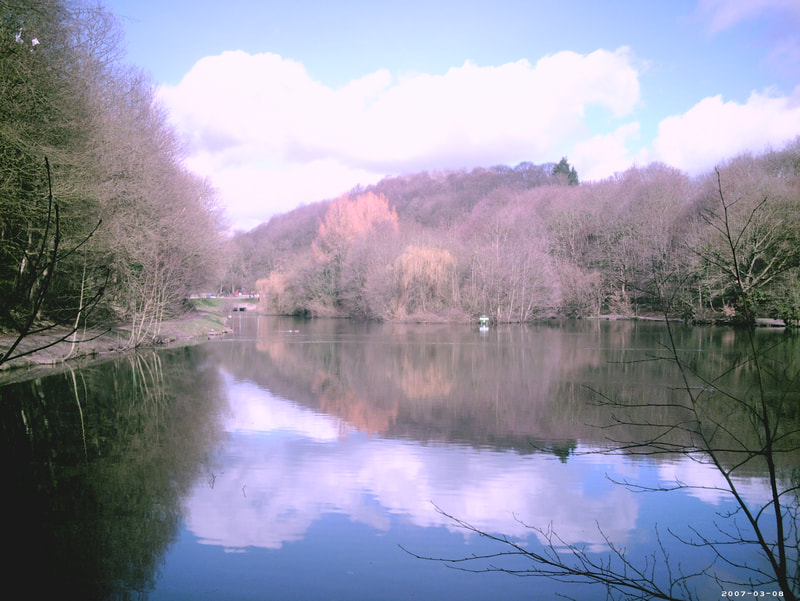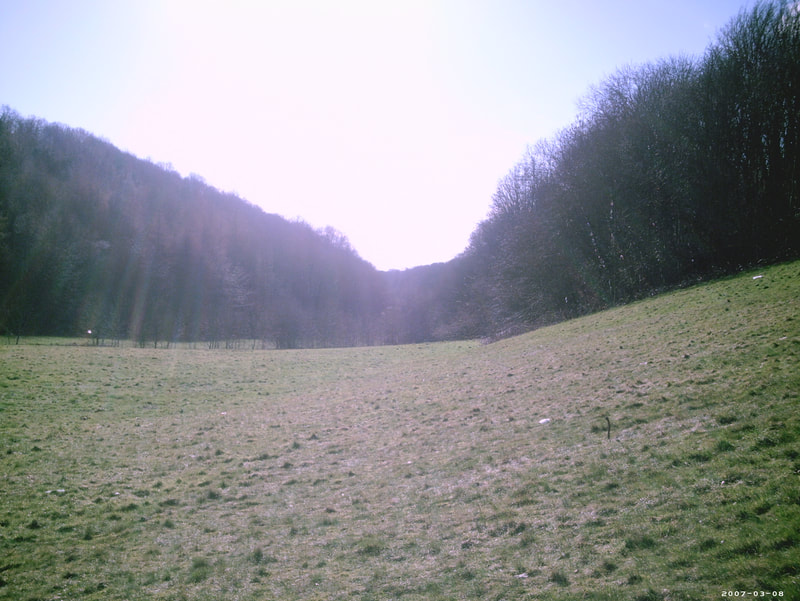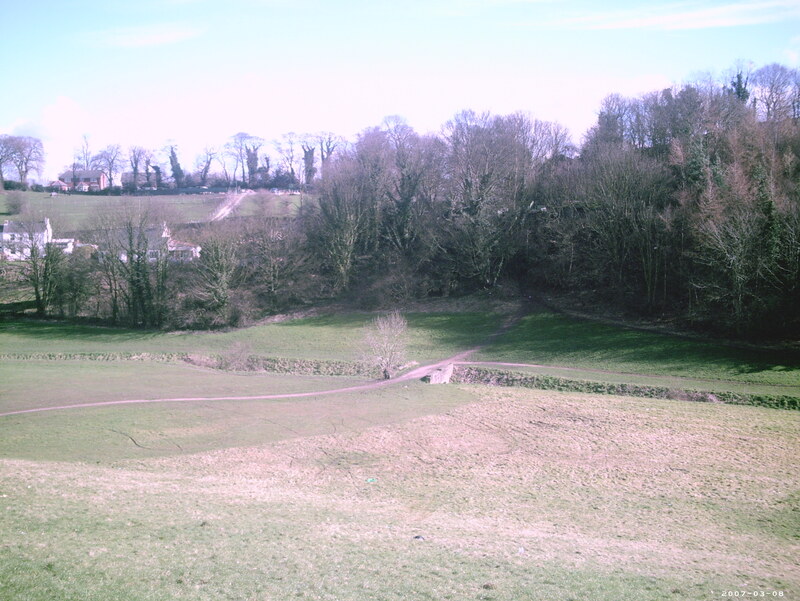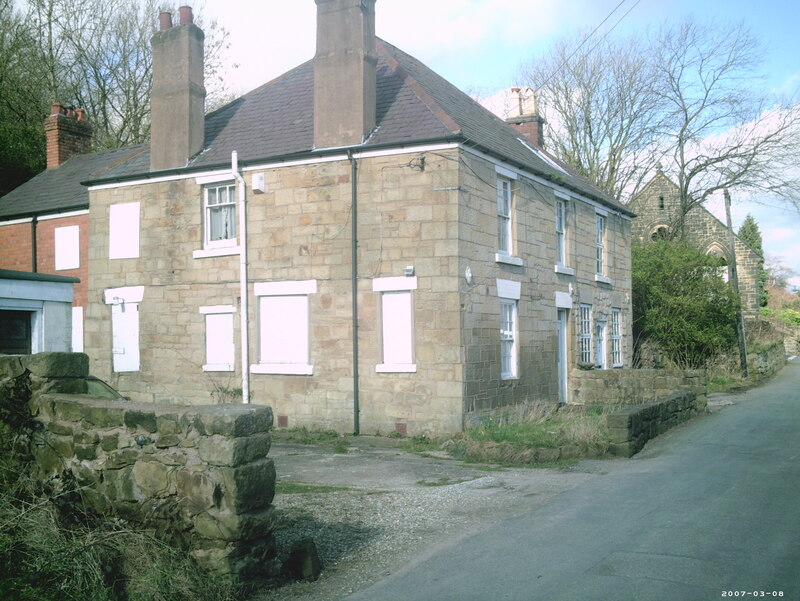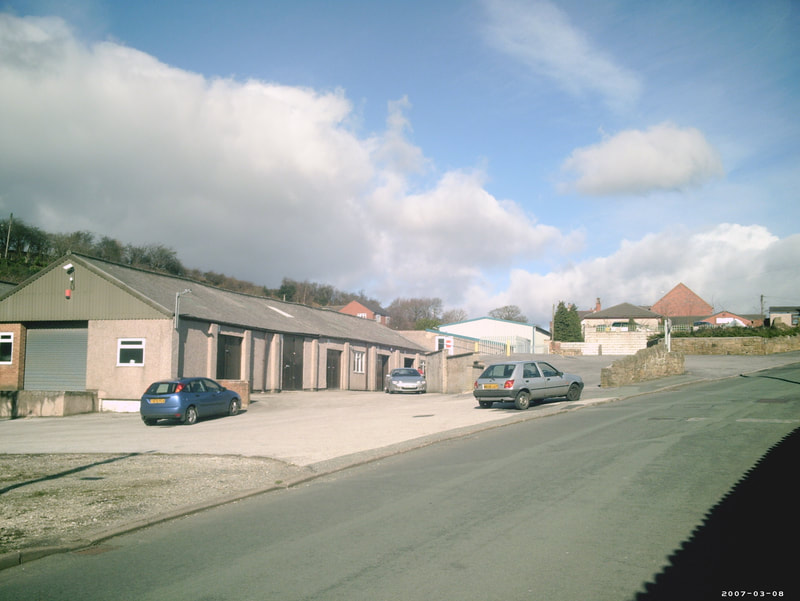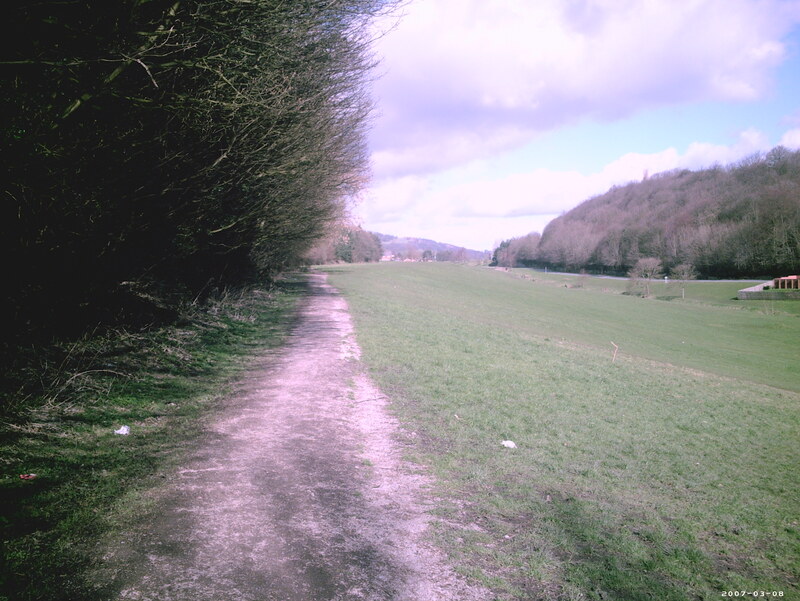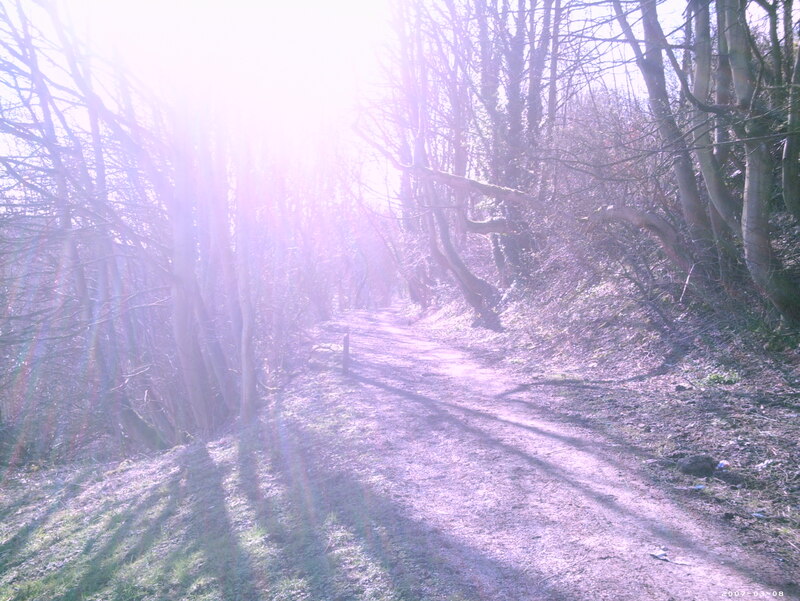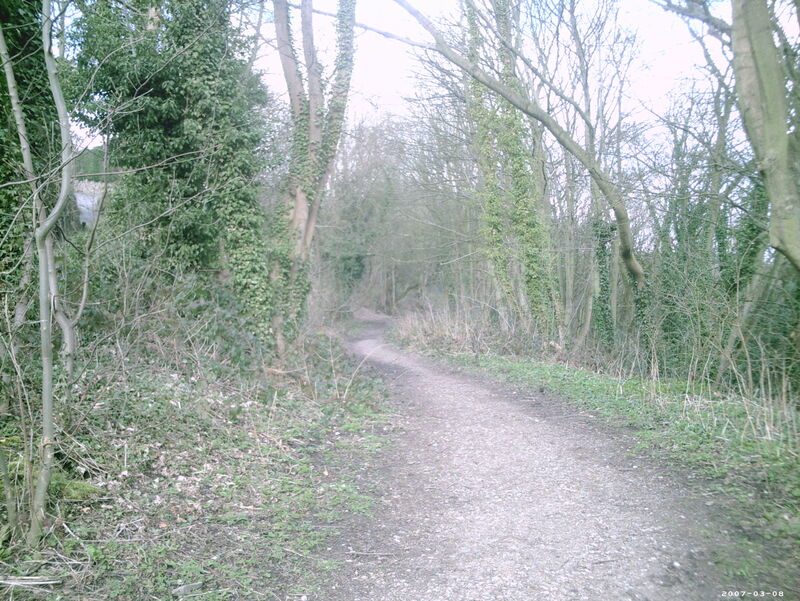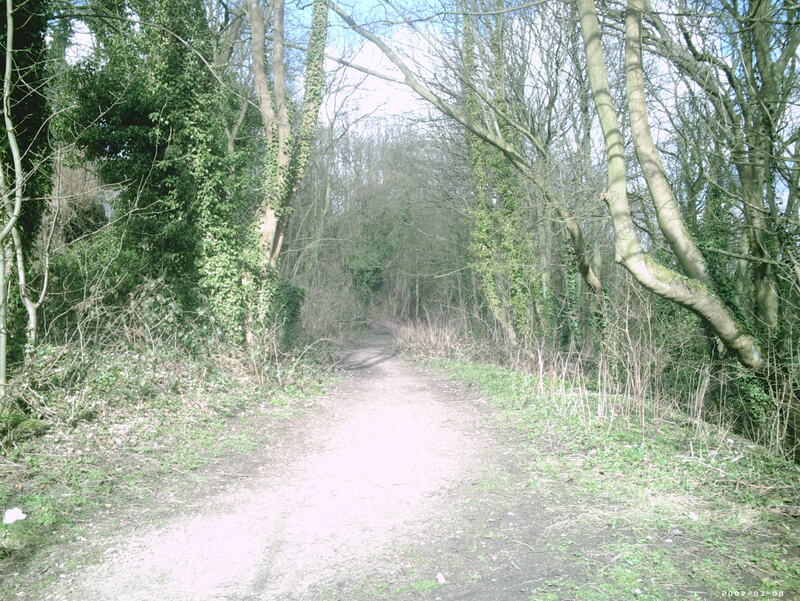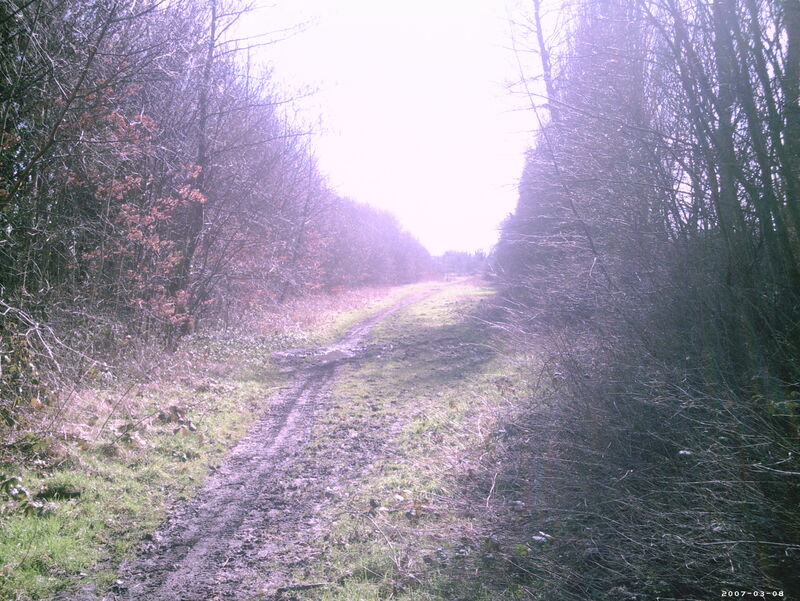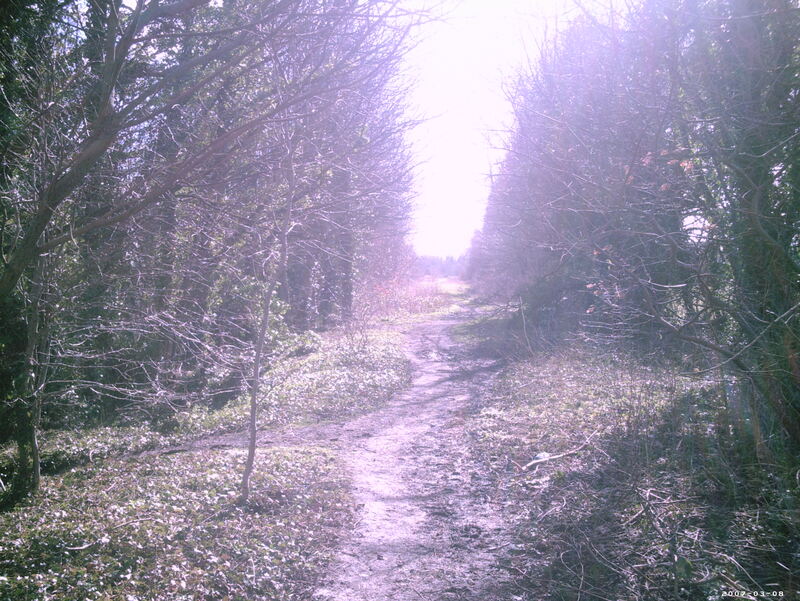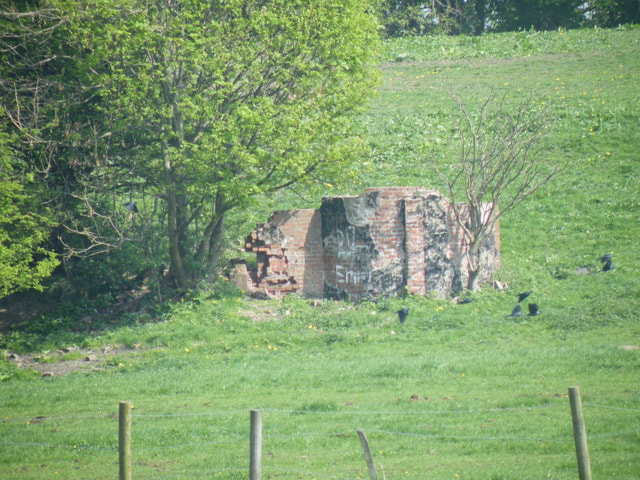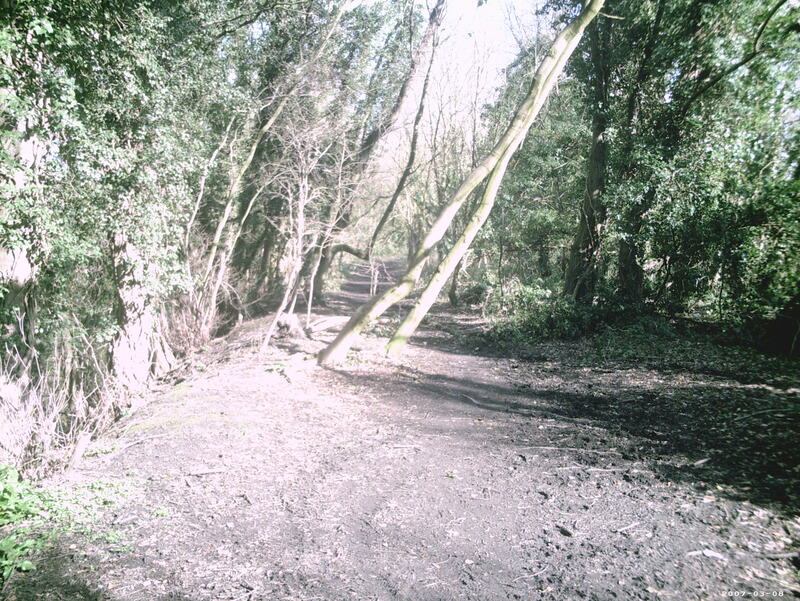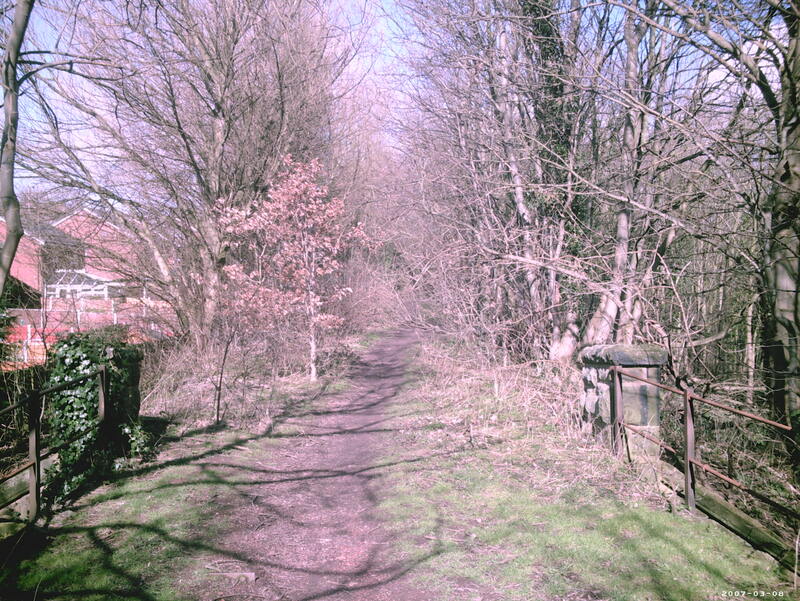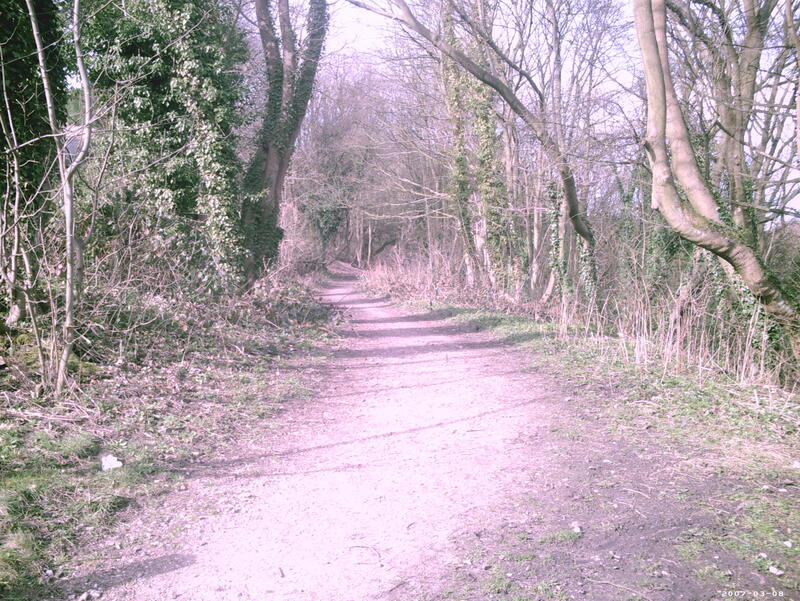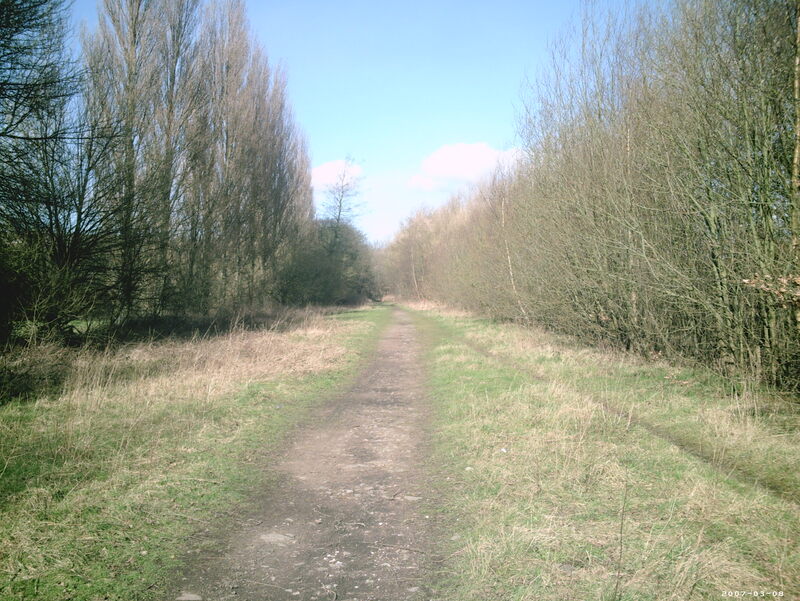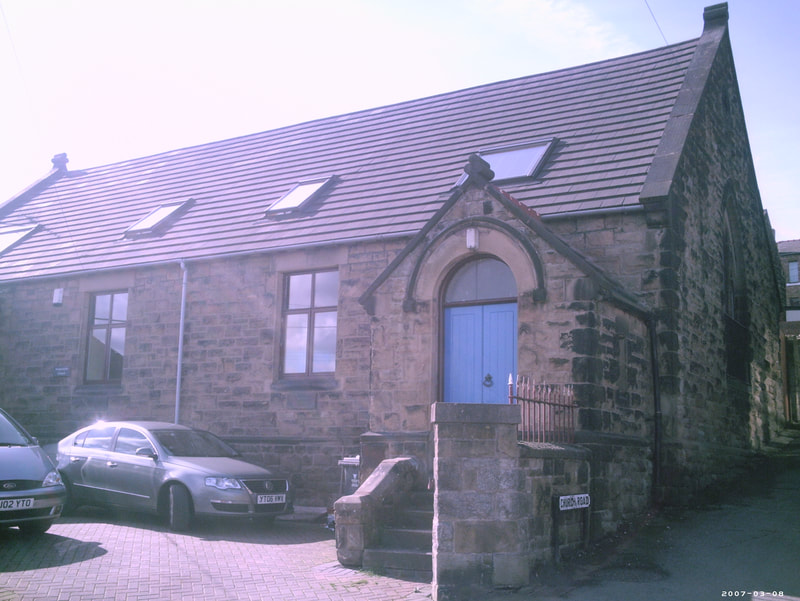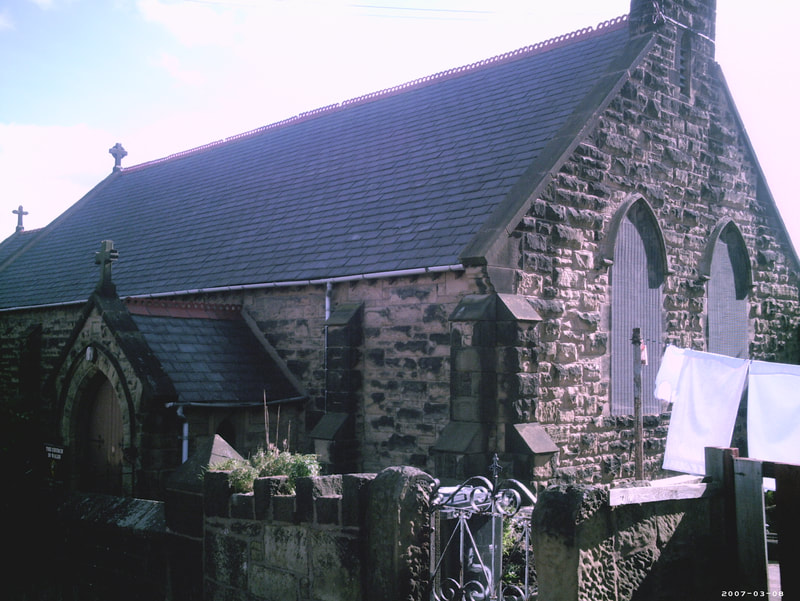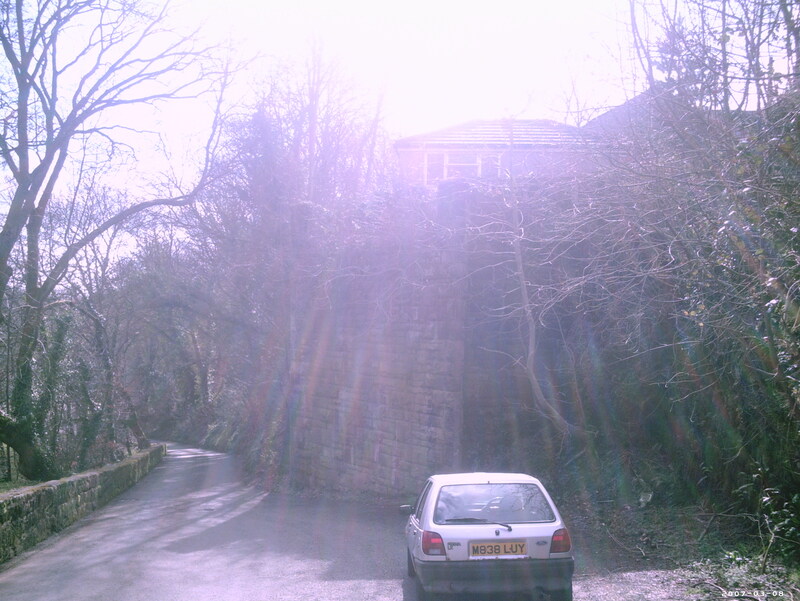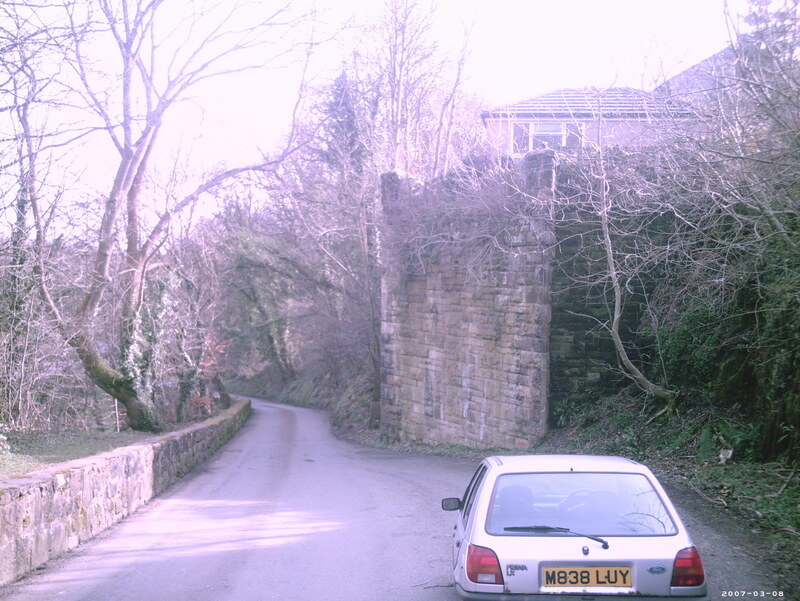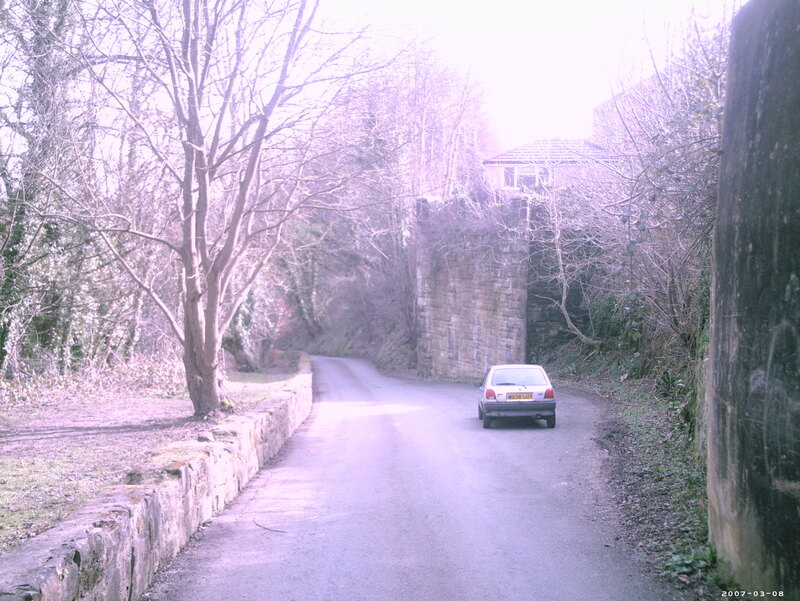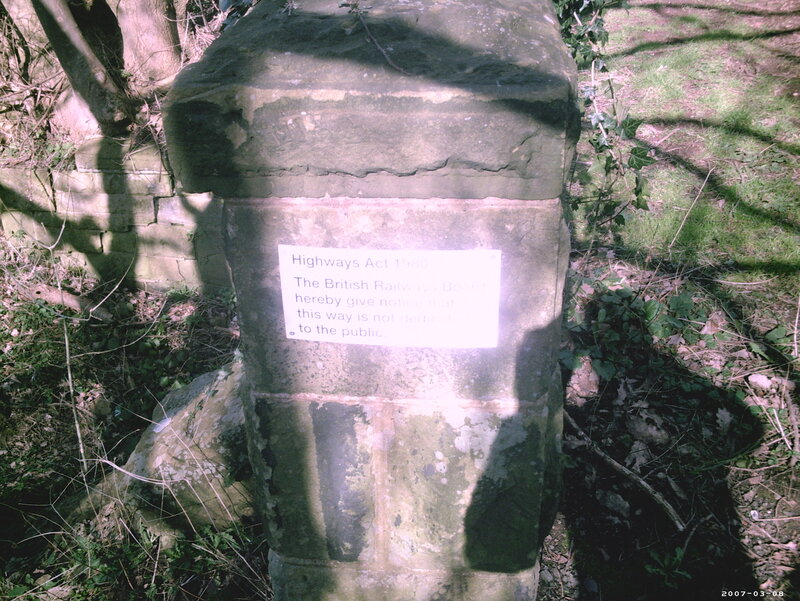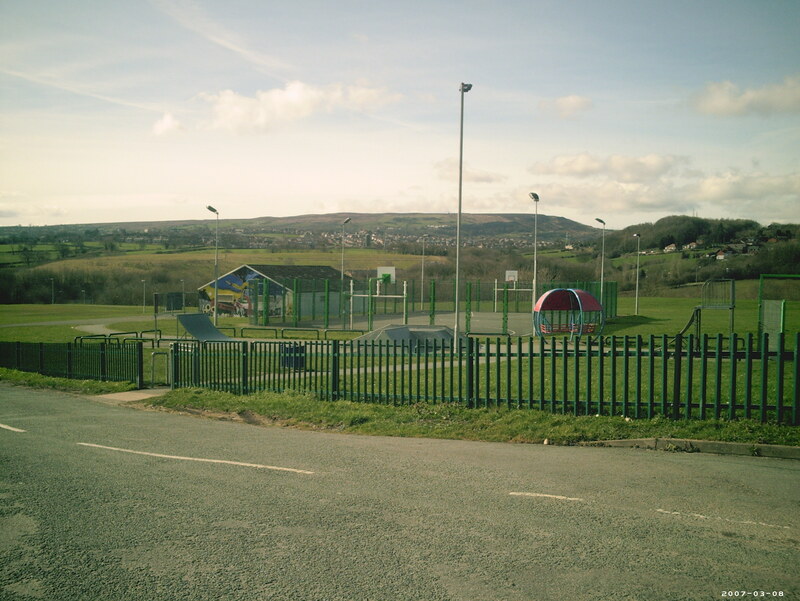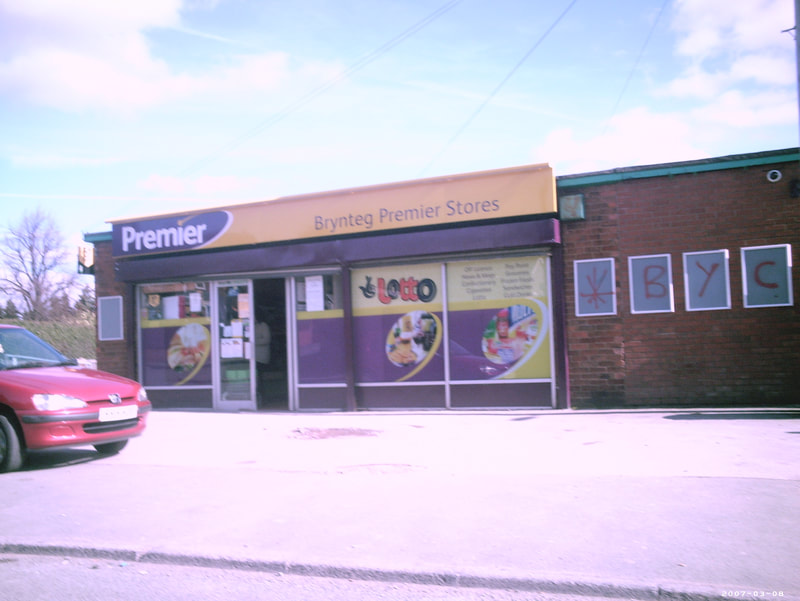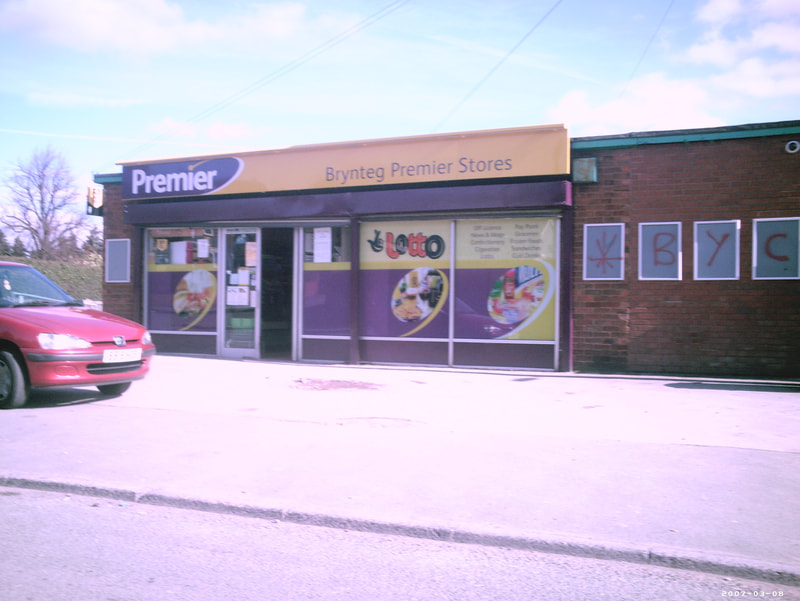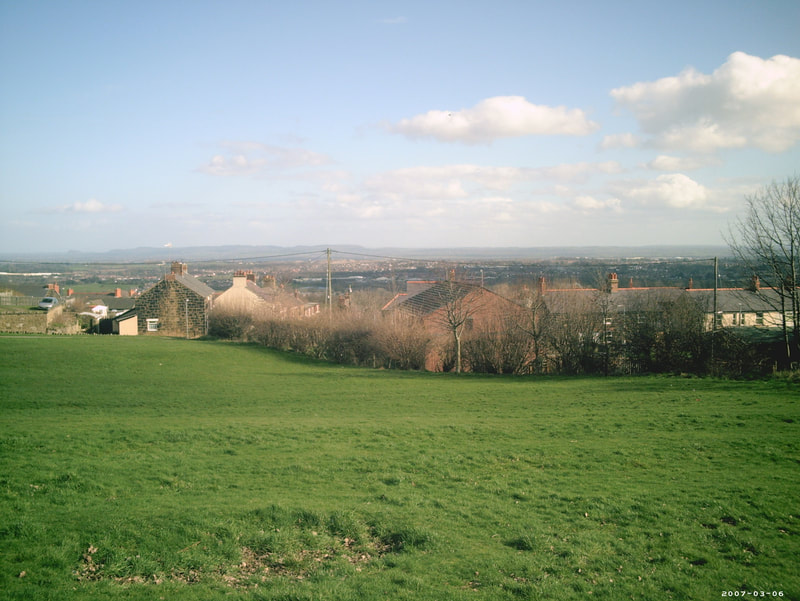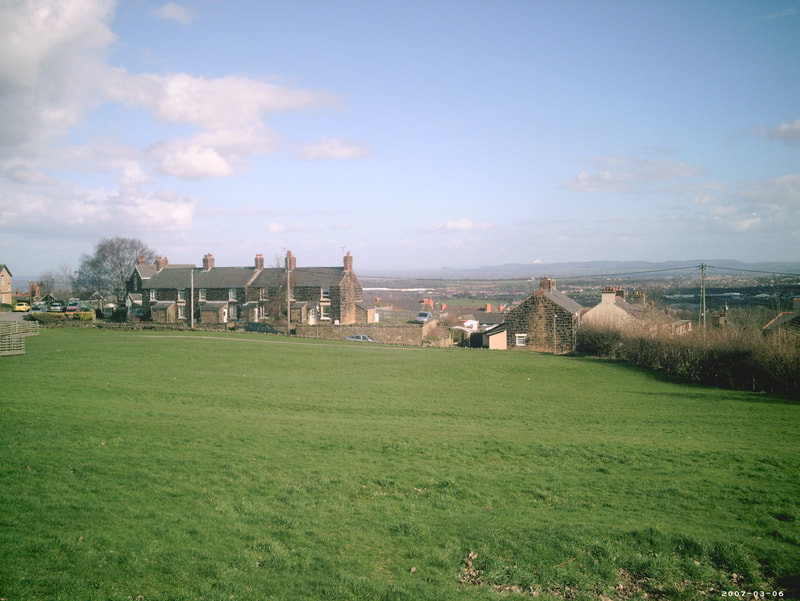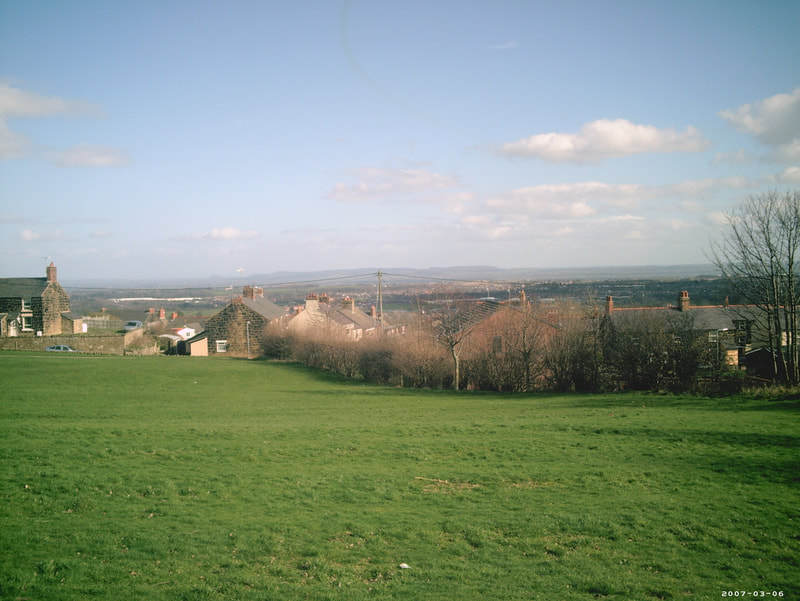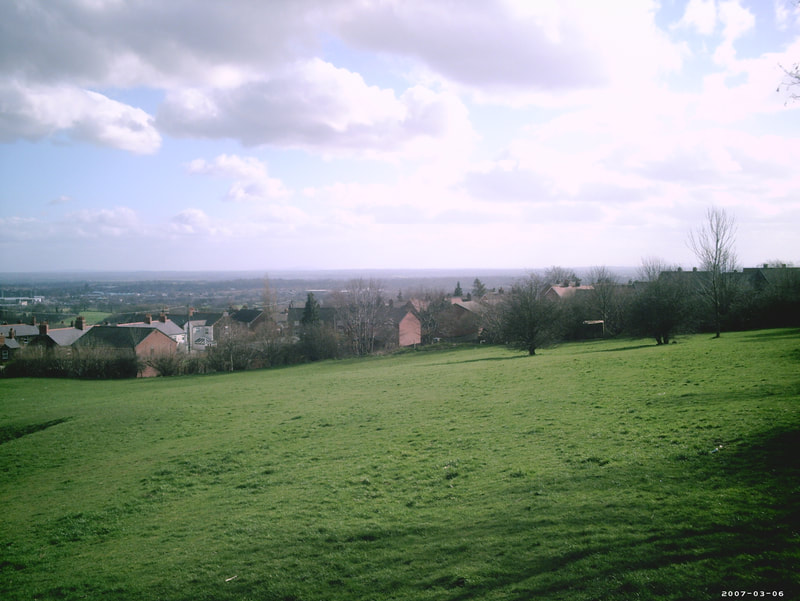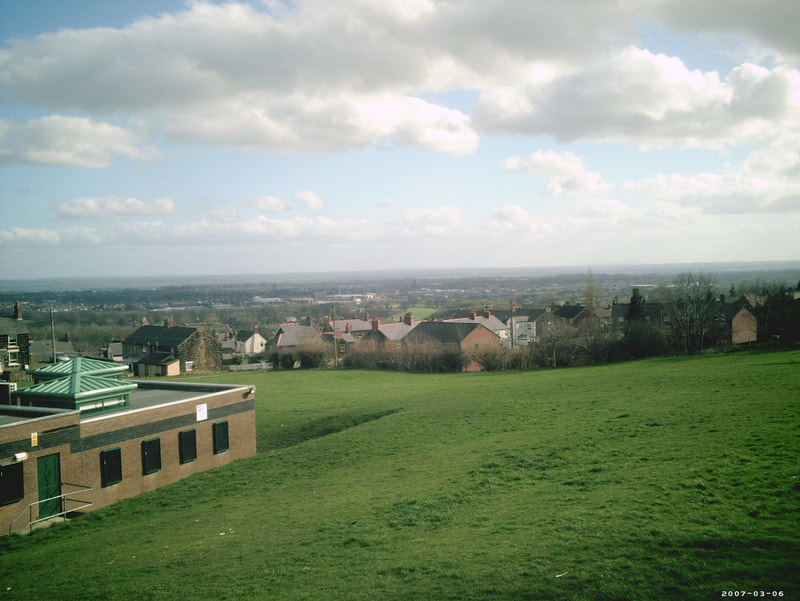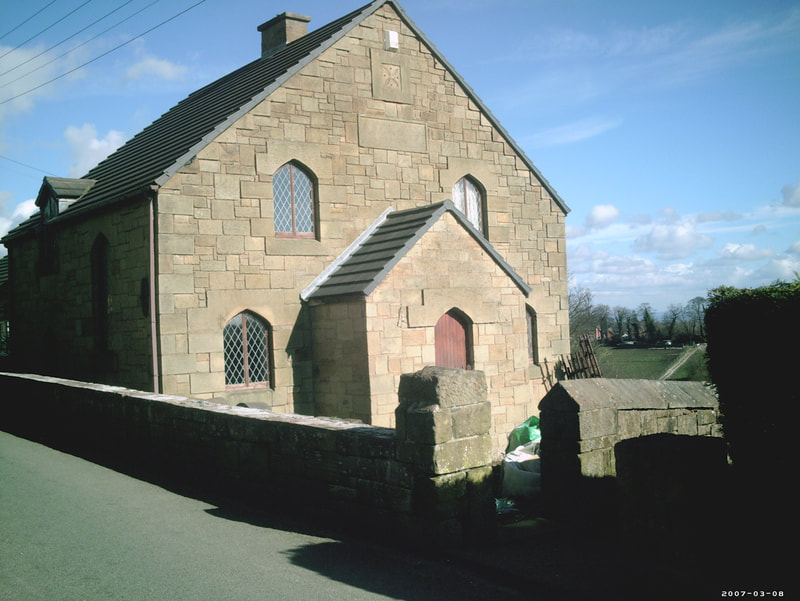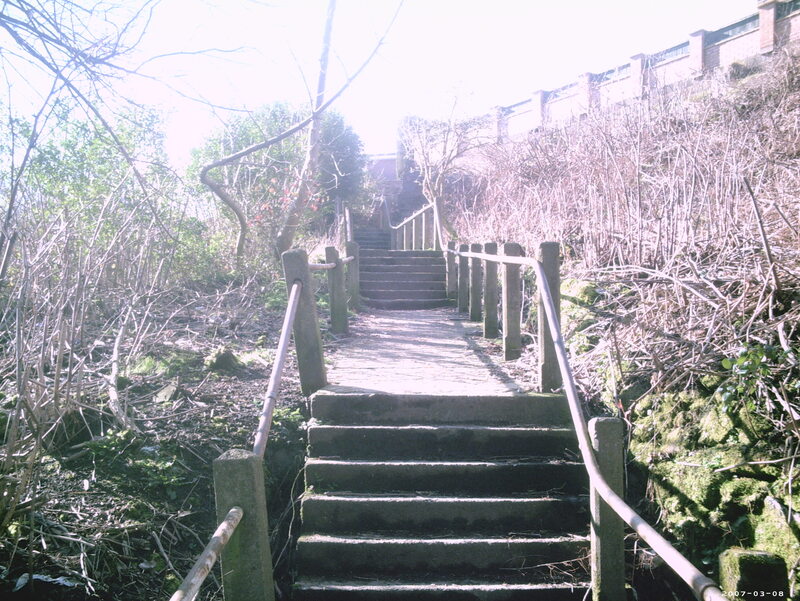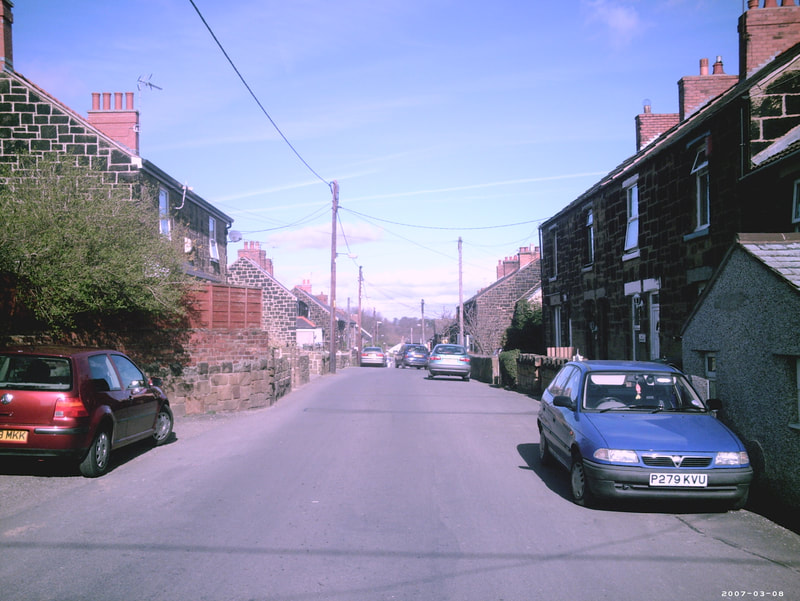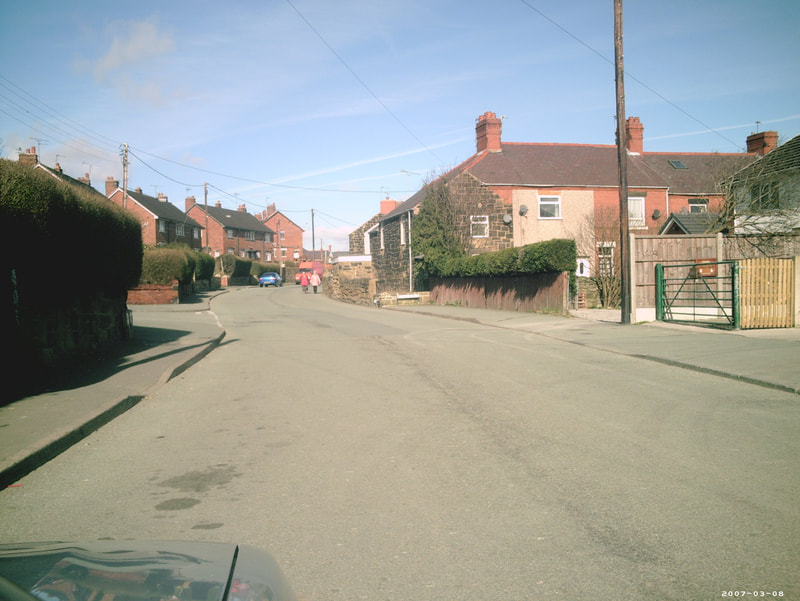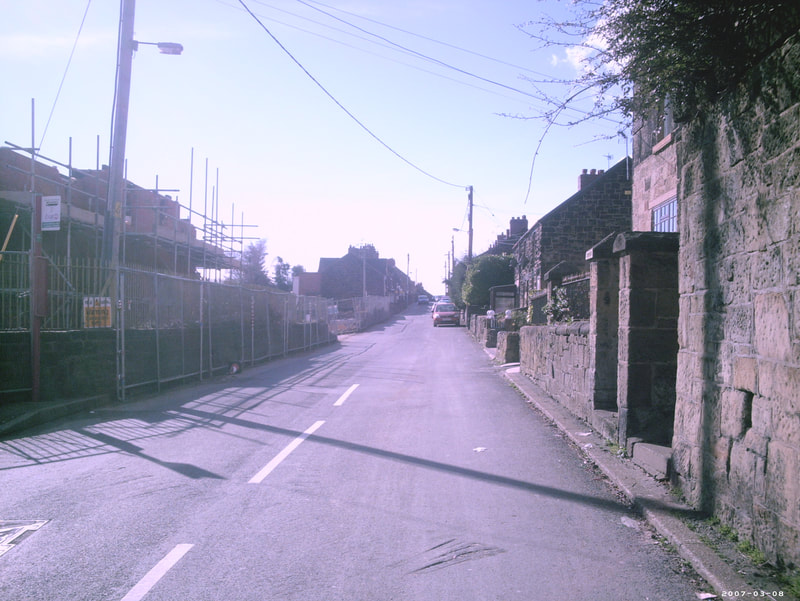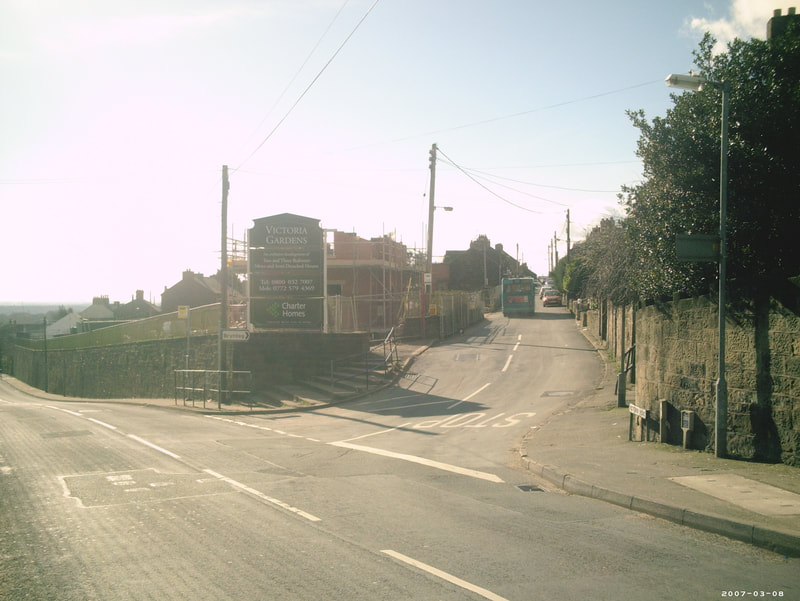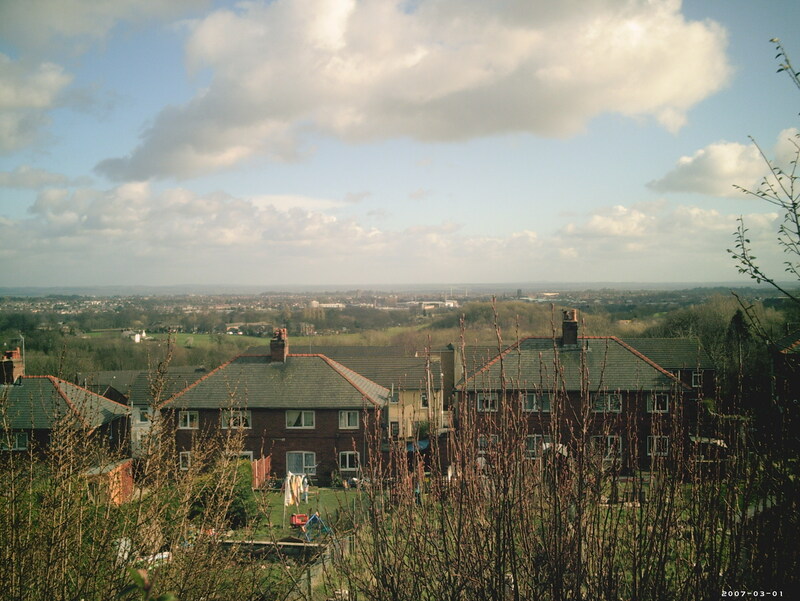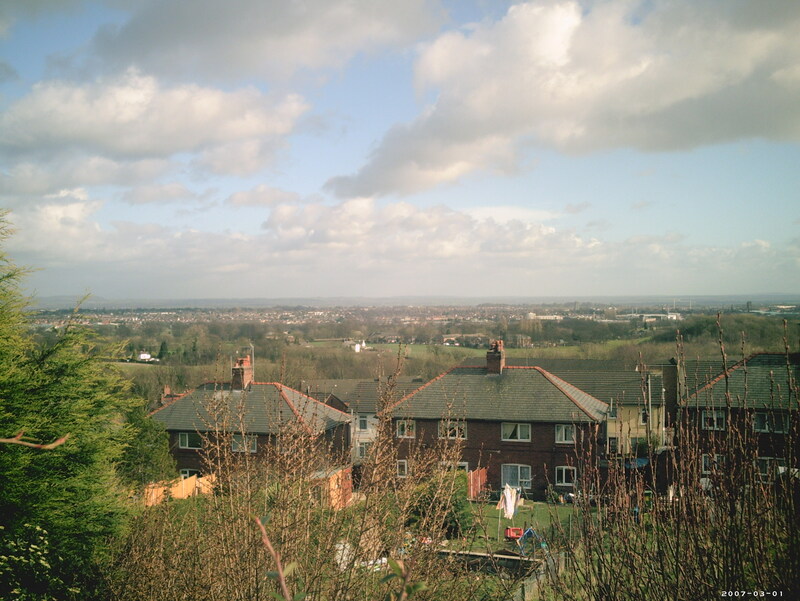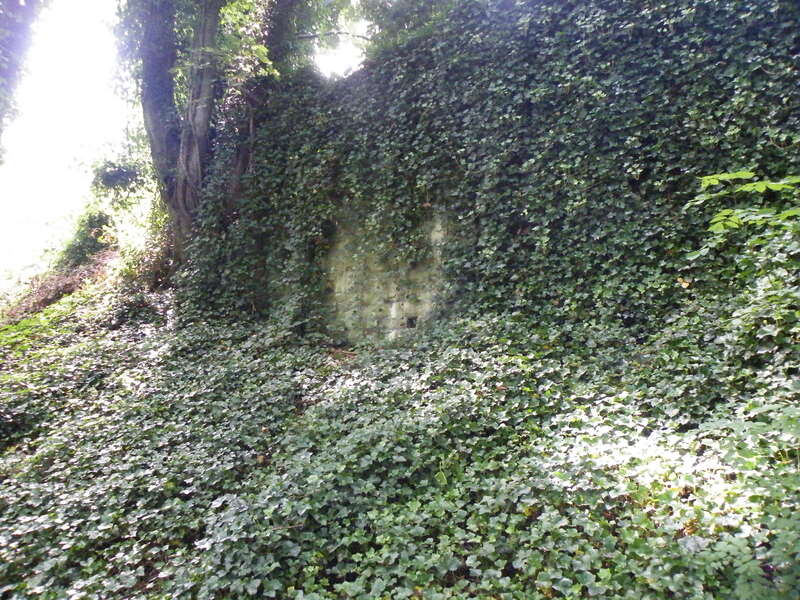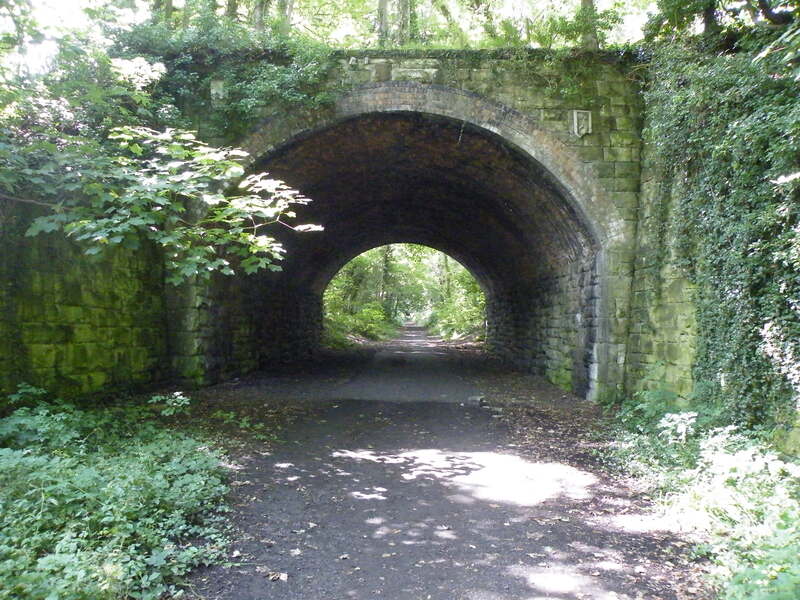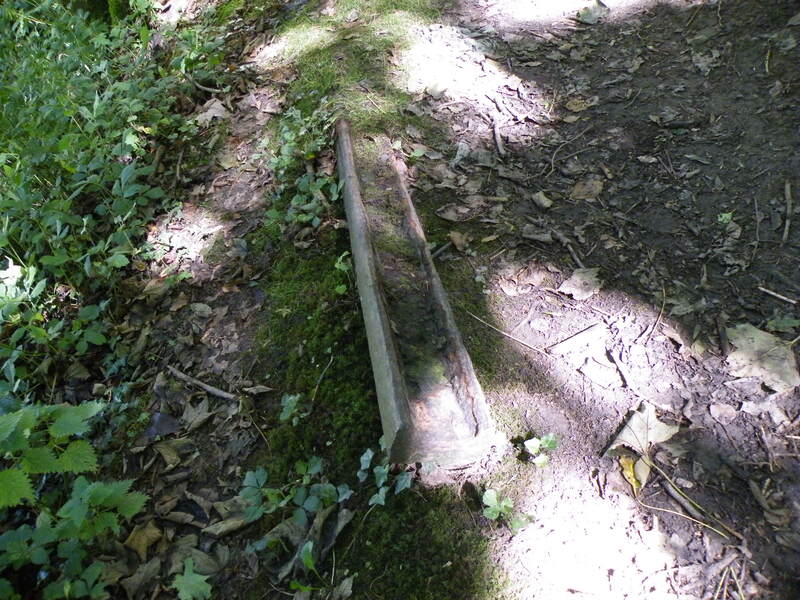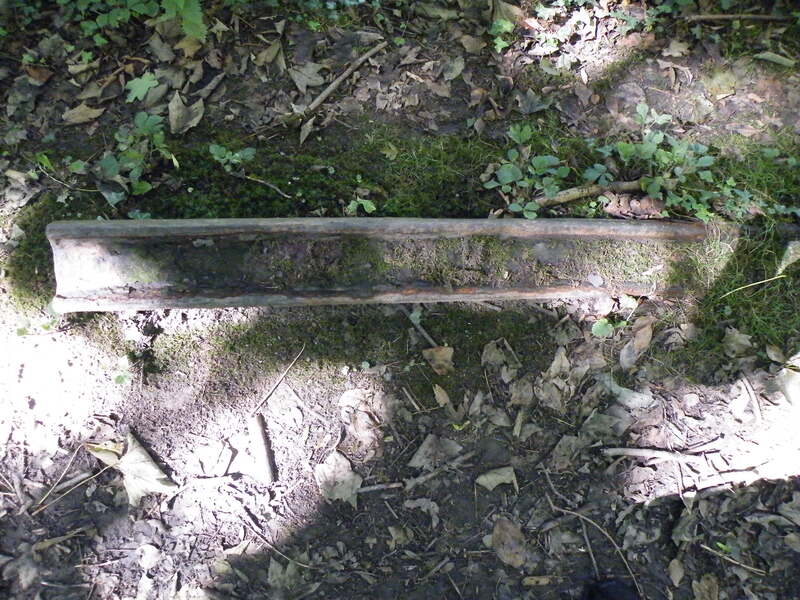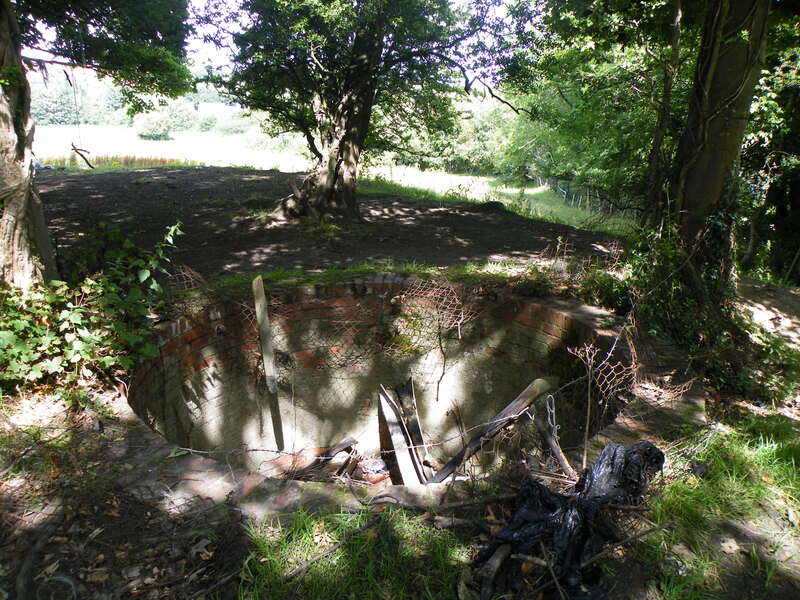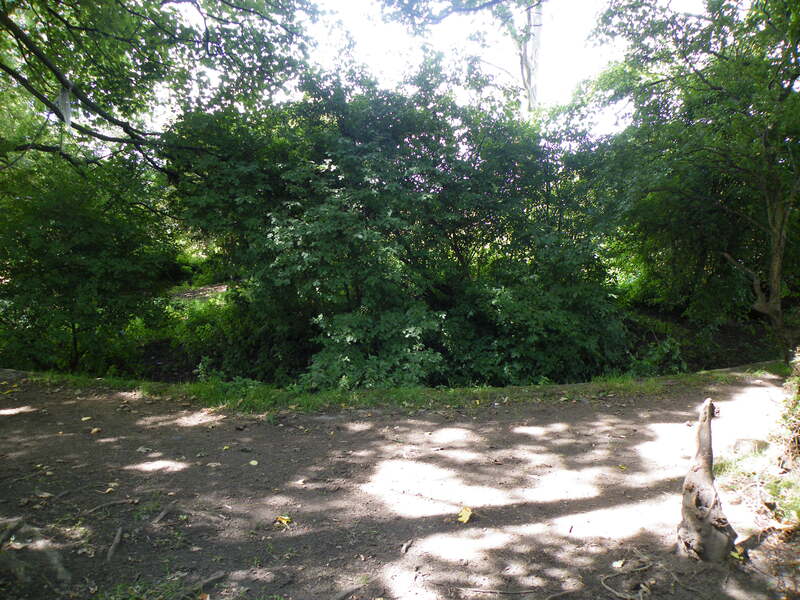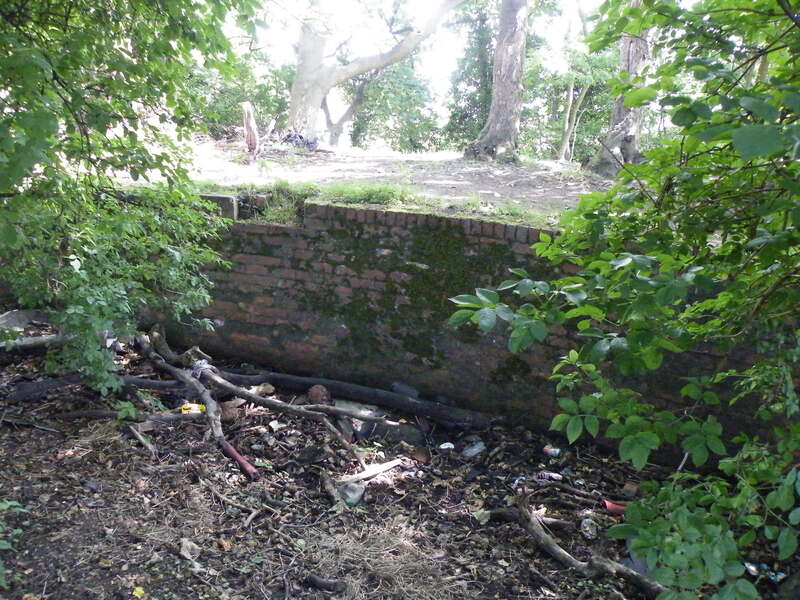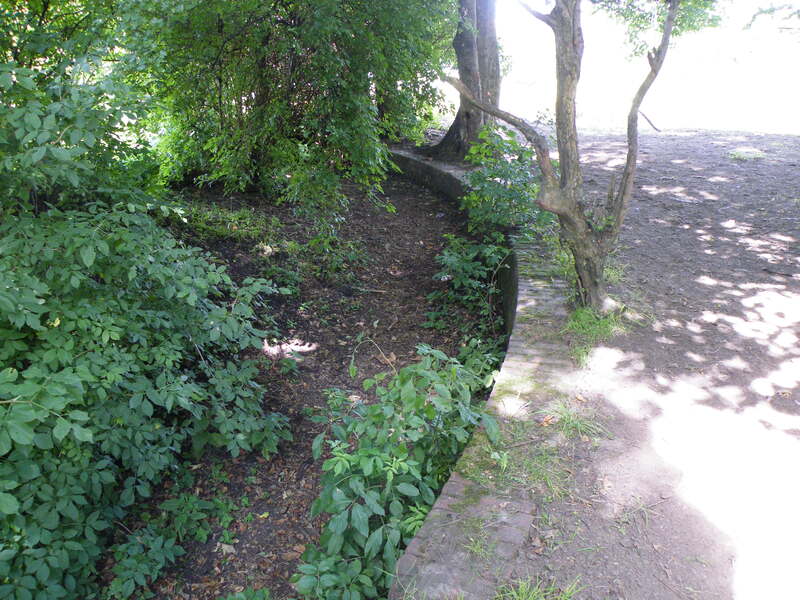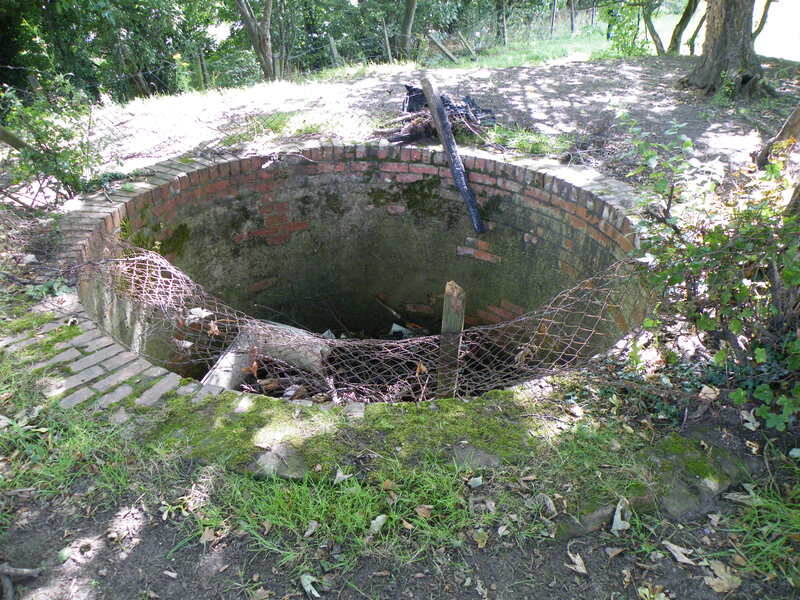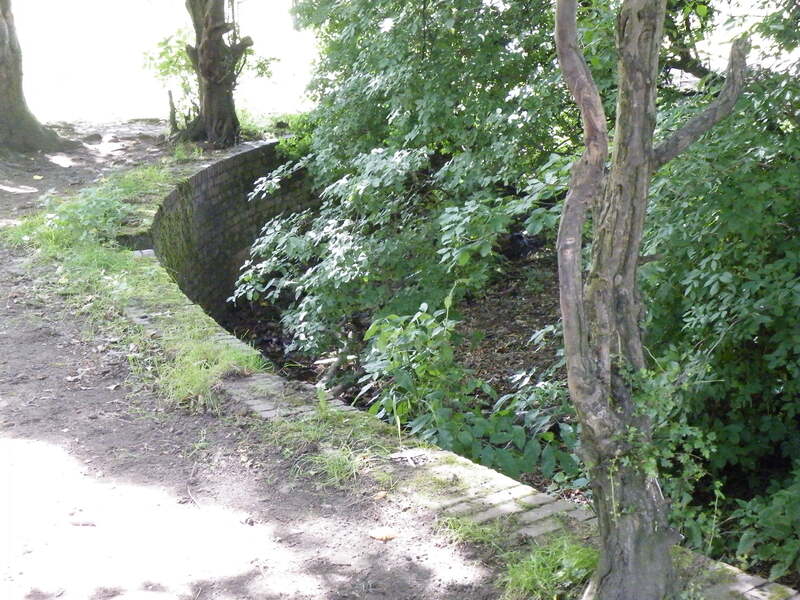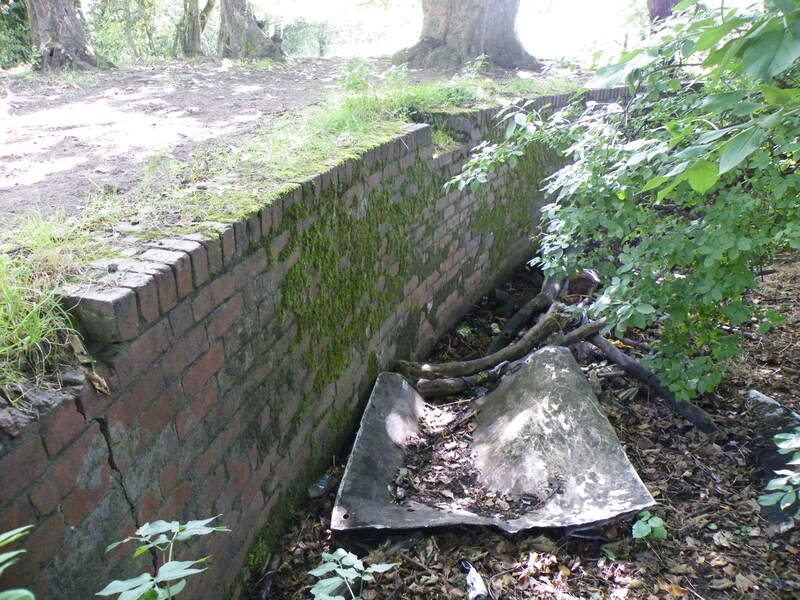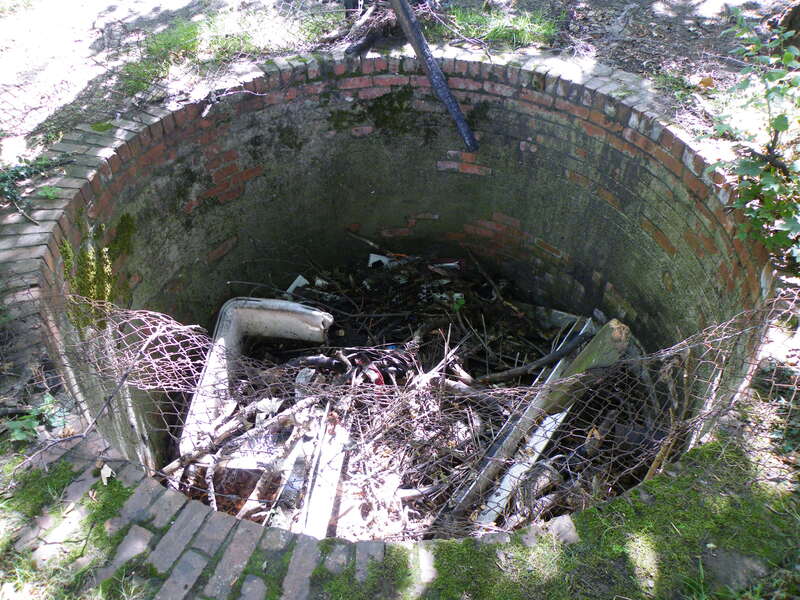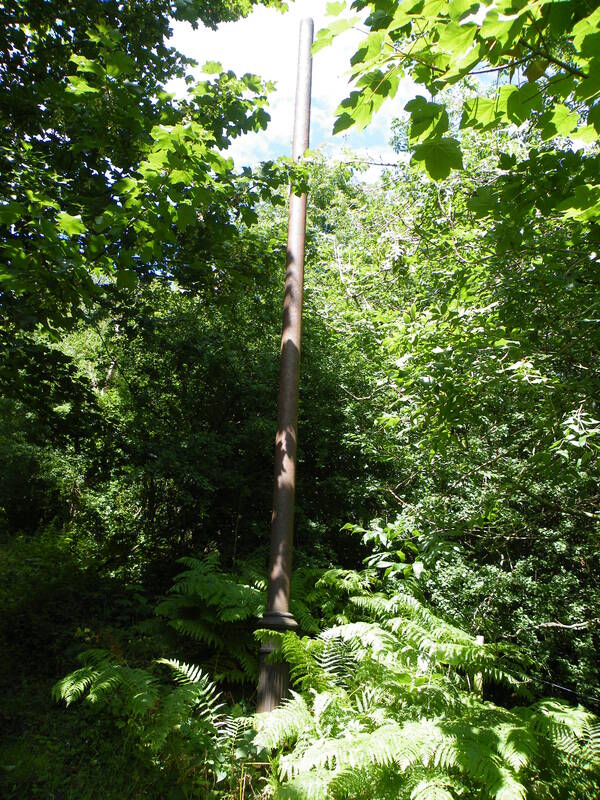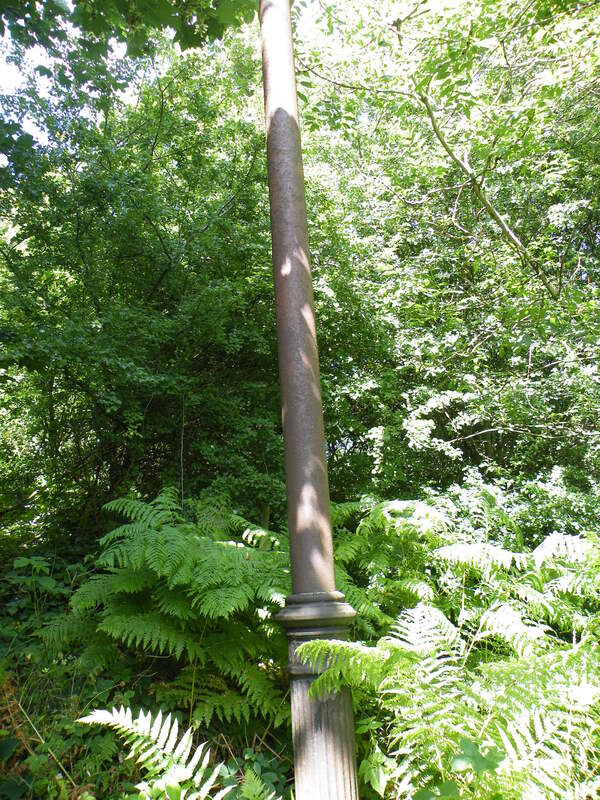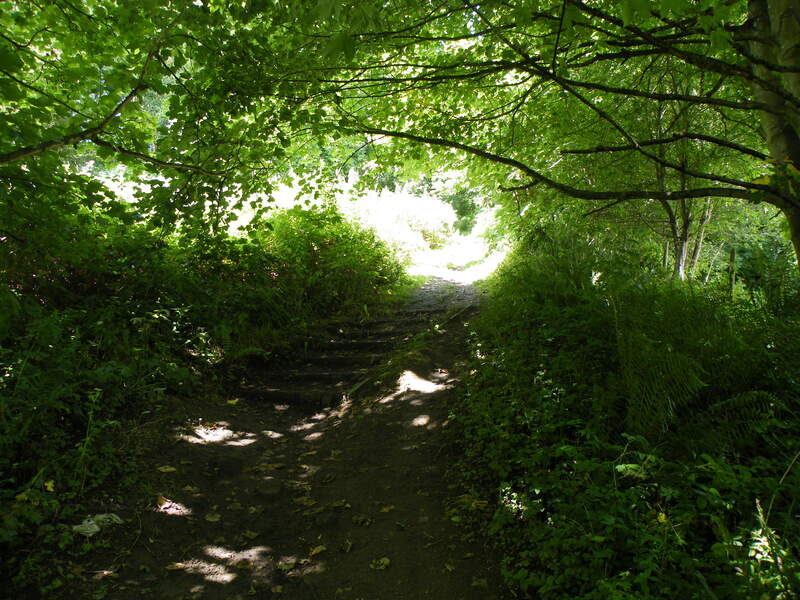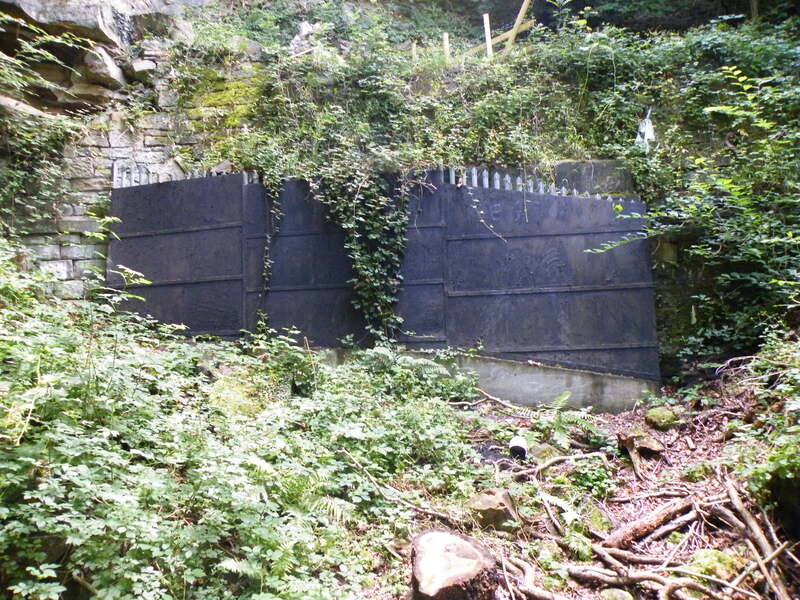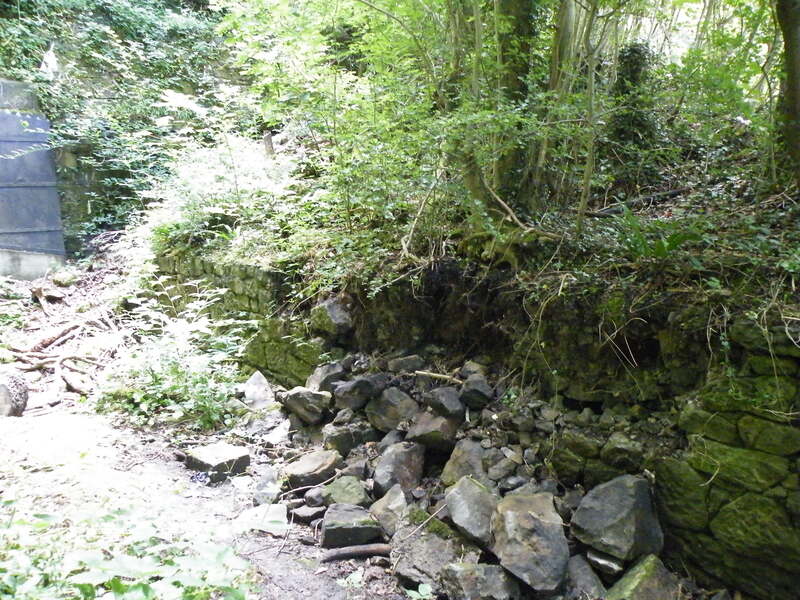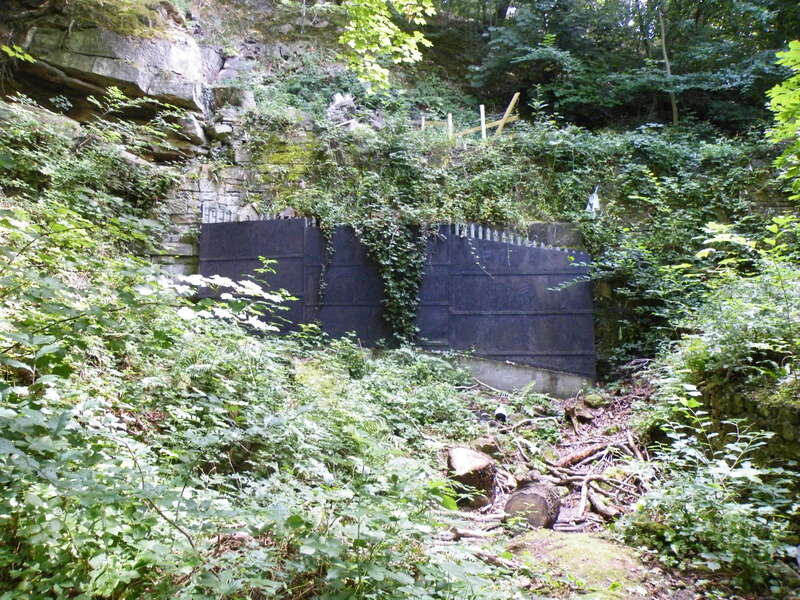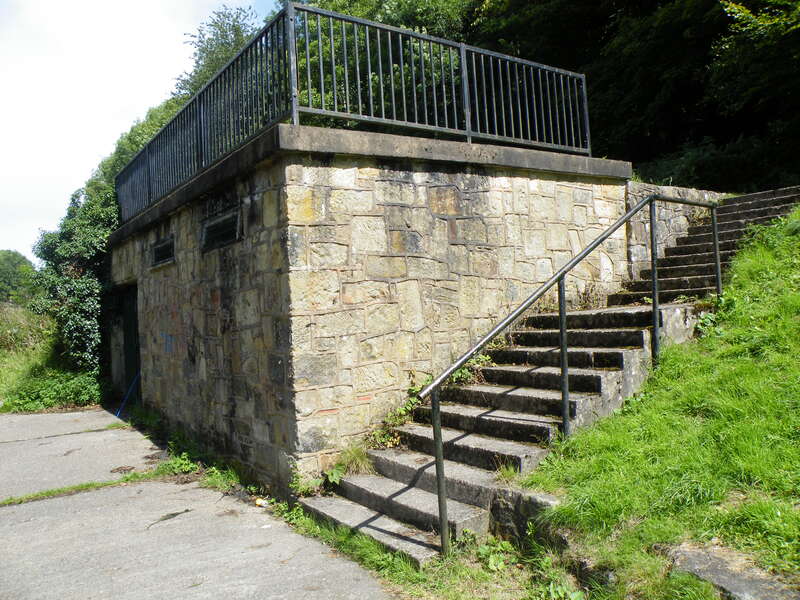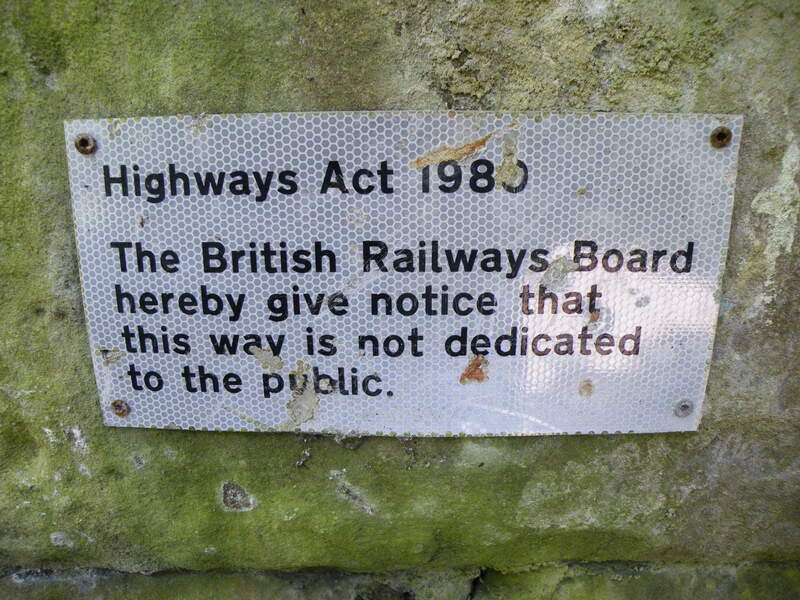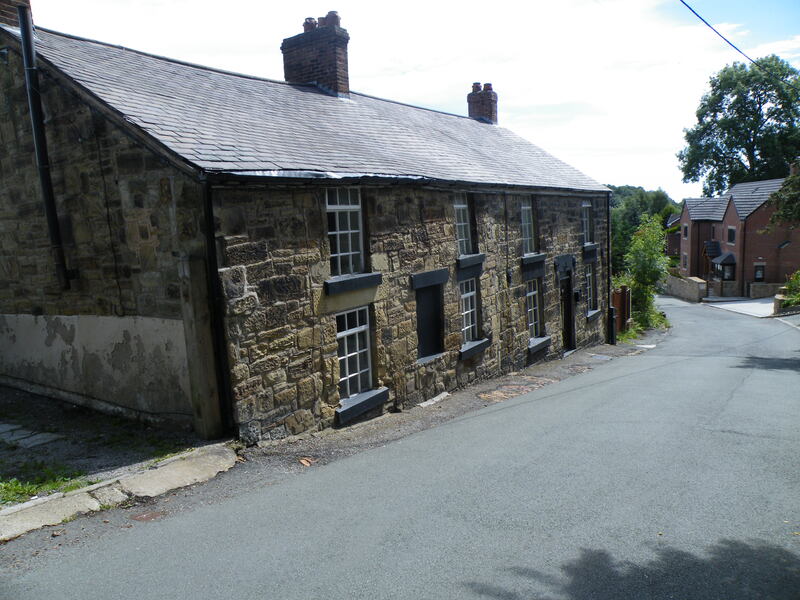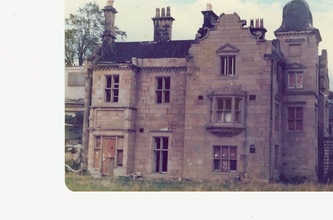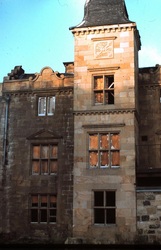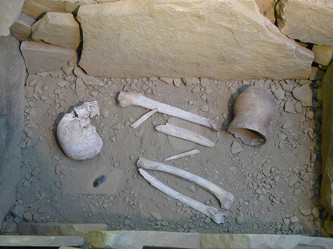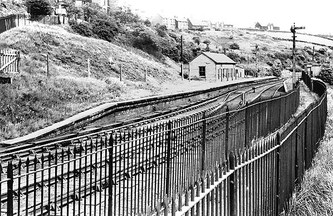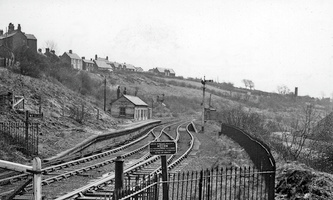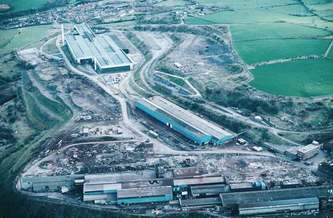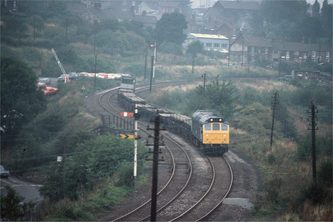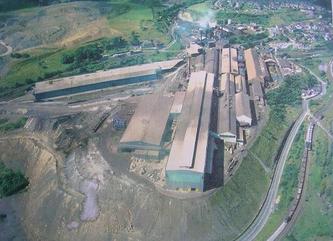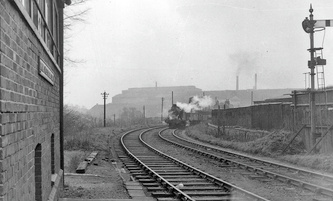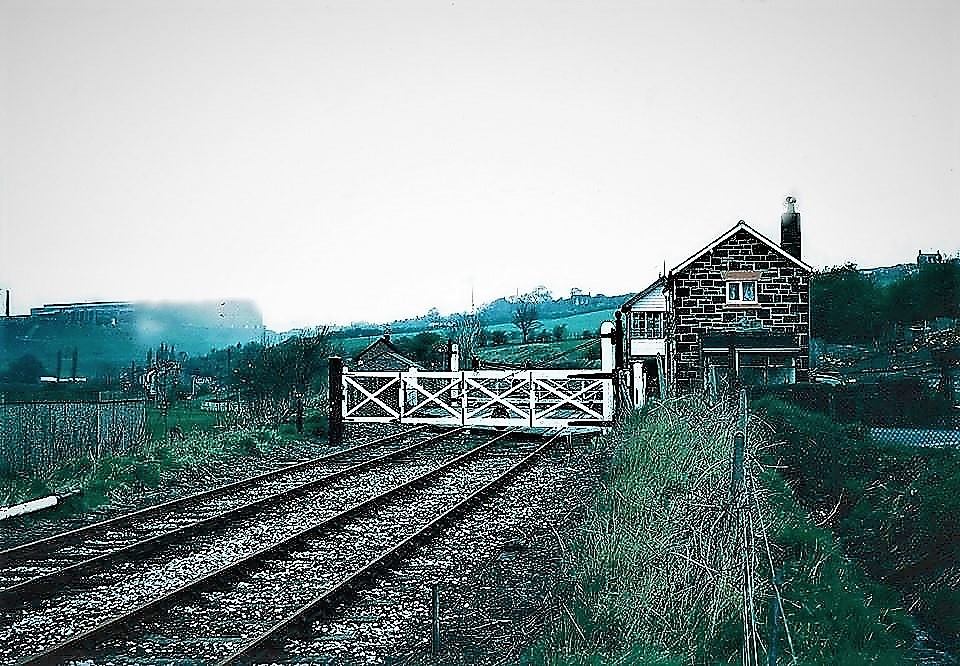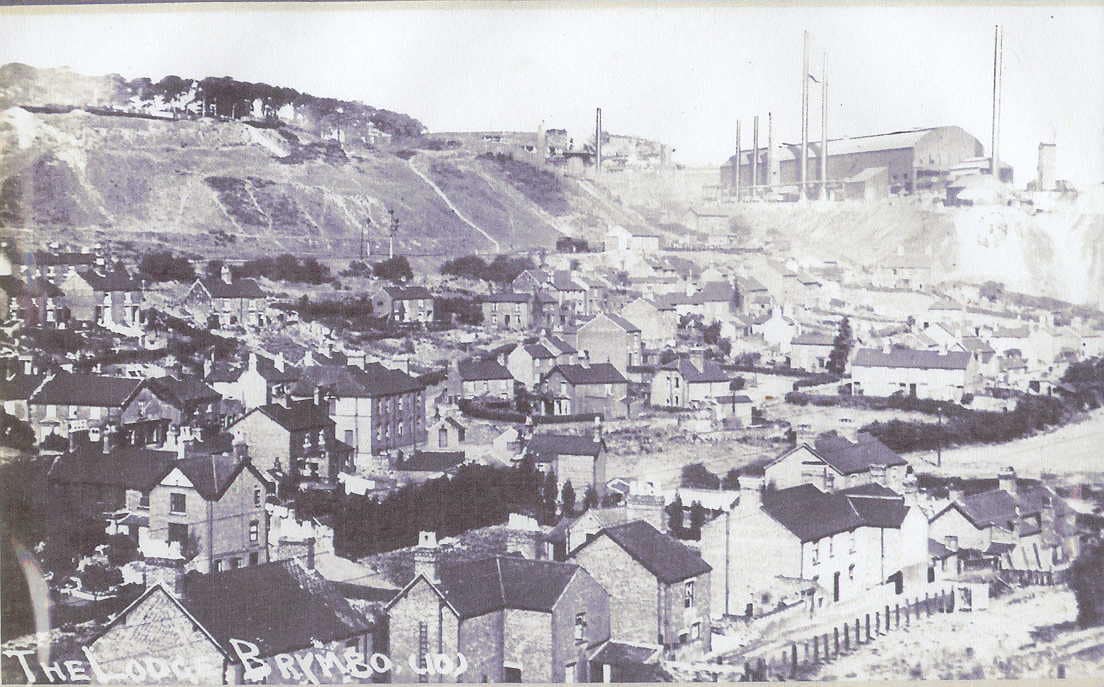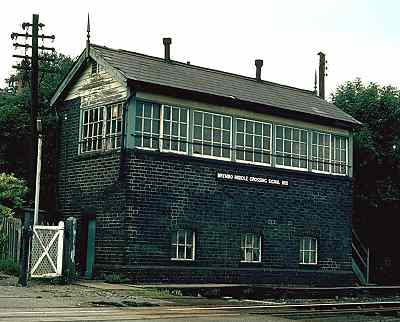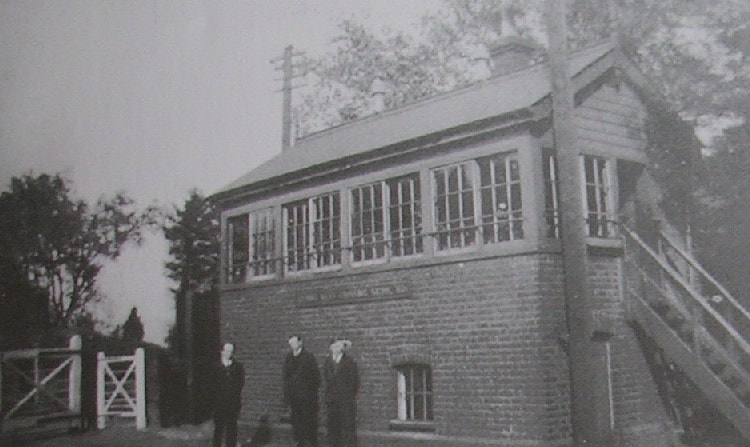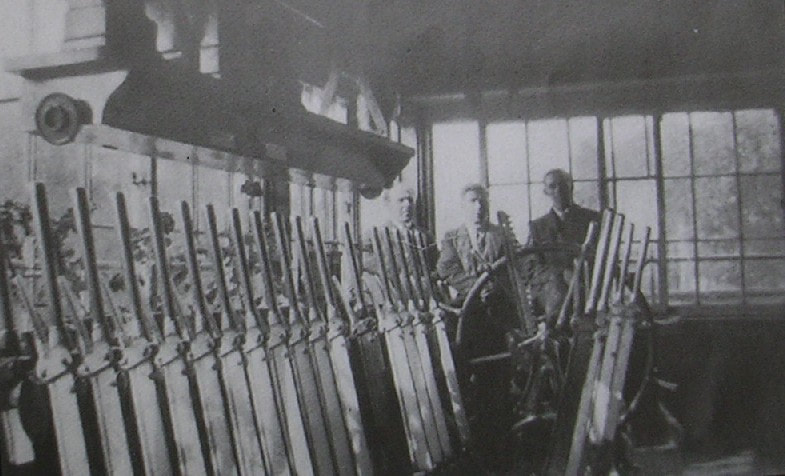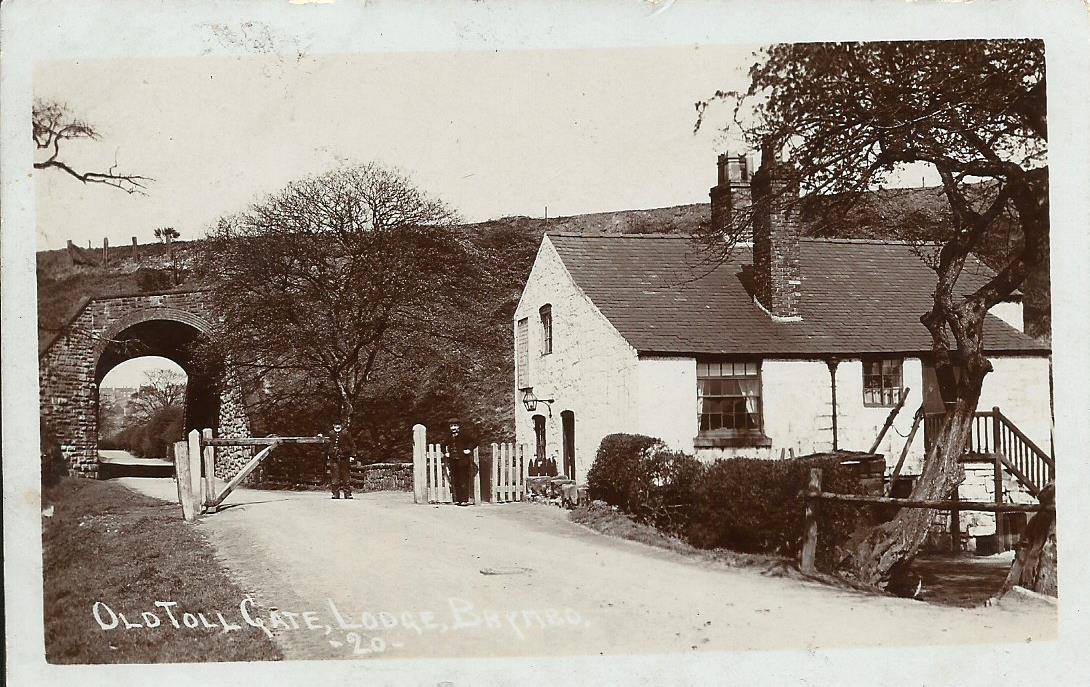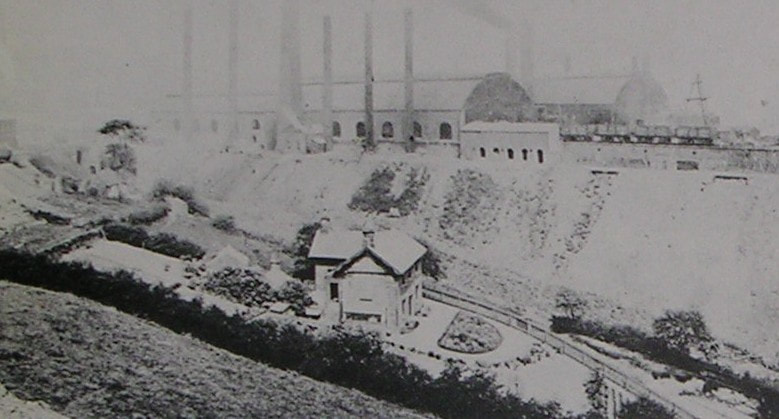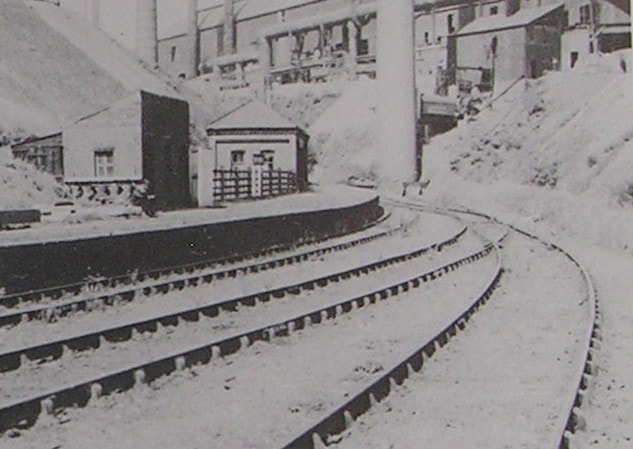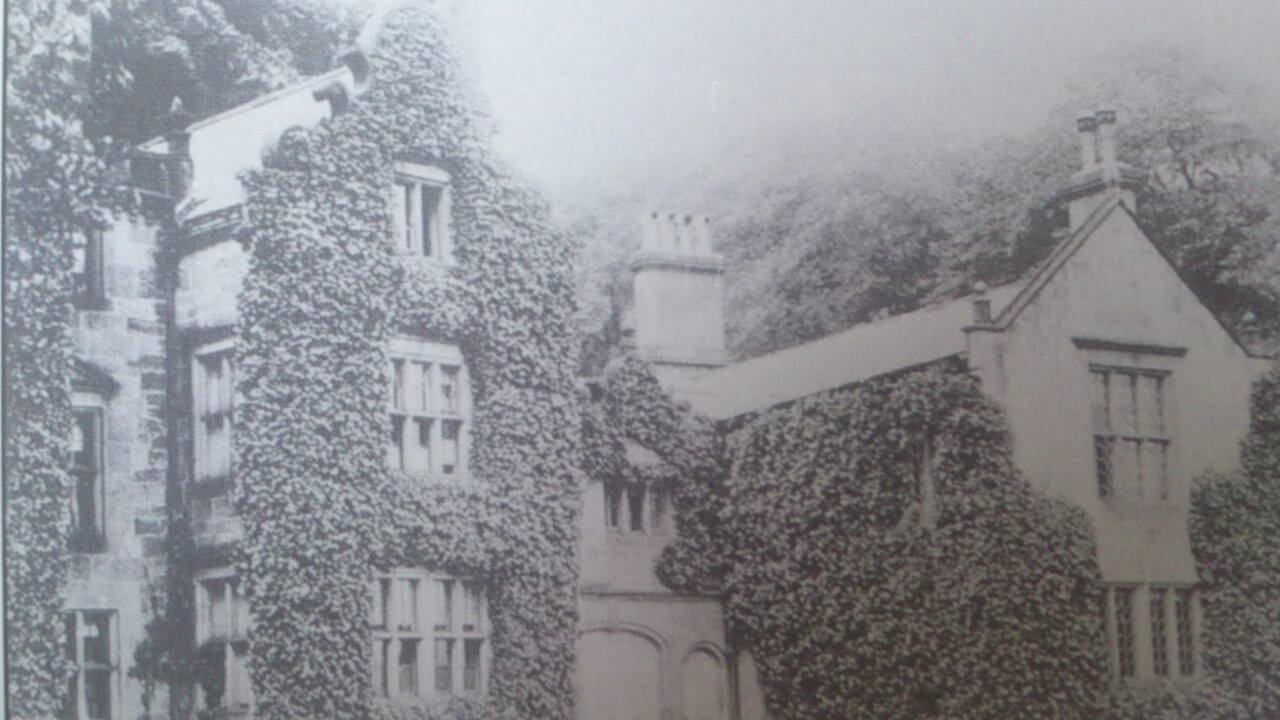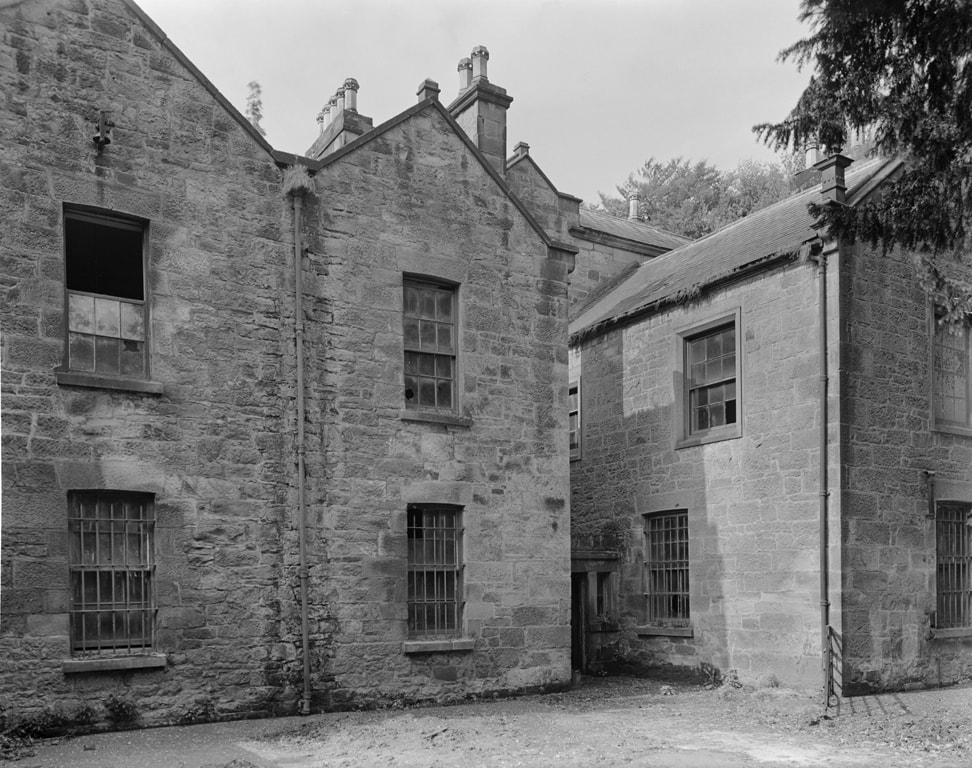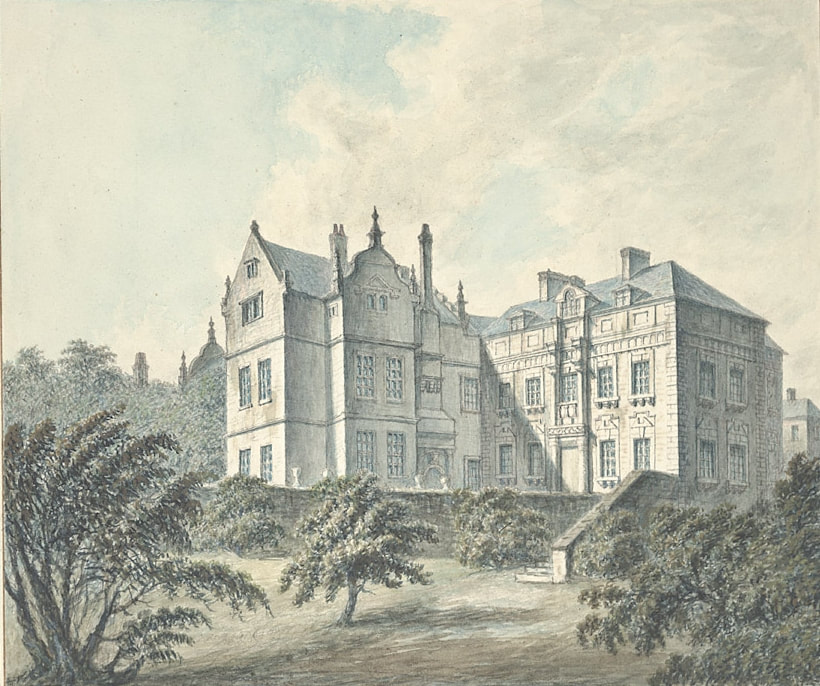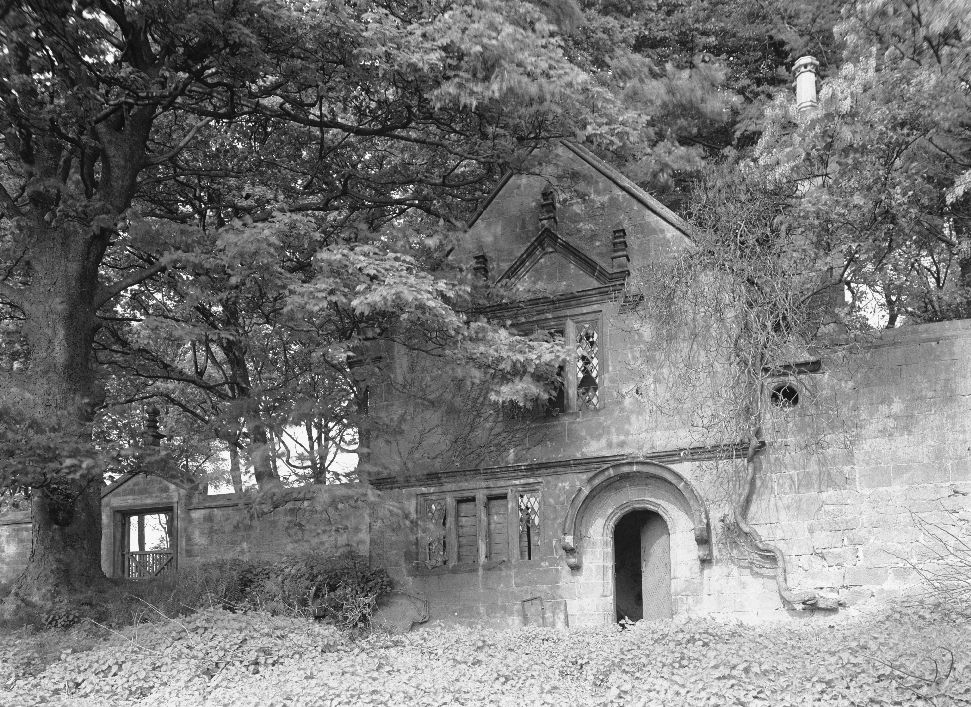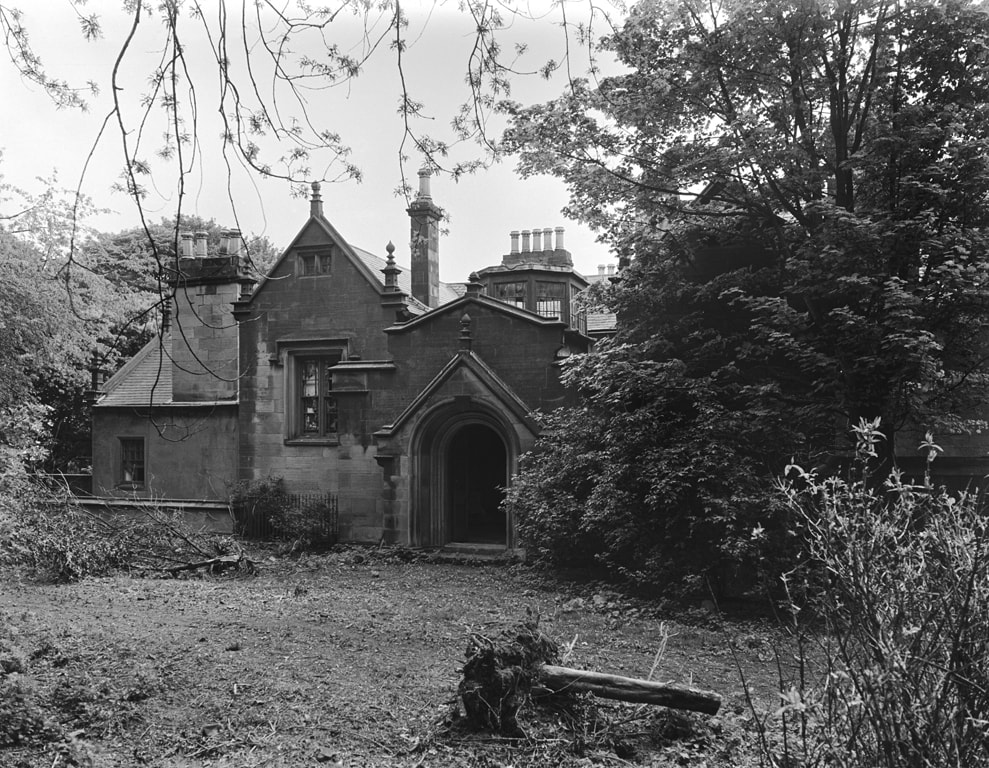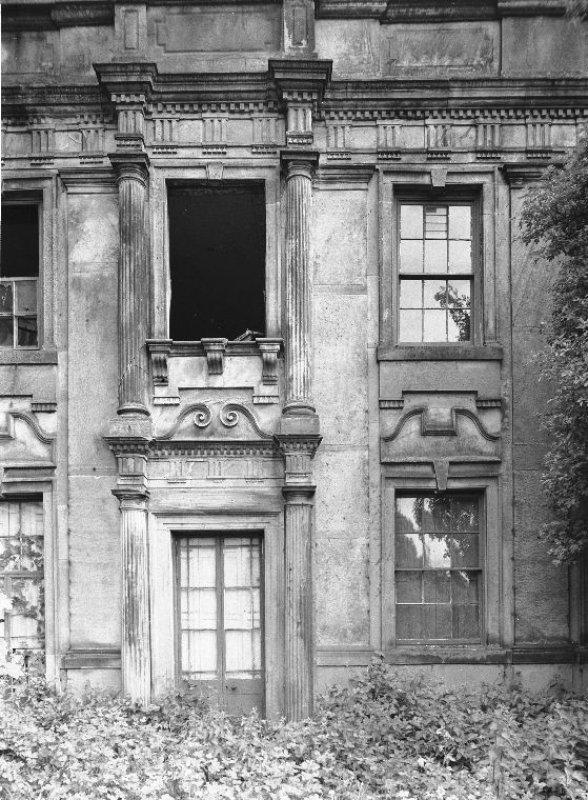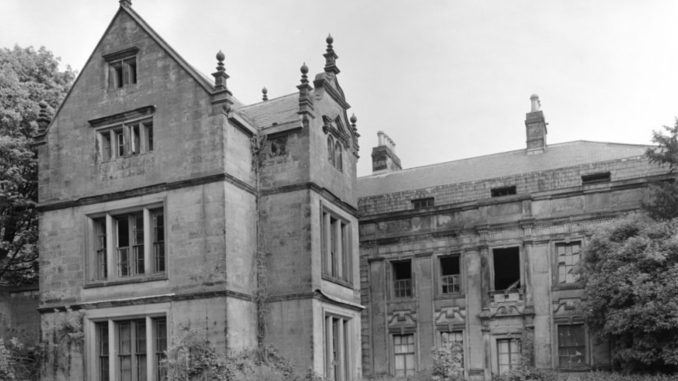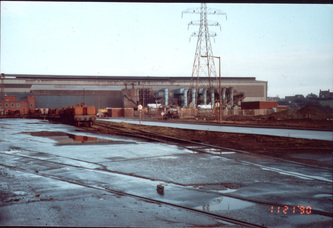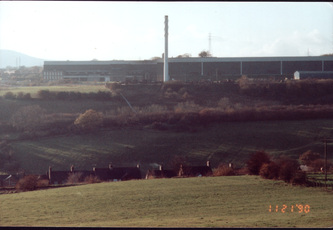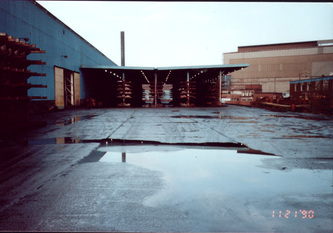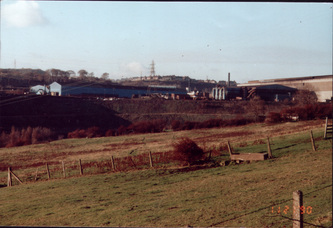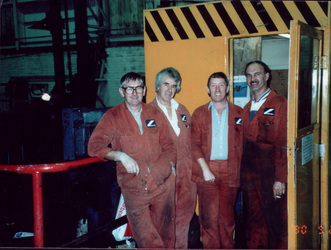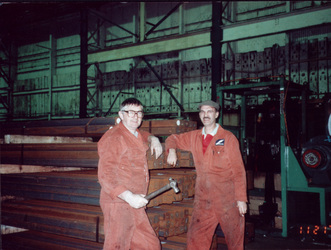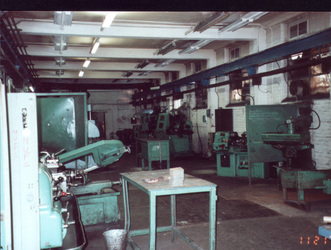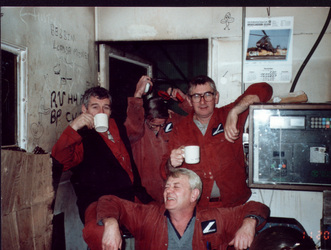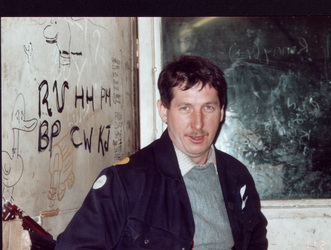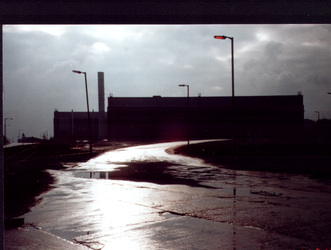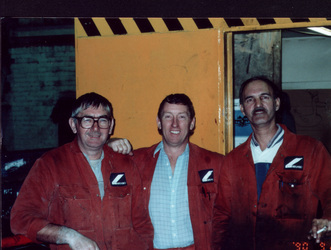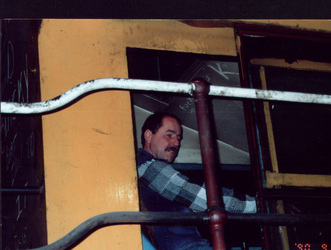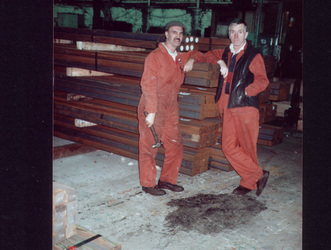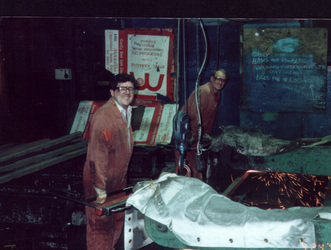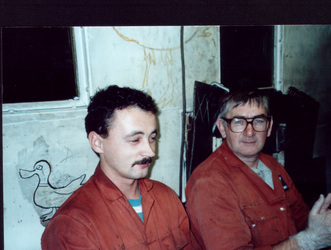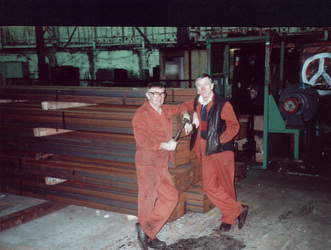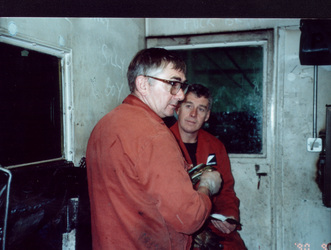"Audentes fortuna iuvat."
Hi and welcome to my website, I hope you enjoy your visit, I hope to add loads of stuff as I go on. I will be adding loads more in the coming weeks/months/years so keep checking.
At the moment I have a section on the History of Wrexham, Buildings and Places of Wrexham Past and Present, Villages and Places around Wrexham, Broughton Community, The Moss Valley and Gatewen Hall.
Please feel free to email me here with any questions, advice or photos you would like to add.
The above photo is of my families bus company called Guy's buses.
At the moment I have a section on the History of Wrexham, Buildings and Places of Wrexham Past and Present, Villages and Places around Wrexham, Broughton Community, The Moss Valley and Gatewen Hall.
Please feel free to email me here with any questions, advice or photos you would like to add.
The above photo is of my families bus company called Guy's buses.
Broughton Community Wrexham
Broughton, Welsh:Brychdyn, is situated about 2-3 miles west of Wrexham. It has an area of 469 hectares and a popualation of 6,498 in the 2001 Census.
Broughton was recorded in the reign of Henry VII as one of the townships of the manor of Eglwysegle (a name preserved in the area known as Eglwysegle near Llangollen), part of the lordship of Bromfield.
Broughton appears in the Domesday book as "Brochetune" or "Broctune", a common name in this period. Broctune means "Brooktown". The brook which may have may have given Broughton it's name is almost always dry but "Rhyd Broughton" or "Broughton Ford" preserves the memory of it. The spelling of the name has varied over its history which include, Broghton, Broegton, Brochtoun, Broughtoun, Ioughton and finally Broughton.
Under the ecclesiastical administration the township of Broughton was part of the parish of Wrexham, and later of Brymbo. Population changes led to it being made a parish in its own right in 1909.
The corresponding civil parish of Broughton, which was ultimately based on the boundaries of the ancient township, became the community of Broughton under the terms of the Local Government Act 1972.
It today contains the villages of Moss, Pentre Broughton, Brynteg, New Broughton, Southsea and Caego. Whereas once these villages were small and seperate now it is difficult to determine just where one ends and another begins.
The majority of the villages date from the 19th century, when the area became heavily industrialised through coal mining and its proximity to the Brymbo Steelworks; most of the mines were located in the area known as Moss Valley, along with a number in Pentre Broughton near Brymbo such as the Brynmally and Pwll Cadi collieries.
Most of the area's coal mines had closed by the 1930s and the Moss Valley has now been reclaimed as a park.
Continuing development has urbanised much of the rest of the community's area, with some agricultural land remaining in the south and east.
I am currently trying to find out as much as possible about the history of Broughton area and also trying to locate some old pictures, if anyone can help me with either, please e-mail me.
Brynteg
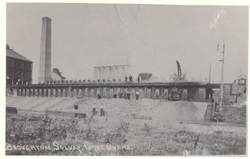
Photo-Solway Cokeworks.
The name Brynteg means 'Fair Hill' or 'Hilltop' in Welsh. Brynteg has lost all it's pubs, The Brynteg Inn, The Halfway Inn and The Castle Inn have long gone, The Halfway Inn is now a private residence, The Castle Inn is now a takeway and the Brynteg Inn is a small estate.
Focal points of the village are The Shops, Premier Stores and Yiannos Chipshop.
Just off Victoria Road, near Premier Stores there used to be the E.D Roberts Bakery which was demolished in about 1981 and lends it's name to nearby 'Bakery Fields', a small Cul-De-Sac. The original Roberts bakery was on Roberts Road and there were stables with it.
In the mid 19th Century Brynteg was just a collection of farms (Rockward Farm, Daisy Bank) ,Collieries, Quarries and a few houses.
The village of Brynteg is about 2 miles North West of the town of Wrexham.
Pentre Broughton
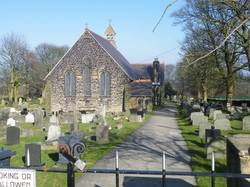
Photo-St Paul's Church.
Pentre Broughton is a small, formerly industrial village in the community of Broughton in. It is contiguous with the neighbouring villages of Moss and Brynteg.
The village's name is derived from the Welsh word pentre ("village") along with Broughton, the name of the township of the parish of Wrexham (later Brymbo) in which it was located. The English place-name "Broughton" appears in the Domesday Book survey of the area and probably means "brook town".
Much of the village dates from the later 19th century, after industrial expansion in the area, but it appears on the 1873 Ordnance survey of Denbighshire as "Pentre" and "Pentre isaf" ("lower village"). These place names, rather than "Pentre Broughton", appear on maps until the second half of the 20th century, and the village is still often referred to simply as "Pentre" by local residents.
Pentre Broughton's church, St. Paul's, was built in 1888-89, though it was not consecrated until 1909, shortly before Broughton was made a separate parish in its own right. The church was designed by the architect Howel Davies of Wrexham.
Many of the villages' residents worked in coal mining, or in the Brymbo Steelworks which until its closure in 1990 dominated the view to the north of the village. The Cross Foxes on Pentre High Street was formerly the meeting place for the area's mineworkers' unions; at one 19th century meeting, over 6000 people gathered there for a demonstration.
In the 1920's my great uncle, Robert Edwin Guy ran a bus company called 'Guy's Buses' near Pentre Broughton at the top of 'Quarry Road' near The White Hart Inn.
Bryn Mally Hall
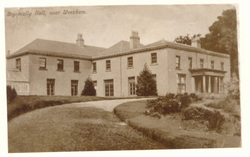
Bryn Mally Hall was built by Richard Kirk (who also owned Gwersyllt Hill Hall) and on his death the ownership of the hall passed to his son George Kyrke.
Kirk was the father of five sons and several daughters,only one of whom used the same spelling of his surname. All the others used the spelling Kyrke. The one exception his infant daughter Mary whose early death is recorded on a gravestone,now used as paving, at the Dissenter's Cemetary at Rhosddu.
It was a magnificent building set in a commanding position offering superb views over the surrounding area. It had sloping lawns, croquet and tennis lawns, flower beds and plantatations. It had a dining room, drawing room, morning room and library and each room was quite large. It had eleven bedrooms and three servants bedrooms. A large paved yard faced stabling for eight horses and there were also farm buildings.
In 1842, George Kyrke faced financial hardships and was forced to mortgage the estate. In 1849, Thomas Clayton bought the estate and came to live in the hall when he was 23. He and his wife went on to have eleven children and the Clayton name was given to Clayton Road and Clayton Arms.
R.E Guys and Brothers

Photo-Guy's Buses.
R.E Guy and Brothers(Pentre Broughton)was founded in about 1918 by my great uncle Robert Edwin Guy of Pentre Broughton. Originally, 'Robert Edwin', as he was known, started the business with horse-drawn vehicles but these were eventually all replaced by motor vehicles, first motor cars,then motor buses.
The first bus that he bought was an 8-seater Chevrollete which he named 'Baby'. This was later joined by two Garford Motor company 22-seater charabancs with canvas tops. These buses were named 'Bobby' and 'Polly', my late mother remembers him calling them these names fondly. The buses were Grey in colour. In the 1920's business was at it's peak and R.E Guy and Brothers had a total of 9(mainly Dodge)buses, most were dark blue in colour,some red.R.E.
Guy's bus depot was at the top of Quarry Road, near the junction at High Street, Pentre Broughton, not far from the White Hart public house.
R.E Guy and Brothers ran services between Wrexham and Pentre Broughton and Wrexham and Brymbo and also ran trips to Rhyl. It was taken over between 1930 and 1935 by either Crosville or the Western Transport Company. Robert Edwin Guy was also a counsellor for Wrexham Rural District Council and Denbighshire County Council.
Photos of Guy's Buses
Y Gaer
The oldest man-made feature within the parish of Broughton is "Y Gaer" an Iron Age hill-fort located in the village of Pentre Broughton. Located on high ground,it overlooked the Moss Valley and offered magnificent panoramic views over the Cheshire Plains. Much of the old ramparts have dissapeared over the past 2000 years and today only a length of about 120 yards can still be defined on the east of Gwalia Road. The encampment may have enclosed an area of about 10 acres.
Southsea
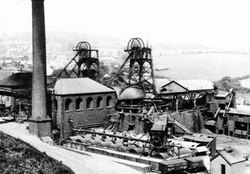
Photo-Plas Power Colliery, Southsea.
Southsea (Welsh: Glanrafon) is a small formerly industrial village on the Gwenfro river in Broughton community, the county borough of Wrexham,Wales.
The village came into being at the site of the Broughton Hall Brickworks and Plas Power Colliery. Its Welsh Language placename (meaning "the bank of the river", glan yr afon) derives from that of a farm. Its exotic-sounding English name, however, comes from the South Sea Inn which used to stand over the road from the brickworks, and in a room of which the brickworks pay was distributed.
The Wrexham historian Alfred Neopard Palmer noted that the name Southsea first appeared on the rate books as early as 1786, though also commenting that this was "an absurd name which should never have been adopted, especially as there was an appropriate name ready to hand".
Southsea's church, All Saints, was formerly its church hall. The previous church, built in 1921 after the original building became unsafe due to mining subsidence, itself became unsafe and was demolished in 1984.
Tanyfron
Tanyfron, also occasionally spelt Tan-y-fron, is a village in Wrexham County Borough in Wales. At the time of the 2001 census, the population of area Wrexham 006A, which includes Tanyfron and a number of other small settlements, was 1,347. The village is part of the local government Community of Brymbo and is in the Vron electoral ward. The built-up area had a population of well over 2,000 as of the 2011 census.
Tanyfron developed largely in order to provide accommodation for the families of miners. The shafts of the Vron Colliery, immediately to the west of today's village and named for the adjacent Vron Farm, were first sunk in 1806 by Rogers of Coedpoeth it was purchased in 1840 by the surveyor and engineer William Low.[The initial small settlement of miners' houses, called Vron (an anglicised version of the Welsh word fron, "hillside", "slope"), was joined in the 1890s by a larger village to the east called Tan-y-fron ("under the hillside").[6] Most of the residents worked in the collieries at Vron or Plas Power, or in the nearby Brymbo Steelworkss.
A church dedicated to St. Alban was opened in 1897 as a "chapel of ease" for the parish church at Southsea. There were also formerly two nonconformist chapels, Mynydd Seion (Wesleyan, built in 1896) and Cana (Congregationalist).
The colliery was served by two railways, a spur of the Great Western Railway's Wrexham and Minera Branch and a branch of the Wrexham, Mold and Connah's Quay Railway. The embankment of the latter is now a footpath still known locally as "the Line".
The Vron Colliery suffered financial problems throughout its history and was eventually closed in 1930,] the colliery spoil tips, known locally as the "Bonc" (from the Welsh word for "hillock"), were finally cleared in the late 1980s. The major local employer, the Steelworks, expanded across the hillside to Tanyfron in 1976, but closed in 1990 with serious economic effects for the village.
Harold Tudor (1908-1988), the British Council official credited with starting the Llangollen International Musical Eisteddfod, was born in Tanyfron, where his parents lived on St Alban's Road.
Tanyfron still has both a small primary school and St. Albans church. Some housing development has taken place in the village, and in the village of Vron, during the 1990s and after. This led to protests in 2006 when the former school playing field was sold off for residential development.
As of 2010, St Albans church has been closed, and has been put up for sale by the Church in Wales.
Tanyfron developed largely in order to provide accommodation for the families of miners. The shafts of the Vron Colliery, immediately to the west of today's village and named for the adjacent Vron Farm, were first sunk in 1806 by Rogers of Coedpoeth it was purchased in 1840 by the surveyor and engineer William Low.[The initial small settlement of miners' houses, called Vron (an anglicised version of the Welsh word fron, "hillside", "slope"), was joined in the 1890s by a larger village to the east called Tan-y-fron ("under the hillside").[6] Most of the residents worked in the collieries at Vron or Plas Power, or in the nearby Brymbo Steelworkss.
A church dedicated to St. Alban was opened in 1897 as a "chapel of ease" for the parish church at Southsea. There were also formerly two nonconformist chapels, Mynydd Seion (Wesleyan, built in 1896) and Cana (Congregationalist).
The colliery was served by two railways, a spur of the Great Western Railway's Wrexham and Minera Branch and a branch of the Wrexham, Mold and Connah's Quay Railway. The embankment of the latter is now a footpath still known locally as "the Line".
The Vron Colliery suffered financial problems throughout its history and was eventually closed in 1930,] the colliery spoil tips, known locally as the "Bonc" (from the Welsh word for "hillock"), were finally cleared in the late 1980s. The major local employer, the Steelworks, expanded across the hillside to Tanyfron in 1976, but closed in 1990 with serious economic effects for the village.
Harold Tudor (1908-1988), the British Council official credited with starting the Llangollen International Musical Eisteddfod, was born in Tanyfron, where his parents lived on St Alban's Road.
Tanyfron still has both a small primary school and St. Albans church. Some housing development has taken place in the village, and in the village of Vron, during the 1990s and after. This led to protests in 2006 when the former school playing field was sold off for residential development.
As of 2010, St Albans church has been closed, and has been put up for sale by the Church in Wales.
New Broughton
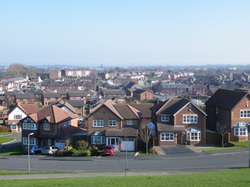
Photo-View over New Broughton.
As a settlement New Broughton did'nt exist until about 1883.
New Broughton takes it's name from the adjacent colliery sunk in 1883, labelled 'New' to distinguish it from the 'Old' Broughton (Broughton Hall) colliery sunk in 1835 by John Pearce and Richard Gough who also had the Southsea Colliery and Broughton Forge.
Growth of the village was flagged by Nonconformist chapels, school and station. Y Cysegr ("The Sanctuary") or Bottom Chapel was opened on a site donated by the B&PPCC. On the south side of the crossroads stood Soar Chapel (Welsh Wesleyan) opened in 1894 and extended in 1904, it was demolished in about 1998 and a small block of flats now stands in it's place. The English methodists had their chapel opposite.
In 1905 the GCR took the trouble to open New Broughton Road Halt, a single platform.
The village expanded in the late sixties with the building of flats and old peoples accomodation.
'Dicken's Garage' occupied two sides of New Broughton Road up until the late 90's when it closed possibly due to the closure of Brymbo Steelworks.
The village is now served by a Chinese Takeaway, a Londis, Hair HQ hairdressers and Robertson's Garage.
Ysgol Penrhyn Infants/Junior school was opened in 1984 in the village.
In December 1915, six children from Gatewen Road, Broughton near Wrexham received the news that their father, 37 year old miner William Arthur Lloyd, had been killed. His wife knew nothing of how he died or of the highly secret nature of the work he had been undertaking in France.
There is an excellent video feature here, part of the BBC World War One at Home series.
Caego
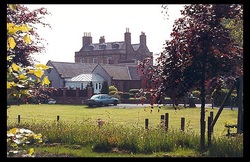
Photo-Berse Drelincourt Hall.
Caego is a small village immediately to the west of the town of Wrexham in the community of Broughton. It is contiguous with the neighbouring larger village of New Broughton; the main road passing through the centre of the village is the B5101.
Its name can perhaps be translated as "the field (cae) of the smith". The village lies in the parish of Berse, whose name has the same origin as the nearby village of Bersham. The name, still sometimes applied to the area of Caego, was originally that of a common and later came to apply to the whole township of Berse or Bersham; it may be based on an Old English personal name or on the Middle English word "berse", meaning a hedge of osiers.
Nearby farms are still known as Higher Berse and Little Berse. Berse parish, however, was created only in June 1934, when it was formed from parts of the parishes of Rhosddu and Wrexham, while most of the houses making up Caego village were built in the 1930s or later.
The village's main landmark is the small eighteenth-century Berse (or Berse Drelincourt) Parish Church, which is now Grade II Listed. Originally known as the "Capel Madam", it was built in 1742 by Mrs Mary Drelincourt, widow of Peter or Pierre Drelincourt (1644-1722), the Dean of Armagh, and was originally attached to a small girls' charity school. The church, which does not have a specific dedication, was consecrated in 1759, enlarged in 1828 (to accommodate pews for landowners Thomas Hayes of Gatewen Hall, and Thomas Fitzhugh of Plas Power), and restored in 1862.
As of 2010 the church has been taken out of use and is now a private residence.
The Great Western Railway's branch to the Moss Valley ran through the village until the 1930s. It was reinstated for a period in the 1960s and 70s to serve a coal disposal point at Gatewen.
Public Houses, Inns and Taverns-Then and Now
- The Bird In Hand- Moss.
- The Black Horse-Pentre Broughton.
- The Bridge Inn-Moss.
- The Cambrian Inn-Westminster Road-Moss
- The Castle Inn-Brynteg.
- The Clayton Arms-Moss.
- * The Cross Foxes-Pentre Broughton.
- The Cross Keys-Pentre Broughton.
- The Eagles Inn-Moss.
- The Globe Tavern-Moss.
- The Grapes Tavern-Moss.
- The Green Tavern-The Green.
- The Half-Way Inn-Brynteg.
- The Harp Tavern-Moss.
- The Kings Head Inn-Moss.
- The Mason's Arms-Moss.
- The Mount Pleasent-Moss.
- The New Inn-Moss.
- The Queen's Head-The Green.
- The Rock Tavern-Moss.
- * The Roller's Arms-Southsea.
- The Royal Oak-Moss.
- The Royal Oak(Caddies or Pyll Cadi)-Pentre Broughton.
- The Red Lion-Moss.
- The Brynteg Inn-Brynteg.
- The Southsea(Ship)-Southsea.
- The Sun Inn-Pentre Broughton.
- The Tunnel Inn-Moss.
- The White Hart Inn-Pentre Broughton.
Of the 29 listed here only 2 (marked with an*) are still open.
Photos of Broughton Pubs
Broughton Hall

The original deeds of Broughton Hall, along with similar deeds
for many of the surrounding estates, including those of Brymbo Hall, were destroyed in the 'Great Fire at Cefn' in 1794, when a portion of Wynnstay Hall was burnt down.
Thanks to local historian A.N Palmer's dilligent searches of parish registers and rate books, it would seem that Broughton Hall was standing prior to 1661
when it belonged to John Powell, gentleman and it remained the property of the Powell family until 1778. In 1670 it had been described as having only three hearths for rateable purposes.
In 1833,the estate consisted of Broughton Hall and it's lands, Coed Efa,
surrounding parishes totaling 182 acres.About 1835, the Rev John Pearce, with Richard Gough in partnership, began buying up portions of the Broughton Estate, and had secured the whole by 1839.
Pearce and Gough failed in business in 1853 and their propertied were sold by auction. Two years
later, in 1855, the whole of the estate passed into the possession of Henry Robertson, William Henry Darby and his brother Charles Henry Darby.
The road fronting Broughton Hall was, within living memory, known as Pump-house Road,
taking it's name from the old water-pumping engine which
was located at the junction of the three nearby roads. It was not until the nearby council estate was built that the road name changed to Darby Road after the family who occupied the Hall.
At present there is another property within the community of Broughton which makes use of the Broughton Hall title. This is the Broughton
Hall Nursing Home which actually occupies the enlarged property known for the past 300 years as Rhyd Broughton, a house and farm which was
often referred to as the 'black and white farm' located near the present junction of Gatewen Road and the Brymbo Road.
Picture by John Bagshaw 1992
for many of the surrounding estates, including those of Brymbo Hall, were destroyed in the 'Great Fire at Cefn' in 1794, when a portion of Wynnstay Hall was burnt down.
Thanks to local historian A.N Palmer's dilligent searches of parish registers and rate books, it would seem that Broughton Hall was standing prior to 1661
when it belonged to John Powell, gentleman and it remained the property of the Powell family until 1778. In 1670 it had been described as having only three hearths for rateable purposes.
In 1833,the estate consisted of Broughton Hall and it's lands, Coed Efa,
surrounding parishes totaling 182 acres.About 1835, the Rev John Pearce, with Richard Gough in partnership, began buying up portions of the Broughton Estate, and had secured the whole by 1839.
Pearce and Gough failed in business in 1853 and their propertied were sold by auction. Two years
later, in 1855, the whole of the estate passed into the possession of Henry Robertson, William Henry Darby and his brother Charles Henry Darby.
The road fronting Broughton Hall was, within living memory, known as Pump-house Road,
taking it's name from the old water-pumping engine which
was located at the junction of the three nearby roads. It was not until the nearby council estate was built that the road name changed to Darby Road after the family who occupied the Hall.
At present there is another property within the community of Broughton which makes use of the Broughton Hall title. This is the Broughton
Hall Nursing Home which actually occupies the enlarged property known for the past 300 years as Rhyd Broughton, a house and farm which was
often referred to as the 'black and white farm' located near the present junction of Gatewen Road and the Brymbo Road.
Picture by John Bagshaw 1992
Old Broughton Photos
Click on Photos for captions.
Much thanks to Jim Nuttall and The Broughton District History Group for some of the photos.
Then and now combined photos
Click on photos for captions.
Broughton Area Photos
Click on photos for captions.
Gwersyllt Hill Hall

Gwersyllt Hill Hall, also known as 'Harrop's Hall', 'Dracula's Castle' (Drac's Castle) and Penson's Hall was owned by Richard Kirk who also owned Bryn Mally Hall.
Richard Kirk arrived in the Wrexham area in about 1775 and made his first home "near the Wheatsheaf" at Gwersyllt. Whether this was the property known as Gwersyllt Hill Hall is unknown.
Kirk was the father of five sons and several daughters, only one of whom used the same spelling of his surname. All the others used the spelling Kyrke. The one exception his infant daughter Mary whose early death is recorded on a gravestone, now used as paving, at the Dissenter's Cemetary at Rhosddu.
In 1812, Richard Kirk and Sir Watkin Williams Wynn made an exchange of areas of lands as a result of which that area known as Pendwll in the Moss Valley became part of Richard Kirk's estate.
Richard Kirk died at Gwersyllt Hill Hall on the 13th September 1839 aged 91 and he left the lands called Brynmally and Brynmally colliery to his son George Kyrke.
The mansion known as Gwersyllt Hill Hall passed to his daughter, Frances and her husband Thomas Penson after which time the house was known as Penson's Hall. A nearby crossroads is still called Penson's Turning.
Other occupants included James Sparrow, J Arthur Harrop and finally Summerhill Social Club which at this time the property was known locally as Dracula's Castle.
Picture by John Bagshaw 1992
Richard Kirk arrived in the Wrexham area in about 1775 and made his first home "near the Wheatsheaf" at Gwersyllt. Whether this was the property known as Gwersyllt Hill Hall is unknown.
Kirk was the father of five sons and several daughters, only one of whom used the same spelling of his surname. All the others used the spelling Kyrke. The one exception his infant daughter Mary whose early death is recorded on a gravestone, now used as paving, at the Dissenter's Cemetary at Rhosddu.
In 1812, Richard Kirk and Sir Watkin Williams Wynn made an exchange of areas of lands as a result of which that area known as Pendwll in the Moss Valley became part of Richard Kirk's estate.
Richard Kirk died at Gwersyllt Hill Hall on the 13th September 1839 aged 91 and he left the lands called Brynmally and Brynmally colliery to his son George Kyrke.
The mansion known as Gwersyllt Hill Hall passed to his daughter, Frances and her husband Thomas Penson after which time the house was known as Penson's Hall. A nearby crossroads is still called Penson's Turning.
Other occupants included James Sparrow, J Arthur Harrop and finally Summerhill Social Club which at this time the property was known locally as Dracula's Castle.
Picture by John Bagshaw 1992
Brymbo and Lodge
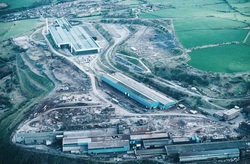
Photo-Brymbo Steelworks.
Whilst Brymbo is not part of the Broughton community it is an integral part of Broughton's story so I've included it here.
Brymbo is a local government community, the lowest tier of local government, part of Wrexham County Borough in Wales. It is a village situated in the hilly country to the west of Wrexham town, largely surrounded by farmland.
At the 2001 Census, the population of the community area (including Brymbo village, along with the villages of Tanyfron and Bwlchgwyn and a number of rural hamlets) was 3,482.
It is also the name of an electoral ward of Wrexham County Borough, whose population (including Brymbo and Tanyfron only) was 2,653 at the 2001 census.
The area was formerly heavily dependent on coal mining and steelmaking, and the Brymbo Steelworks, which operated between 1794 and 1990, was a prominent industry for the village and much of the surrounding area.
Brymbo, possibly from the Welsh Bryn baw ("mud hill" or "dirt hill") first appears in records in 1339, although the area had clearly been occupied for centuries beforehand (see "Brymbo Man" below).
At this stage Brymbo was a township covering a considerable area and containing a number of scattered settlements, farms, commons, and "wastes", or uncultivated areas. In 1410, the burgesses of the local settlement of Holt were granted the right to dig for coal in the wastes of "Harwd" and Coedpoeth; "Harwd", another early name for Brymbo, came from the English name "Harwood" ("Hare Wood") and referred to a common in one part of the township.
Sometime in the fifteenth century, landowner Edward ap Morgan ap Madoc, gentleman, built a dwelling in the township that was later to become Brymbo Hall, the home of his descendants the Griffith family.
A survey of the Lordship of Bromfield and Yale, conducted in 1620 by John Norden and his son, described the boundaries of the township of Brymbo, in the manor of Esclusham, as follows:
To the ffirst article the said Jurie doe say that the towneshipp of Brymbo, beeing part of ye said mannor, is bounded from Mynera by a brooke called Gwenfro, by a common there called Y Koed Boeth by the south side; and from Flintshire by a brooke called Avon y Frith, running from a common called Nant Y Ffrith to a rive' called Kegidog; and soe the said Kegidog running downeward a little beyond a bridge called Pont y Place Mayne vppon ye north side, and from Gwersilt by a little brooke called y Frwe, and from Broughton by a little brook running from a common called Harwood to a place called y Groes faen on ye east side ; and vpon ye west, from ye said common called Nant y Frith to a place vpon ye said common called Maes Maylo' or thereabouts; but ye certaine boundes of ye said towneshipp vppon ye said mountayne or common, they cannott sett downe.
Industrialist John 'Iron Mad' Wilkinson purchased Brymbo Hall and began developing its estate, mining coal and ironstone and building an ironworks which was later to become the Brymbo Steelworks. By 1821 there was a total of 41 coal pits on the Brymbo Hall estate alone. In the nineteenth century, a number of larger deep mines were sunk around the area, and the majority of the village of Brymbo was developed as accommodation for the miners and ironworkers.
The village itself was constructed on and around the steep sides of Brymbo Hill with spectacular views towards the Cheshire Plain, though the area's dramatic topography was later to cause problems when the steelworks expanded in 1956: the new parts had to be built on a vast artificial plateau of slag from the furnaces, filling the width of the valley and burying most of the village of Lodge, whose houses were purchased and demolished.
Although the steelworks continued in production, many of the area's collieries ran into geological and financial problems by the time of the Great Depression, and the area's last deep mine (the Plas Power pit, near Southsea) closed in 1938, though the Smelt drift mine, west of the village, closed in 1967 (many of the remaining coal deposits were extracted by open-cast mining immediately west of the steelworks during 1972-75). The steelworks itself, after several years of uncertainty, was finally to close in stages between 1990 and 1991, having a severe economic impact on the village.
In August 1958, workmen digging a pipe trench at Cheshire View in Brymbo made an important archaeology find - a burial site containing the remains commonly referred to as Brymbo Man or Brymbo Beaker Man, dating back to the early Bronze Age, around 1600BC. The remains were found in a buriel chamber alongside a flint knife and earthenware beaker. It is believed that he was 5 feet 8 inches tall and aged between 35 and 40 years. Brymbo Man was taken to the National Museum in Cardiff until May 1998 when it was returned to Wrexham. In 2001 Manchester University produced a wax model reconstruction of the skull which can also be seen in the galleries of Wrexham Museum.
Another archaeological find was made in 2006 by workers redeveloping the site of the former steelworks - a fossilised forest of the petrified wood of over 20 trees, dating from the Carboniferous Period.
The ancient earthwork Offa's Dyke passes close to the village; a long section was formerly visible close to Brymbo Hall. In 1892, Professor Thomas McKenny Hughes carried out the first scientific excavation of Offa's Dyke near Brymbo. The cartographer Samuel Lweis, in his Topographical Dictionary of Wales (1833), recorded that a large quantity of horse bones along with horse shoes "of rude workmanship" were found beneath the dyke near Brymbo Hall, but gave no other details.
There is an excellent website on Brymbo by Alan Owens, click here to go there.
Brymbo Hall
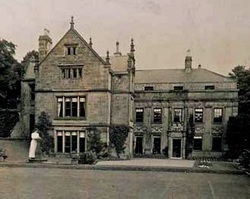
Brymbo Hall, one of Britain's lost houses, was a manor house located near Brymbo outside the town of Wrexham. The house, reputed to have been partly built to the designs of Inigo Jones, was noted as the residence of 18th-century industrialist and ironmaster John "Iron-Mad" Wilkinson.
The estate was located on the upland moors around 3 miles (4.8 km) north-west of Wrexham. Its early history was relatively obscure, the deeds having been destroyed in a fire in 1794, though it was thought a house on the site had been constructed in the late 15th century for Edward ap Morgan ap Madoc, gentleman. Edward's son, Gruffydd, founded the locally-prominent Griffith family in the early 16th century, and a more modern house was built in 1624 for Edward's descendant John Griffith.
A persistent local tradition claimed that not only had Inigo Jones designed the 1624 building, but that he had been born at the old Brymbo Hall (little is recorded of Jones's early life but he is generally thought to have been born in London, though he was of Welsh descent). However, a portico at the house dated 1624 was more firmly attributed to the architect, though it was later noted that the aedicular doorway was in fact a copy of Plate 158 in Sebastiano Serlio's Fourth Book, the Regole generali d'architettura (1537). Jones was also considered to have designed the chapel set in the grounds of the house. The main 1624 building was later extended by an eastern wing featuring a giant order of Doric pilasters.
In 1649 Brymbo Hall was acquired by Sir Richard Saltonstall, an early settler in New England, on his return to Britain. By the close of the 17th century it was again occupied by the Griffith family, being owned by Robert Griffith, Esq, who served as High Sheriff of Denbighshire in 1684-5. Robert's only son John matriculated from Christ Church, Oxford in 1695, aged 18; but appears to have died, without issue, before his parents, as the property was inherited by Robert's daughter Mary. As a highly marrieageable heiress, Mary married Robert Jeffreys of Acton Hall and after his death married again, to Richard Clayton of Lea Hall in Shropshire. She then married a third time, to Arthur Owen, a member of the Owen family of Brogyntyn. Her daughter Jane Clayton married Watkin Wynne of Voelas; their daughter, Elizabeth Wynne, married Thomas Assheton Smith.
During the mid-18th century the estate was the subject of several lawsuits between relatives of Arthur Owen and Richard Clayton.
John Wilkinson bought the 500-acre (2.0 km2) Brymbo Hall estate in 1792 for the sum of £14,000. The land was rich in coal and ironstone deposits, and Wilkinson constructed an ironworks (later to become the Brymbo Steelworks) near the Hall. His son occasionally lived at the property after his death, and the estate was later to be managed by William Legh, Esq, the father of William Legh, 1st Baron Newton. However, the estate was sold off to pay the costs of a complex and long-running lawsuit between Wilkinson's heirs. by 1841 it had been purchased by the barrister Robert Roy, one of the original trustees appointed on Wilkinson's death. Roy, along with Henry Robertson and others, formed the Brymbo Mineral & Railway Company and restarted iron production on the estate. The house itself was later to be occupied by the Darby family, the descendents of Abraham Darby III, who were appointed as the ironworks managers.
During the late 19th century Brymbo Hall was the country home of the Liberal MP for Denbighshire, George Osborne Morgan: another Liberal MP, Christmas Price Williams, grew up there.
The Hall was largely unoccupied after 1930 and gradually fell into disrepair. It became partly derelict after World War II, when it was used by the military, and its lower floors were used for keeping livestock by a local farmer. It was eventually demolished in 1973 when open cast mining was carried out on the site, and is still considered to be one of the most unfortunate architectural losses in Wales.
In addition to the Inigo Jones tradition, a local story said the house, and the road leading to it, was haunted by a "grey lady" supposed to be the ghost of Jane Wynn, who lived there alone in the 18th century, following the death of her husband Another tale concerned a room in which shutters would refuse to stay closed, following the death of the (apocryphal) daughter of a 19th-century owner.
A stand of twelve trees in the grounds was known as the "Twelve Apostles" or "Twelve Disciples"; the trees were also eventually uprooted by the National Coal Board.
The estate was located on the upland moors around 3 miles (4.8 km) north-west of Wrexham. Its early history was relatively obscure, the deeds having been destroyed in a fire in 1794, though it was thought a house on the site had been constructed in the late 15th century for Edward ap Morgan ap Madoc, gentleman. Edward's son, Gruffydd, founded the locally-prominent Griffith family in the early 16th century, and a more modern house was built in 1624 for Edward's descendant John Griffith.
A persistent local tradition claimed that not only had Inigo Jones designed the 1624 building, but that he had been born at the old Brymbo Hall (little is recorded of Jones's early life but he is generally thought to have been born in London, though he was of Welsh descent). However, a portico at the house dated 1624 was more firmly attributed to the architect, though it was later noted that the aedicular doorway was in fact a copy of Plate 158 in Sebastiano Serlio's Fourth Book, the Regole generali d'architettura (1537). Jones was also considered to have designed the chapel set in the grounds of the house. The main 1624 building was later extended by an eastern wing featuring a giant order of Doric pilasters.
In 1649 Brymbo Hall was acquired by Sir Richard Saltonstall, an early settler in New England, on his return to Britain. By the close of the 17th century it was again occupied by the Griffith family, being owned by Robert Griffith, Esq, who served as High Sheriff of Denbighshire in 1684-5. Robert's only son John matriculated from Christ Church, Oxford in 1695, aged 18; but appears to have died, without issue, before his parents, as the property was inherited by Robert's daughter Mary. As a highly marrieageable heiress, Mary married Robert Jeffreys of Acton Hall and after his death married again, to Richard Clayton of Lea Hall in Shropshire. She then married a third time, to Arthur Owen, a member of the Owen family of Brogyntyn. Her daughter Jane Clayton married Watkin Wynne of Voelas; their daughter, Elizabeth Wynne, married Thomas Assheton Smith.
During the mid-18th century the estate was the subject of several lawsuits between relatives of Arthur Owen and Richard Clayton.
John Wilkinson bought the 500-acre (2.0 km2) Brymbo Hall estate in 1792 for the sum of £14,000. The land was rich in coal and ironstone deposits, and Wilkinson constructed an ironworks (later to become the Brymbo Steelworks) near the Hall. His son occasionally lived at the property after his death, and the estate was later to be managed by William Legh, Esq, the father of William Legh, 1st Baron Newton. However, the estate was sold off to pay the costs of a complex and long-running lawsuit between Wilkinson's heirs. by 1841 it had been purchased by the barrister Robert Roy, one of the original trustees appointed on Wilkinson's death. Roy, along with Henry Robertson and others, formed the Brymbo Mineral & Railway Company and restarted iron production on the estate. The house itself was later to be occupied by the Darby family, the descendents of Abraham Darby III, who were appointed as the ironworks managers.
During the late 19th century Brymbo Hall was the country home of the Liberal MP for Denbighshire, George Osborne Morgan: another Liberal MP, Christmas Price Williams, grew up there.
The Hall was largely unoccupied after 1930 and gradually fell into disrepair. It became partly derelict after World War II, when it was used by the military, and its lower floors were used for keeping livestock by a local farmer. It was eventually demolished in 1973 when open cast mining was carried out on the site, and is still considered to be one of the most unfortunate architectural losses in Wales.
In addition to the Inigo Jones tradition, a local story said the house, and the road leading to it, was haunted by a "grey lady" supposed to be the ghost of Jane Wynn, who lived there alone in the 18th century, following the death of her husband Another tale concerned a room in which shutters would refuse to stay closed, following the death of the (apocryphal) daughter of a 19th-century owner.
A stand of twelve trees in the grounds was known as the "Twelve Apostles" or "Twelve Disciples"; the trees were also eventually uprooted by the National Coal Board.
Brymbo Steelworks
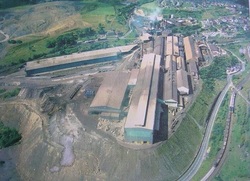
Brymbo Steelworks was a former large steelworks in the village of Brymbo. Many Broughton men and women were employed there.
In operation between 1796 and 1990, it was significant on account of its founder, one of whose original blast furnace stacks remains on the site.
The works was founded by the pioneer industrialist John 'Iron Mad' Wilkinson. Wilkinson, who had owned the nearby Bersham Ironworks jointly with his brother William, purchased Brymbo Hall and its 500-acre estate from the Assheton-Smith family in 1792 for the sum of £14,000, some of which may have been lent by Boulton and Watt.
The estate was rich in coal and ironstone deposits, several small coal pits having existed even before Wilkinson purchased the estate. By 1796 Wilkinson had erected the first blast furnace on the site, east of the Hall, 884 tons of iron being produced in this first year. This initial furnace ("No. 1") worked continuously until 1894 when it was finally 'blown out', and continued in use afterwards as a sand hopper. From 1805 a second furnace was brought into production.
After Wilkinson's death, his estate was contested between his natural children, who he had fathered with the Brymbo Hall housekeeper Ann Lewis, and his nephew Thomas Jones. The cost of the actions in the Court of Chancery were to bankrupt Jones and to absorb much of the inheritance of Wilkinson's children.
The ironworks lay idle for some years, with a few attempts at restarting production, one of which was made by the ironmaster John Thompson.
In 1841, the works and estate were to be bought by Robert Roy (one of the Brymbo estate's trustees) and in 1842 were handed to Henry Robertson to develop. Robertson engaged William Henry Darby and Charles Edward Darby, grandsons of Abraham Darby III of Coalbrookdale, to manage the works. The works gradually expanded, and in 1854 he bought out Roy's share of the business, local tradition stating that the transaction was decided by a horse race which the steelworks employees, favouring Robertson, ensured he won.
After the deaths of William and Charles Darby in 1882 and 1884 respectively, the business was incorporated as Brymbo Steel Co. Ltd. Robertson encouraged John Henry Darby, the son of William, and Peter Williams (father of the MP Christmas Price Williams, who was born at Brymbo) to trial steelmaking using the open-hearth process, and by January 1885 Brymbo had produced its first steel in a plant which was the first of its kind in the United Kingdom.
The effects of the Great Depression caused the works to go bankrupt in 1931. The plant was saved, and production restarted, by Henry Robertson's son, Sir Henry Beyer Robertson (1862-1948). Robertson formed a new company and put Emrys Davies and Thomas Roberts in charge of production, as well as negotiating a lucrative contract to supply engineering steel for Rolls-Royce Limited aero engines.
The business changed company name again in 1948, on the latter occasion becoming a part of GKN. From 1956 onwards the works were hugely expanded, new electric furnaces being sited on an artificial hill made from furnace waste. A further expansion in the early 1970s resulted in the construction of a large, modern rolling mill south of the main steelworks site.
Brymbo was nationalised with the rest of the steel industry in 1967, becoming a division of British Steel Corporation.In 1978, the steelworks took its single automated blast furnace out of use, and concentrated on the production of high-quality steels from scrap metal.
The works were served by the Wrexham and Minera Branch of the Great Western Railway, later of British Railways. During its history the steelworks was involved with or supported a number of other industrial sites in the immediate area, including collieries (with the Blast Pit being located within the works itself) and a brickworks at Cae-llo which produced firebricks until 1975.
Steel production lasted until 1990, when the steelworks was closed by its then owners, United Engineering Steels. 1,100 jobs were lost.
The site has now been developed to support large amounts of housing. It is currently planned to keep the long standing Machine Shop and No 1 blast furnace, both original buildings.
In operation between 1796 and 1990, it was significant on account of its founder, one of whose original blast furnace stacks remains on the site.
The works was founded by the pioneer industrialist John 'Iron Mad' Wilkinson. Wilkinson, who had owned the nearby Bersham Ironworks jointly with his brother William, purchased Brymbo Hall and its 500-acre estate from the Assheton-Smith family in 1792 for the sum of £14,000, some of which may have been lent by Boulton and Watt.
The estate was rich in coal and ironstone deposits, several small coal pits having existed even before Wilkinson purchased the estate. By 1796 Wilkinson had erected the first blast furnace on the site, east of the Hall, 884 tons of iron being produced in this first year. This initial furnace ("No. 1") worked continuously until 1894 when it was finally 'blown out', and continued in use afterwards as a sand hopper. From 1805 a second furnace was brought into production.
After Wilkinson's death, his estate was contested between his natural children, who he had fathered with the Brymbo Hall housekeeper Ann Lewis, and his nephew Thomas Jones. The cost of the actions in the Court of Chancery were to bankrupt Jones and to absorb much of the inheritance of Wilkinson's children.
The ironworks lay idle for some years, with a few attempts at restarting production, one of which was made by the ironmaster John Thompson.
In 1841, the works and estate were to be bought by Robert Roy (one of the Brymbo estate's trustees) and in 1842 were handed to Henry Robertson to develop. Robertson engaged William Henry Darby and Charles Edward Darby, grandsons of Abraham Darby III of Coalbrookdale, to manage the works. The works gradually expanded, and in 1854 he bought out Roy's share of the business, local tradition stating that the transaction was decided by a horse race which the steelworks employees, favouring Robertson, ensured he won.
After the deaths of William and Charles Darby in 1882 and 1884 respectively, the business was incorporated as Brymbo Steel Co. Ltd. Robertson encouraged John Henry Darby, the son of William, and Peter Williams (father of the MP Christmas Price Williams, who was born at Brymbo) to trial steelmaking using the open-hearth process, and by January 1885 Brymbo had produced its first steel in a plant which was the first of its kind in the United Kingdom.
The effects of the Great Depression caused the works to go bankrupt in 1931. The plant was saved, and production restarted, by Henry Robertson's son, Sir Henry Beyer Robertson (1862-1948). Robertson formed a new company and put Emrys Davies and Thomas Roberts in charge of production, as well as negotiating a lucrative contract to supply engineering steel for Rolls-Royce Limited aero engines.
The business changed company name again in 1948, on the latter occasion becoming a part of GKN. From 1956 onwards the works were hugely expanded, new electric furnaces being sited on an artificial hill made from furnace waste. A further expansion in the early 1970s resulted in the construction of a large, modern rolling mill south of the main steelworks site.
Brymbo was nationalised with the rest of the steel industry in 1967, becoming a division of British Steel Corporation.In 1978, the steelworks took its single automated blast furnace out of use, and concentrated on the production of high-quality steels from scrap metal.
The works were served by the Wrexham and Minera Branch of the Great Western Railway, later of British Railways. During its history the steelworks was involved with or supported a number of other industrial sites in the immediate area, including collieries (with the Blast Pit being located within the works itself) and a brickworks at Cae-llo which produced firebricks until 1975.
Steel production lasted until 1990, when the steelworks was closed by its then owners, United Engineering Steels. 1,100 jobs were lost.
The site has now been developed to support large amounts of housing. It is currently planned to keep the long standing Machine Shop and No 1 blast furnace, both original buildings.
